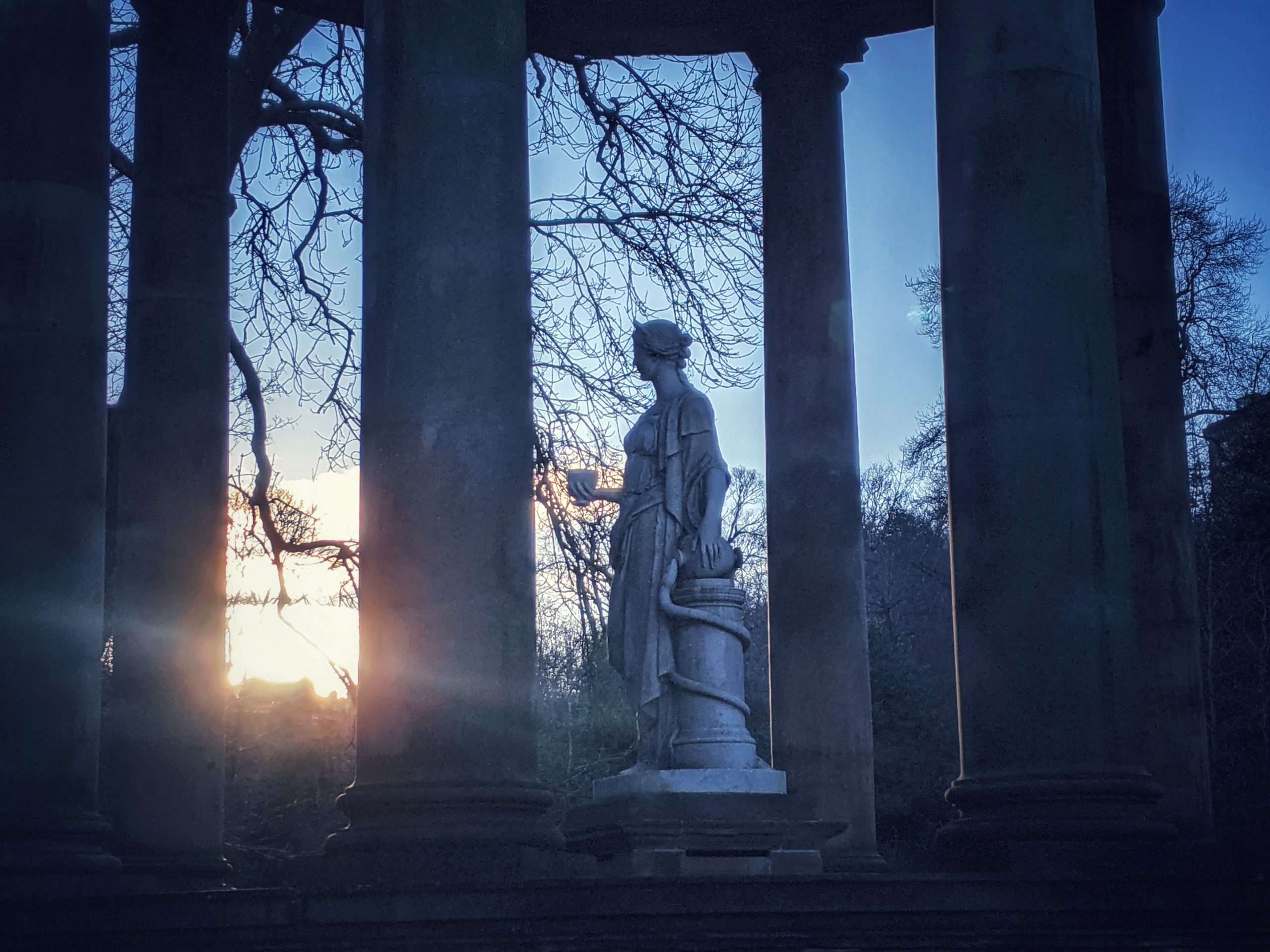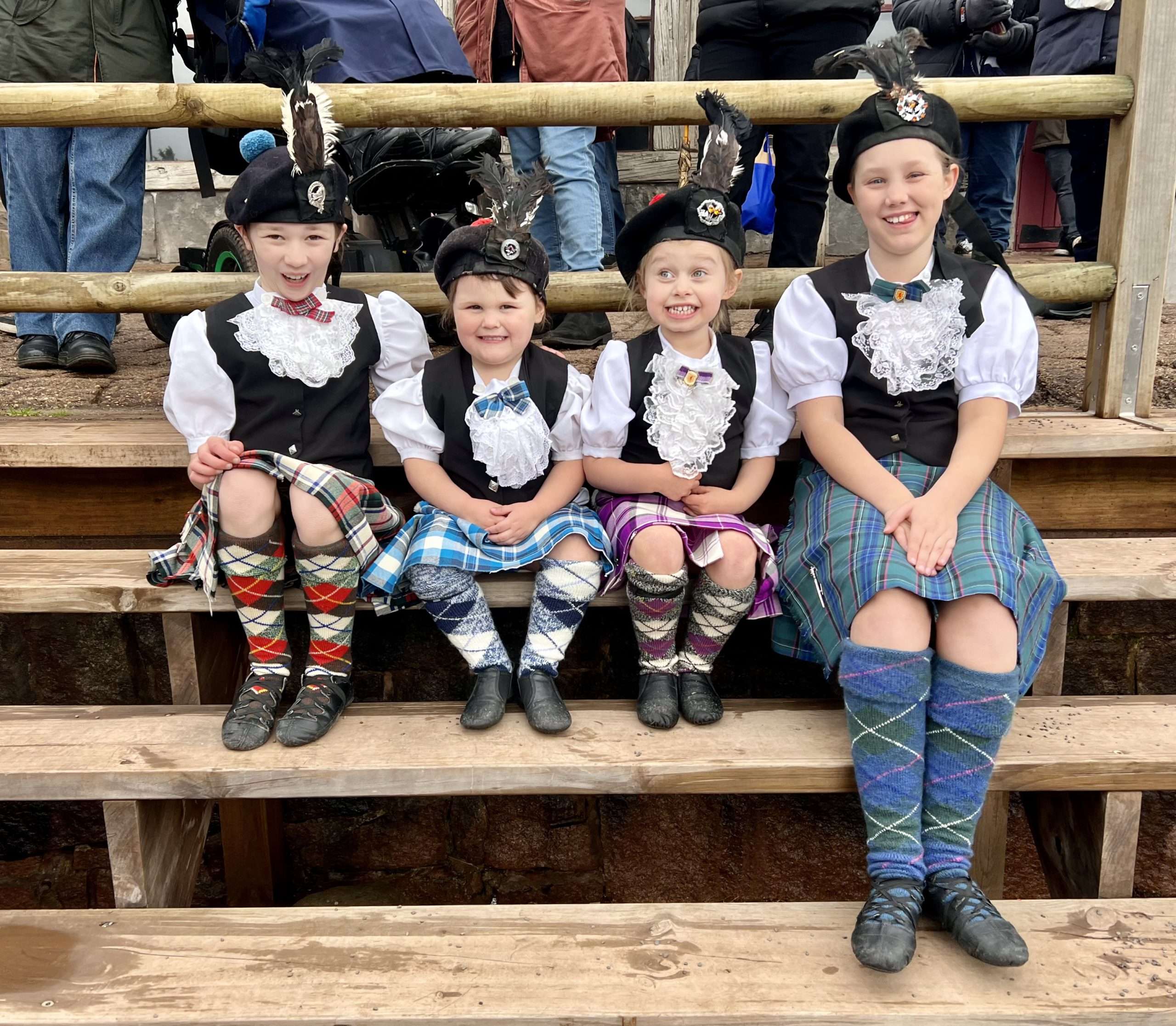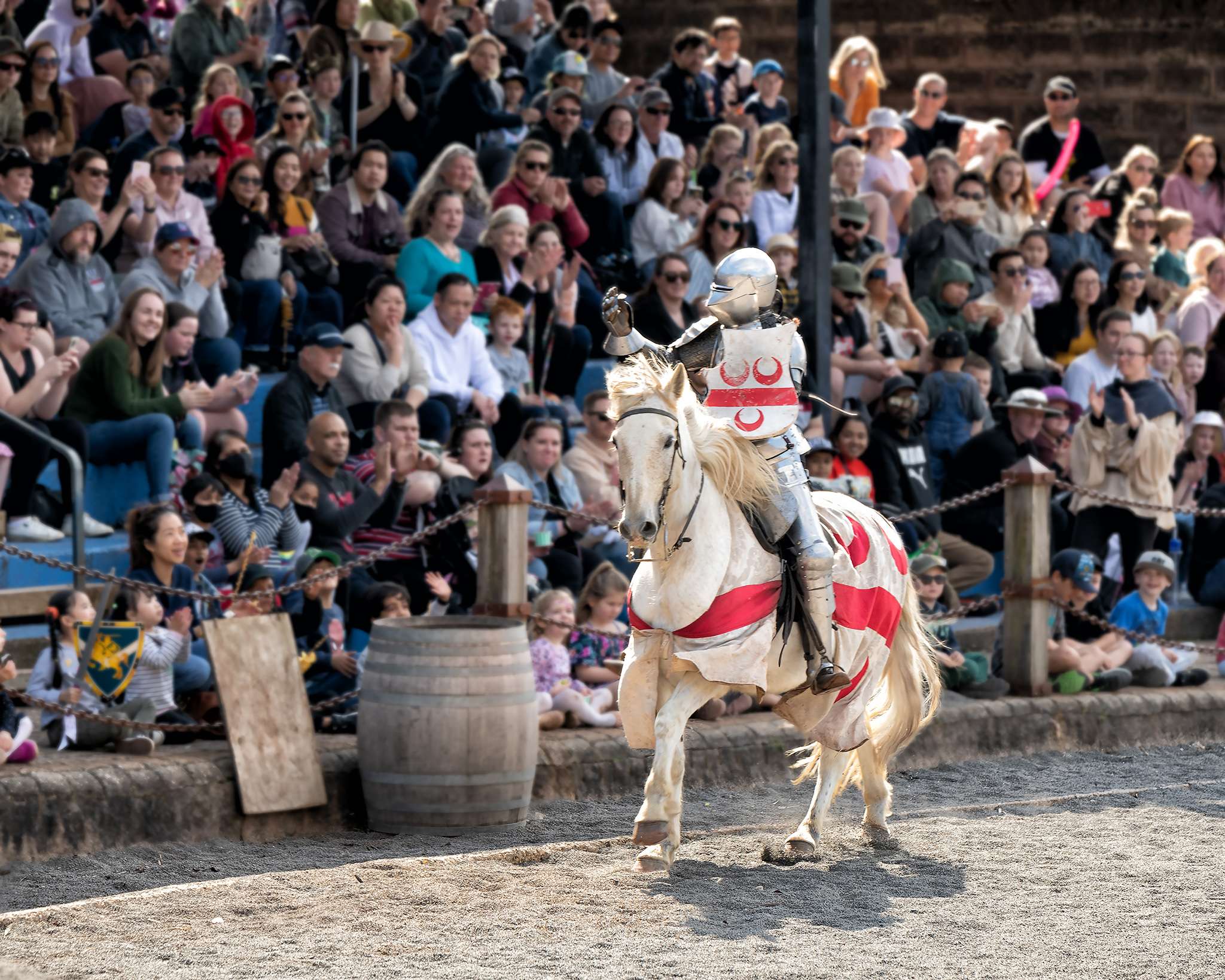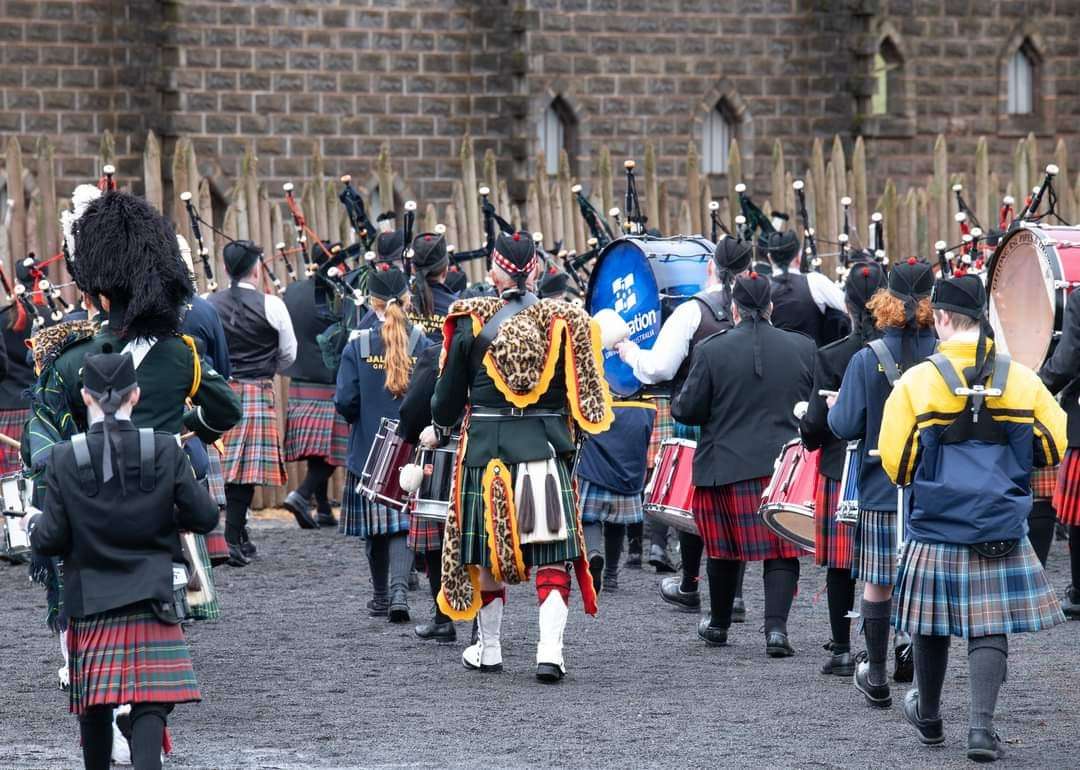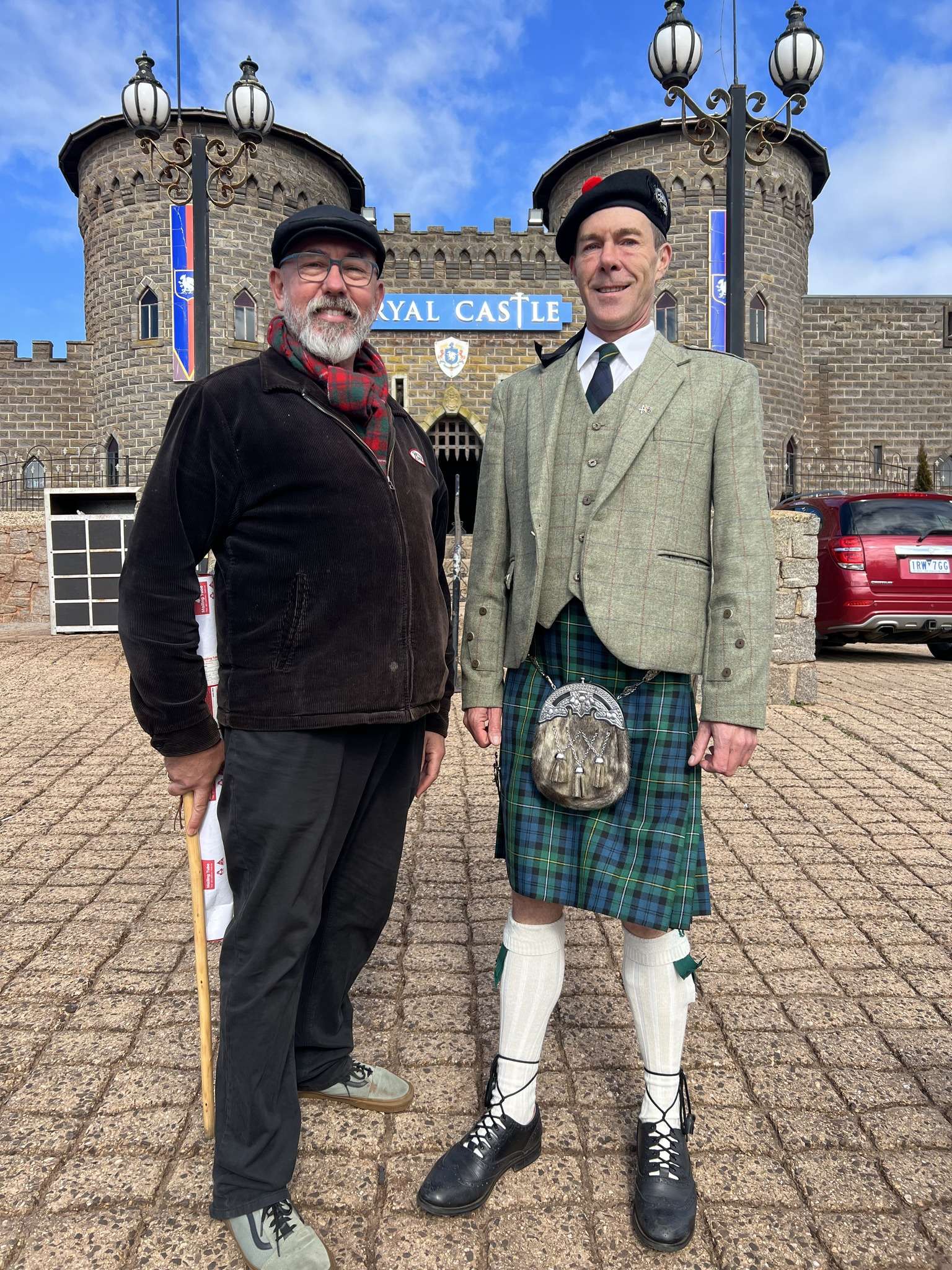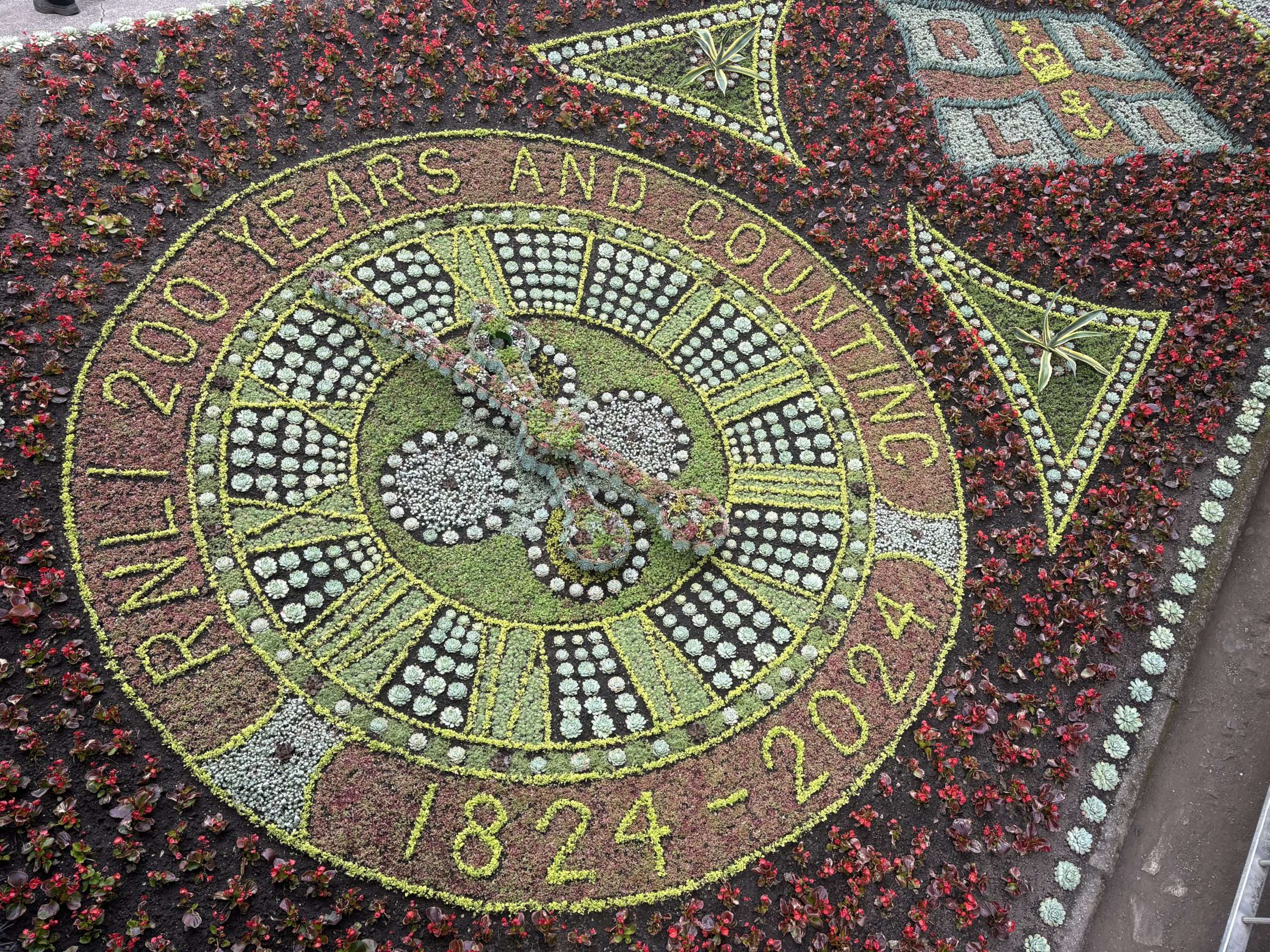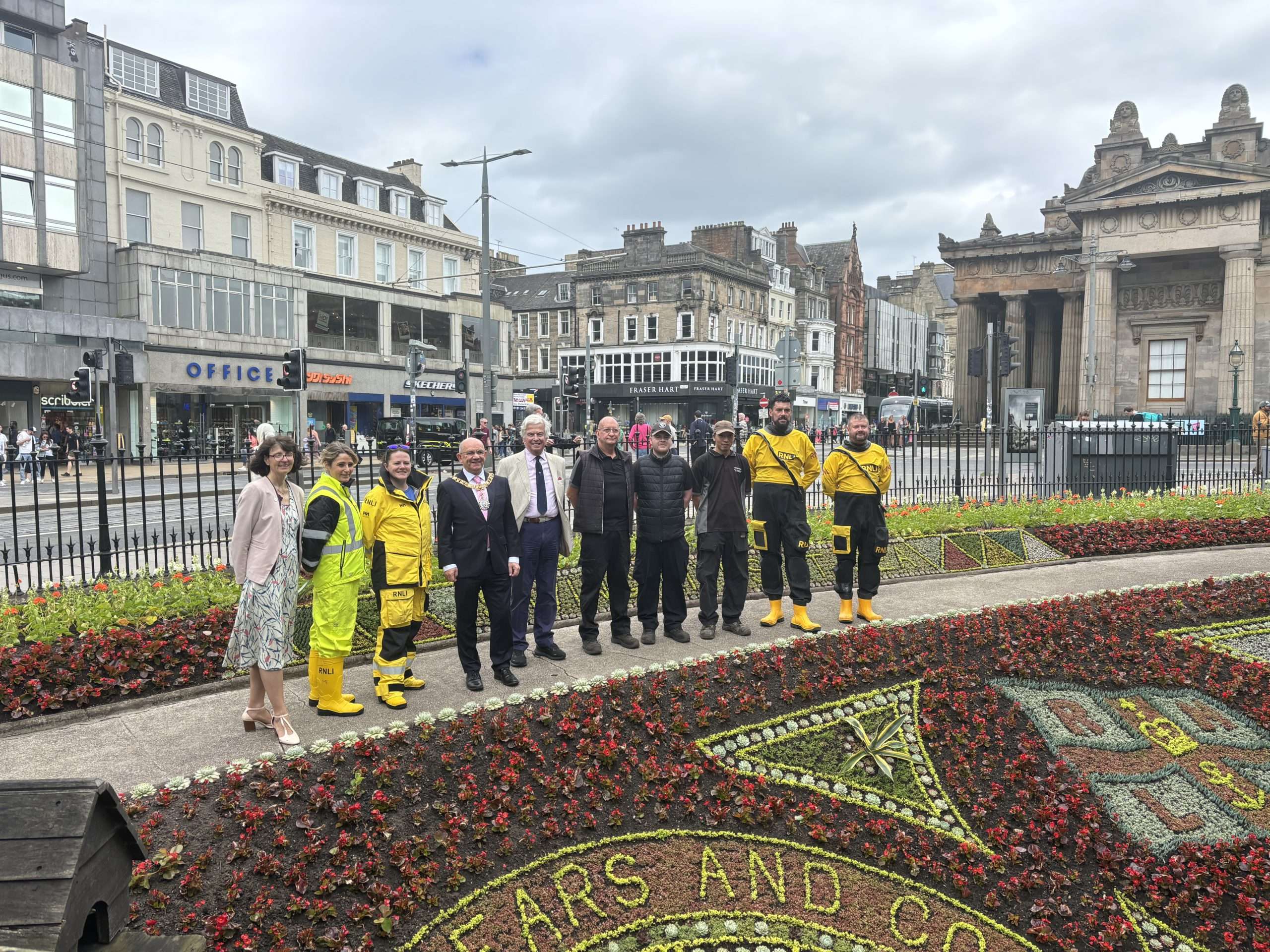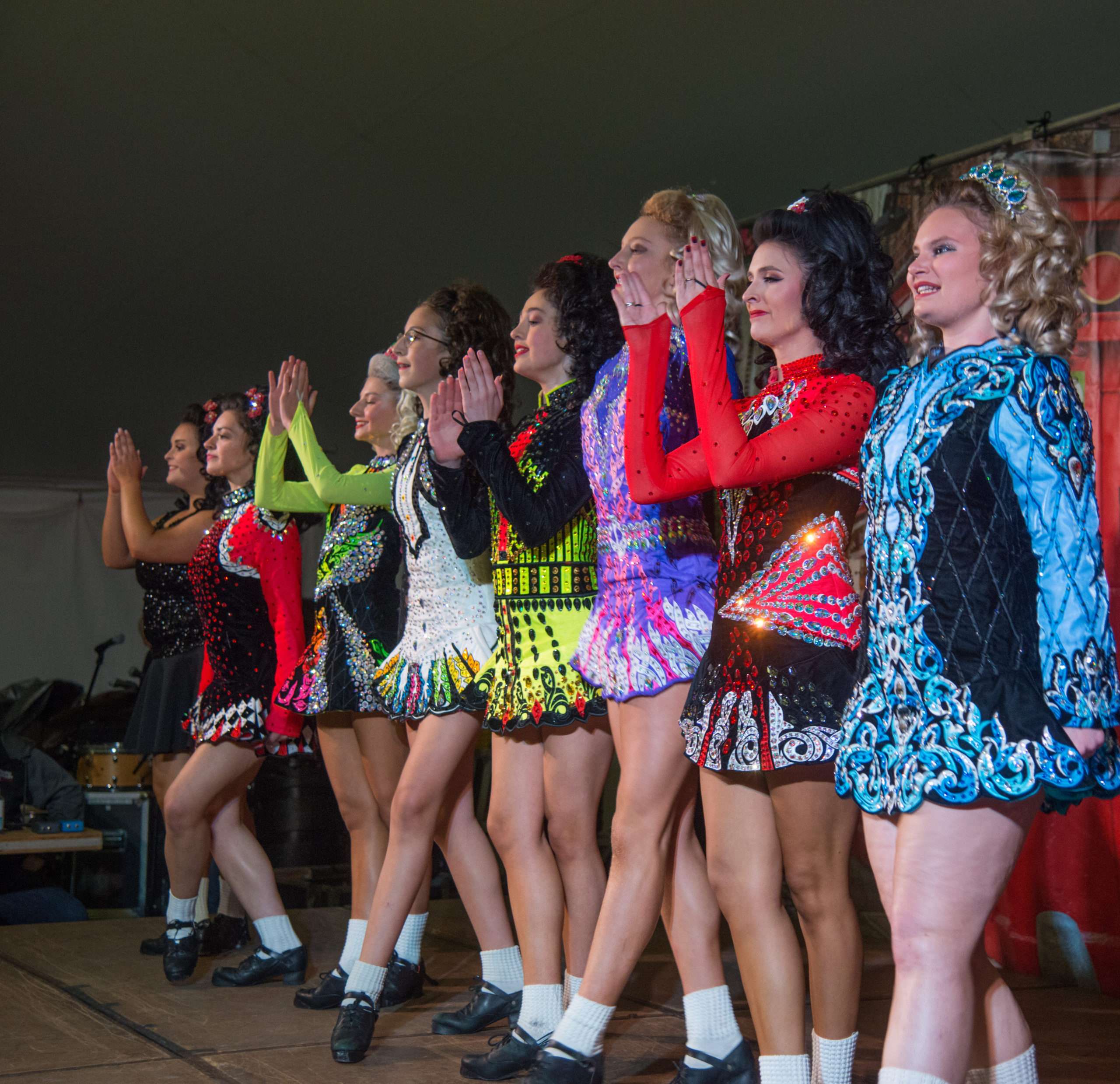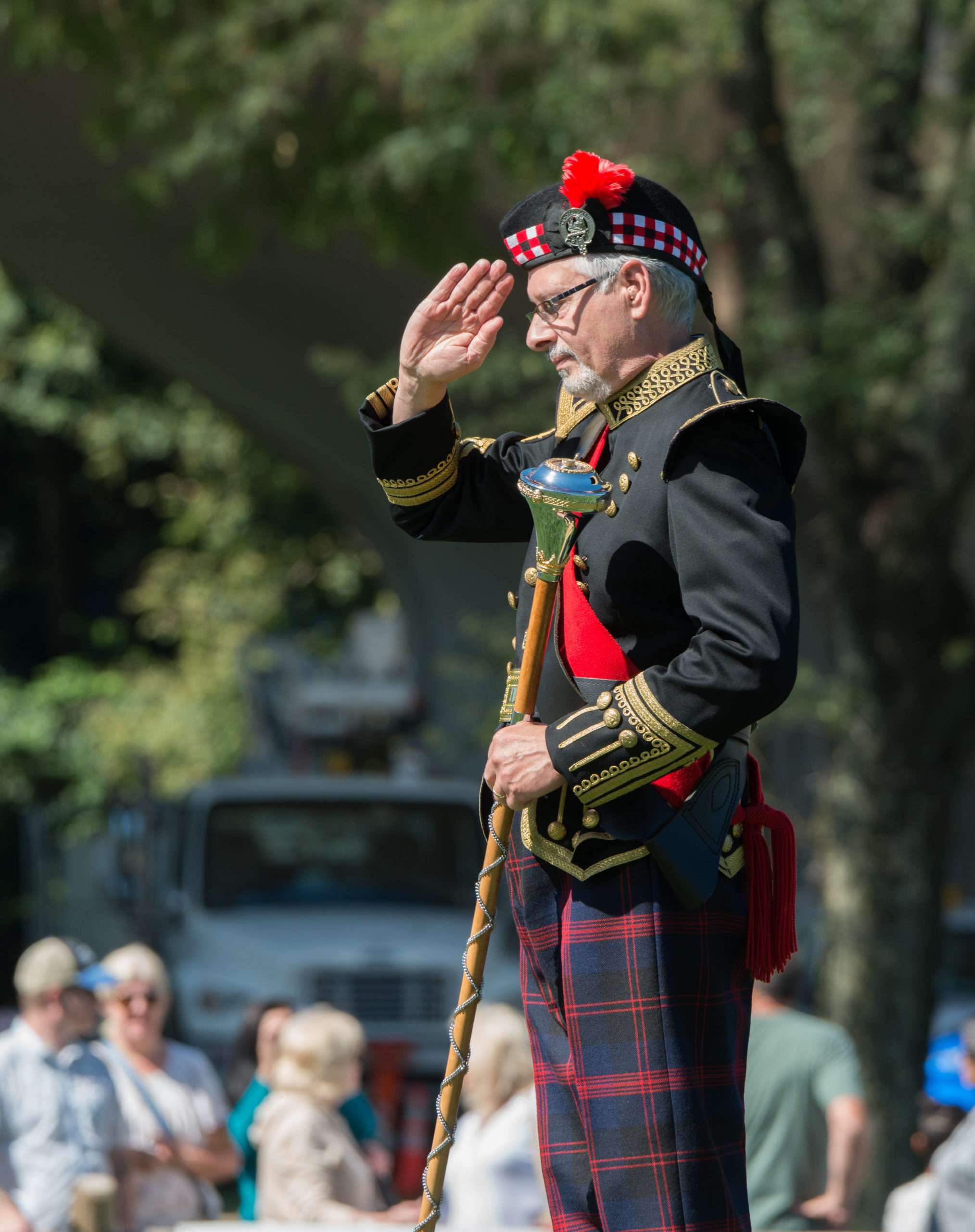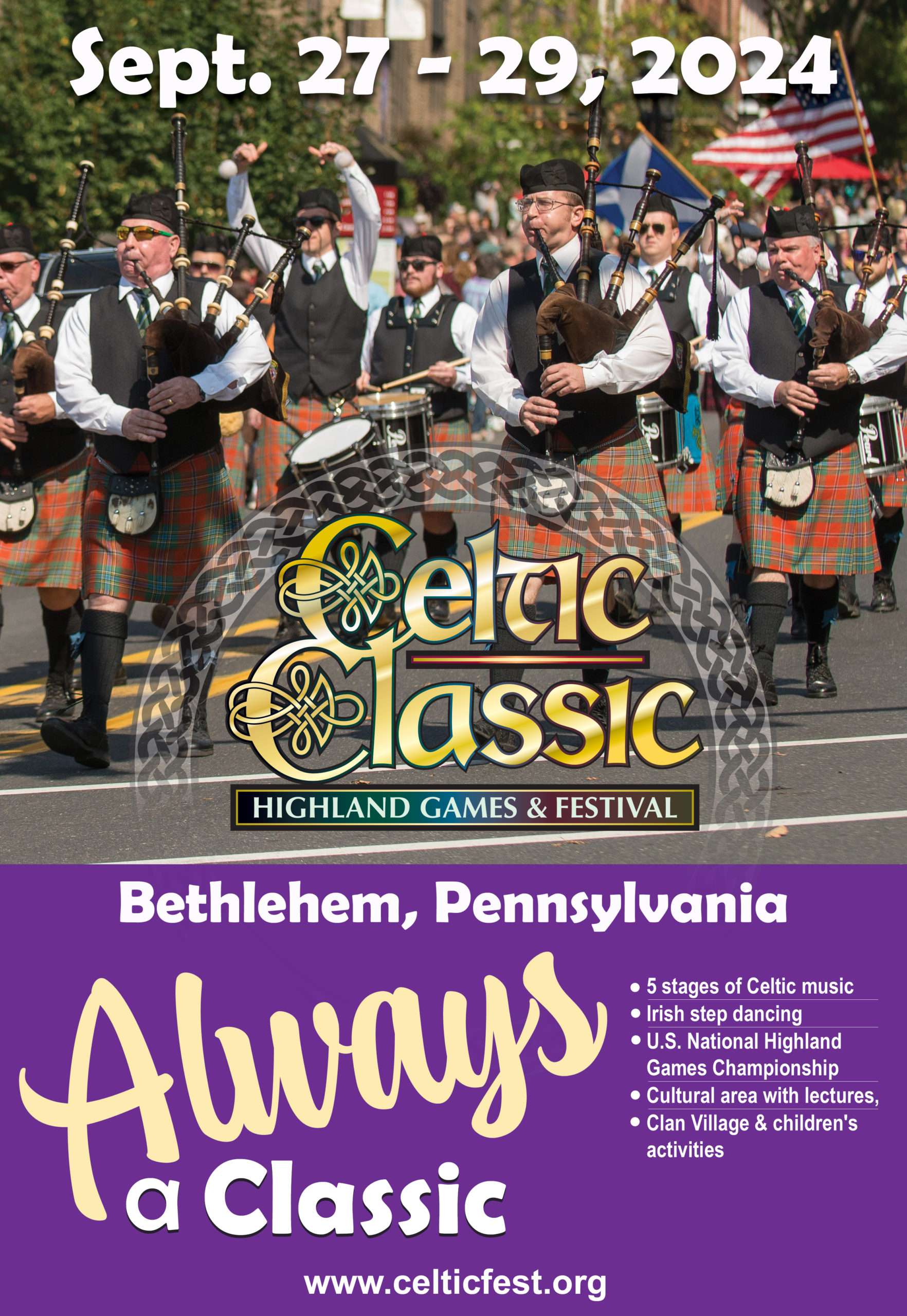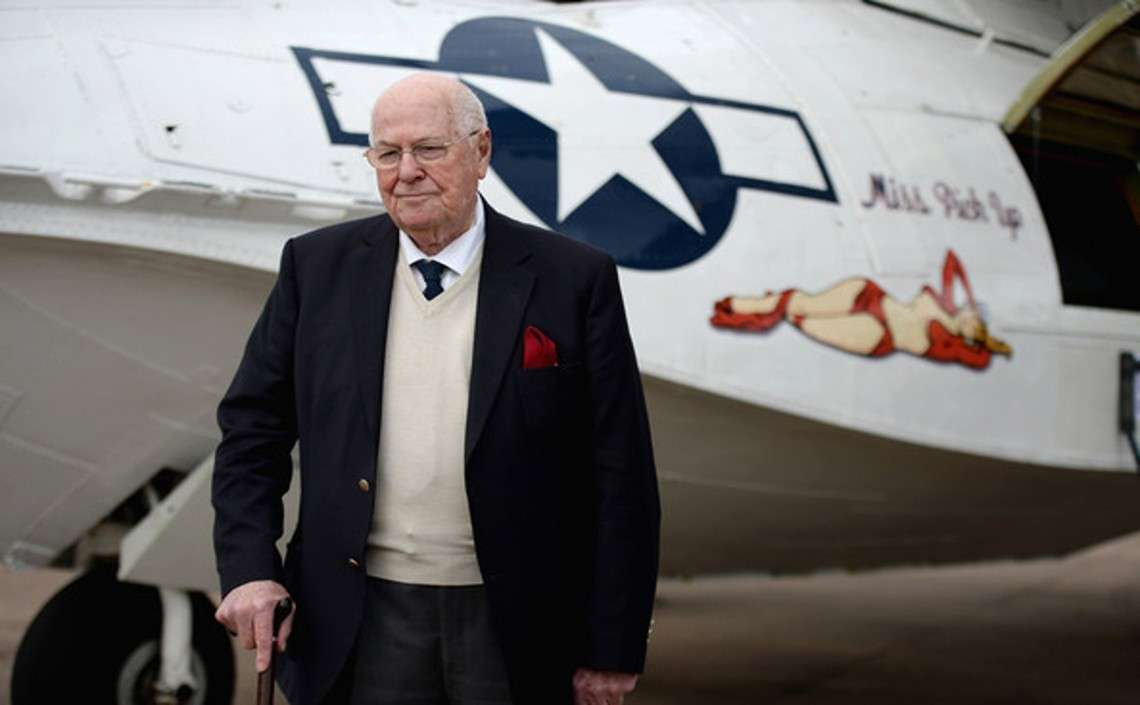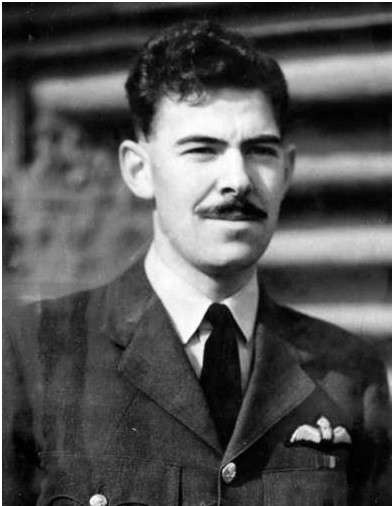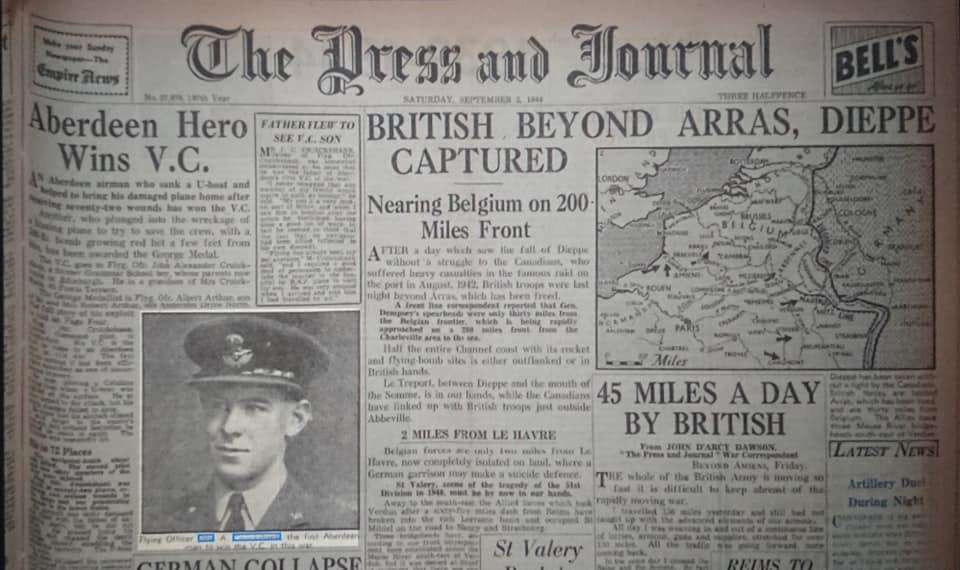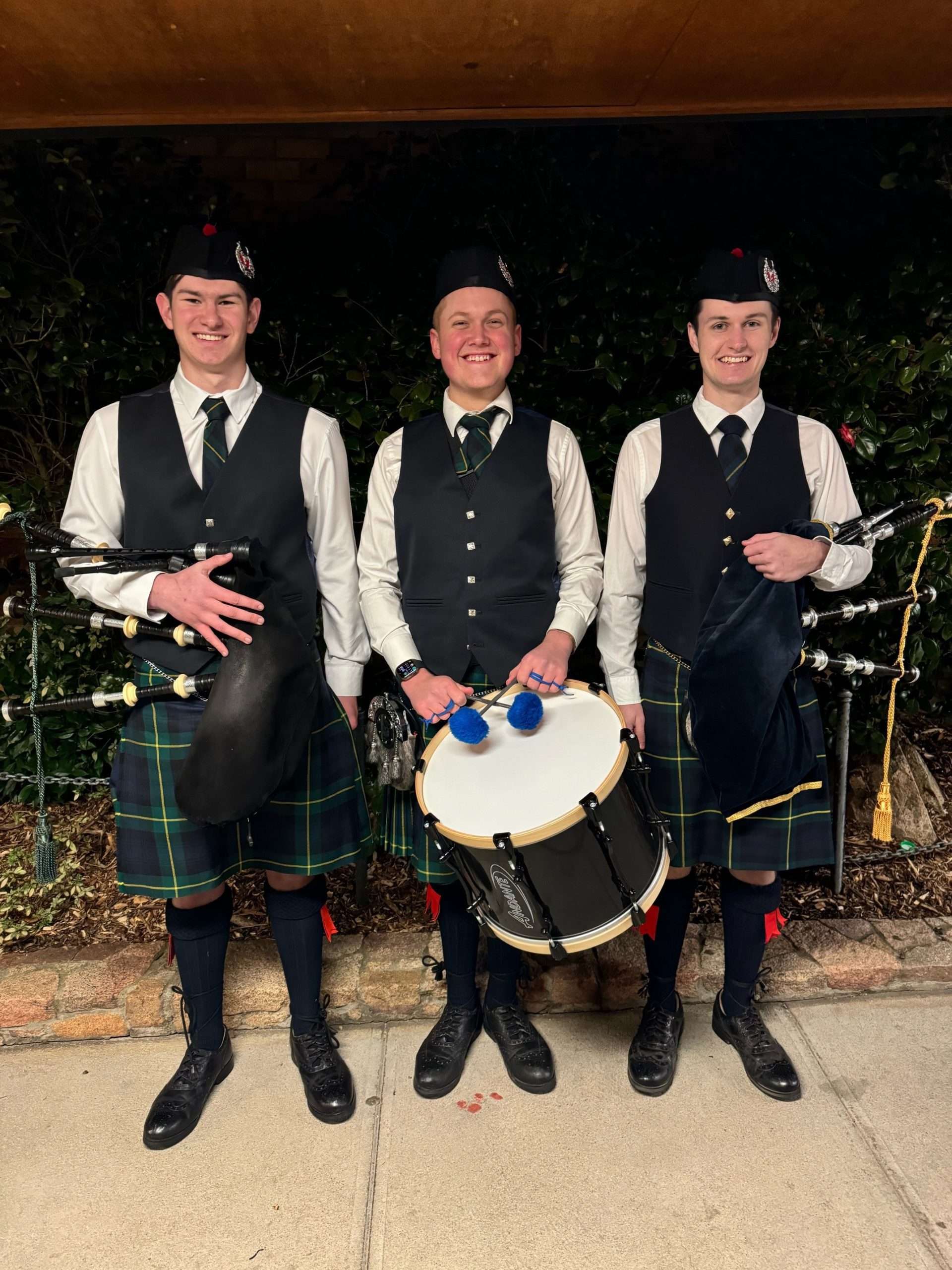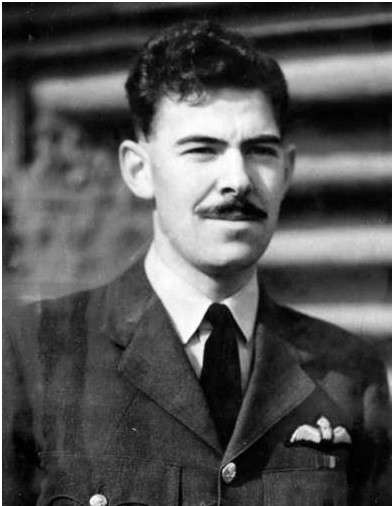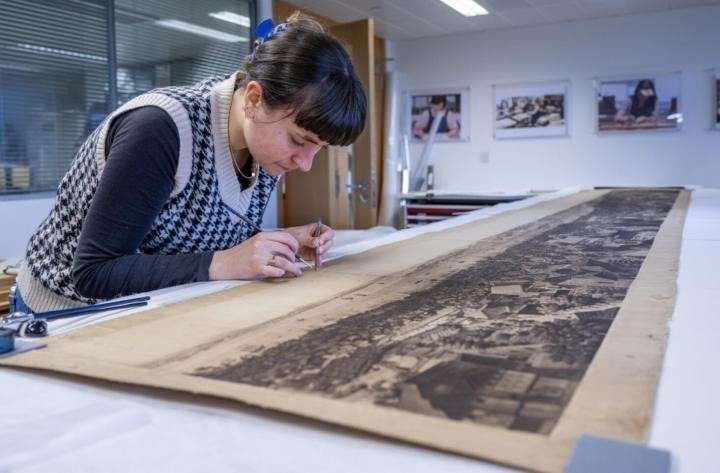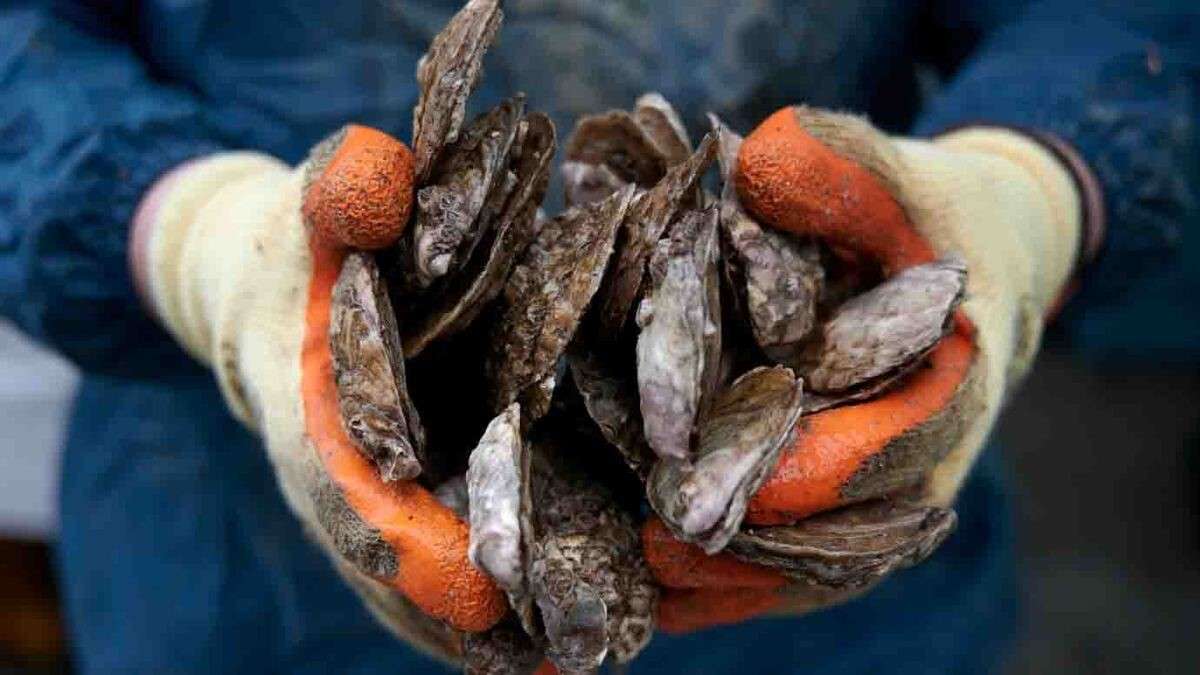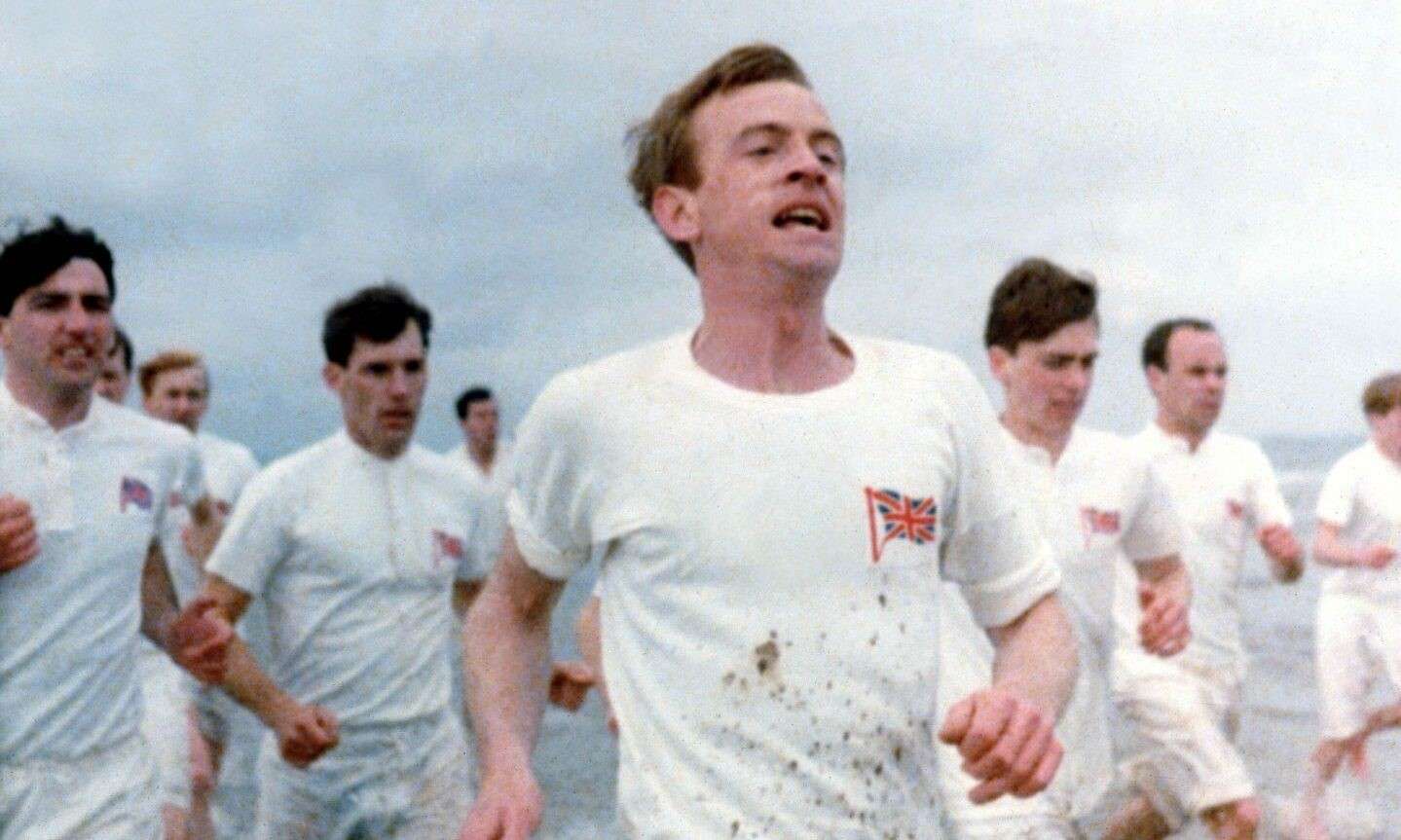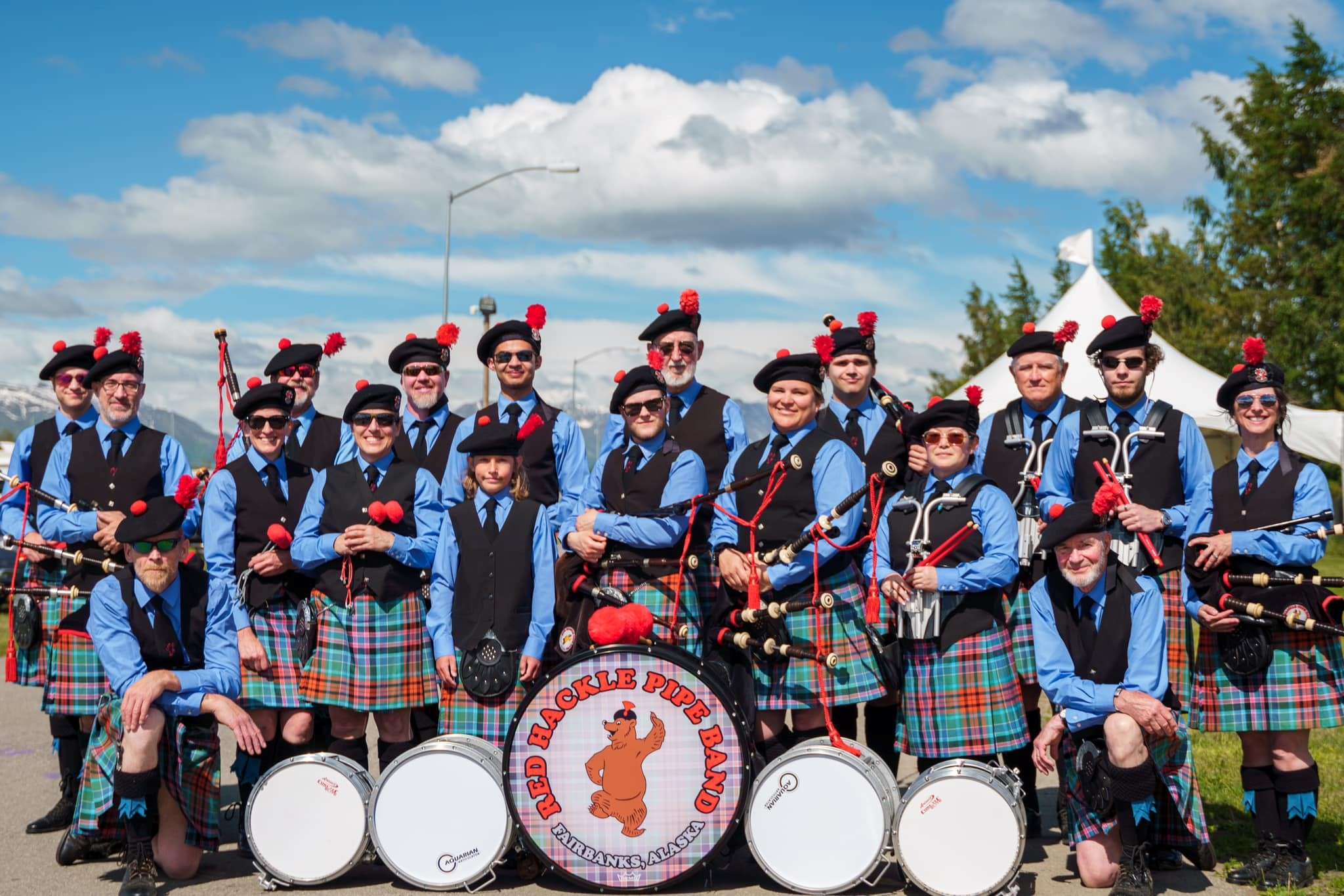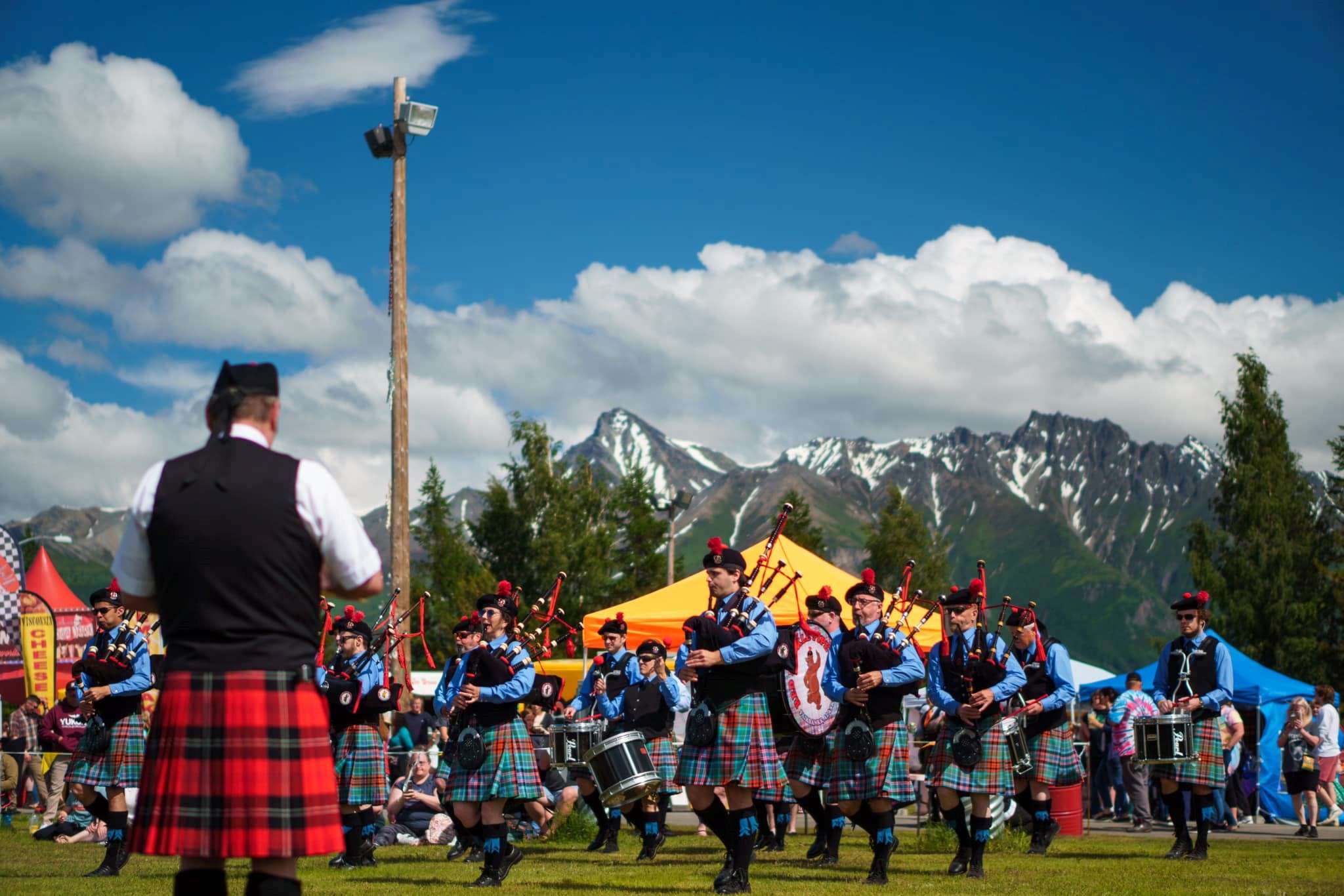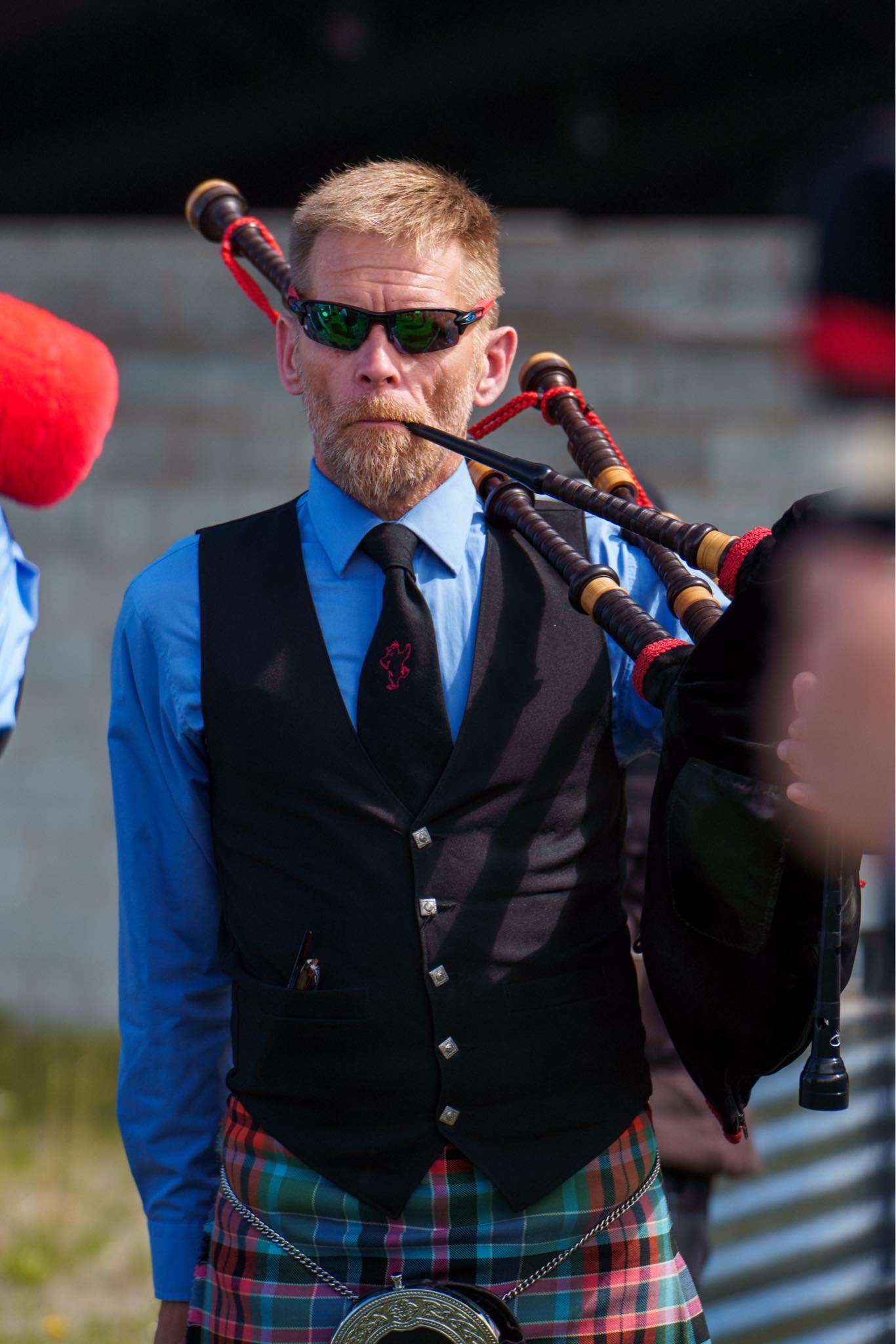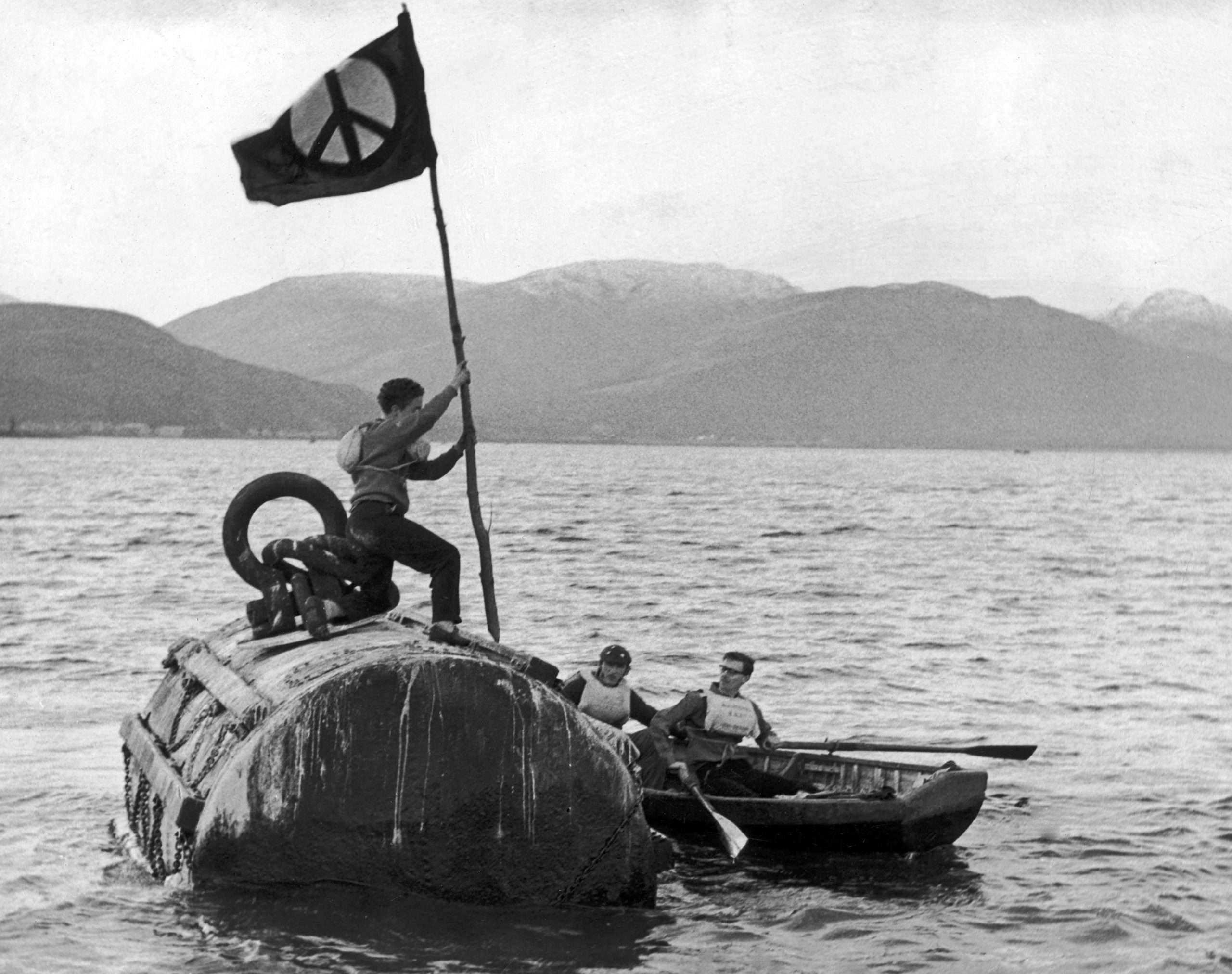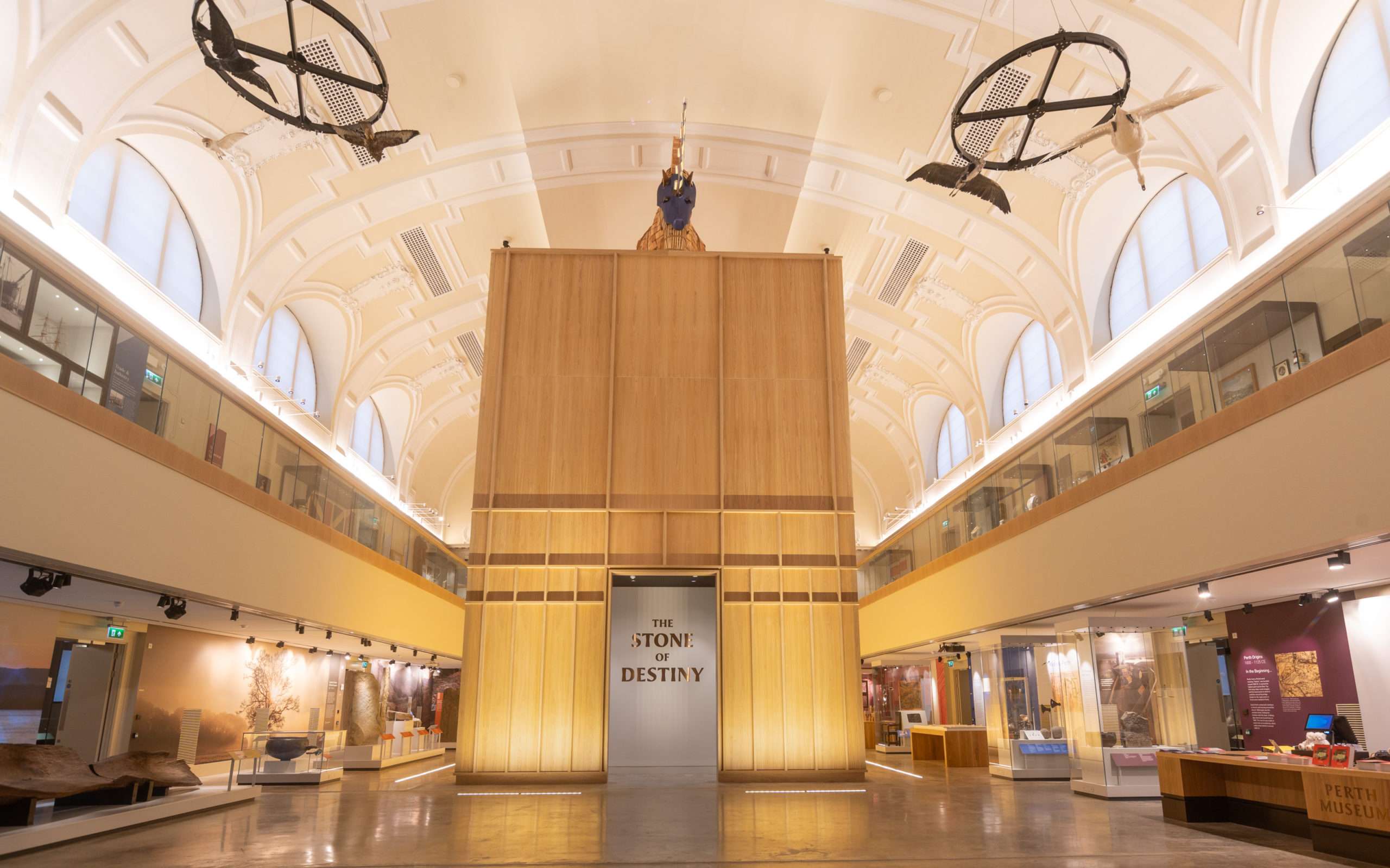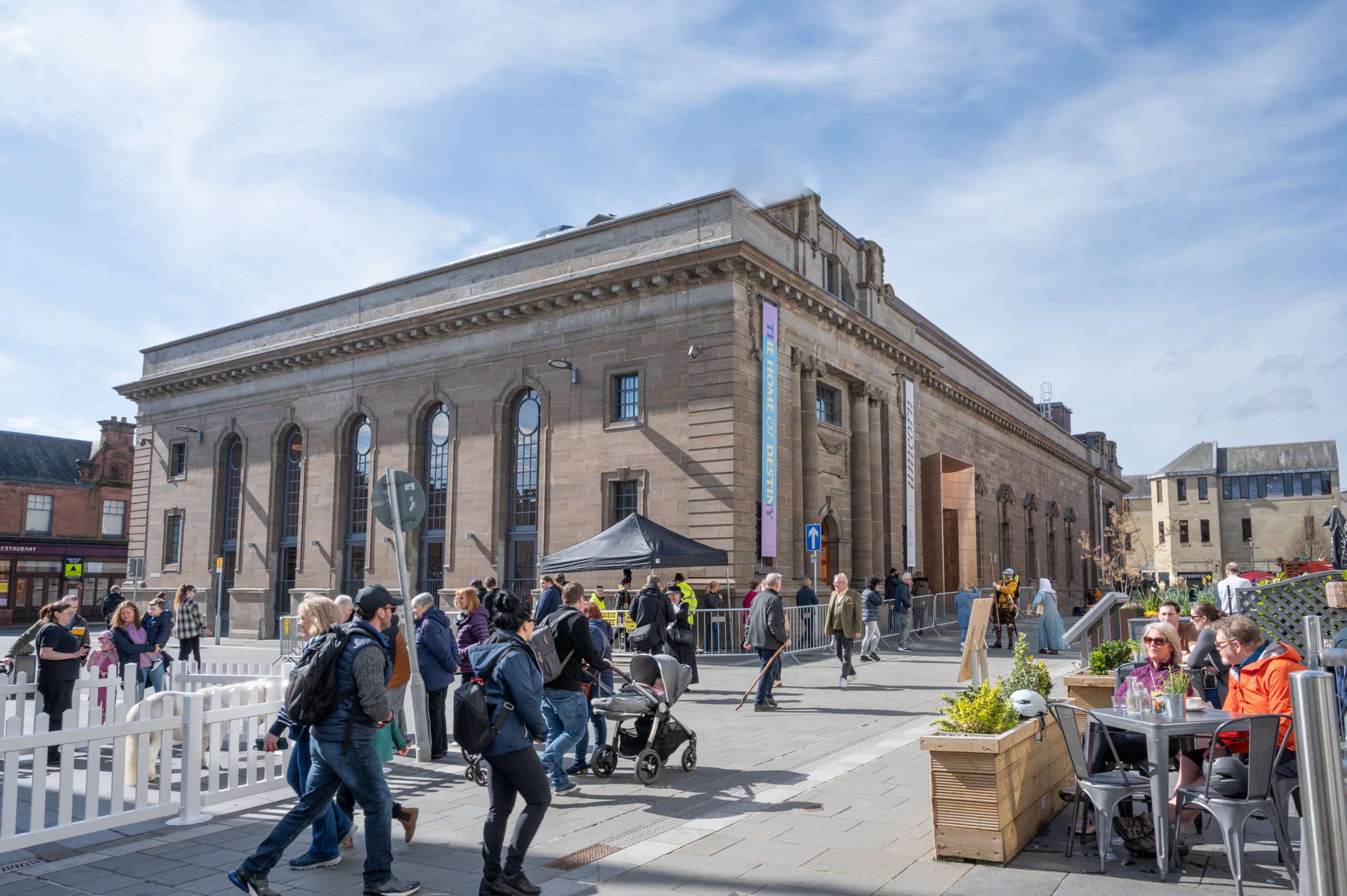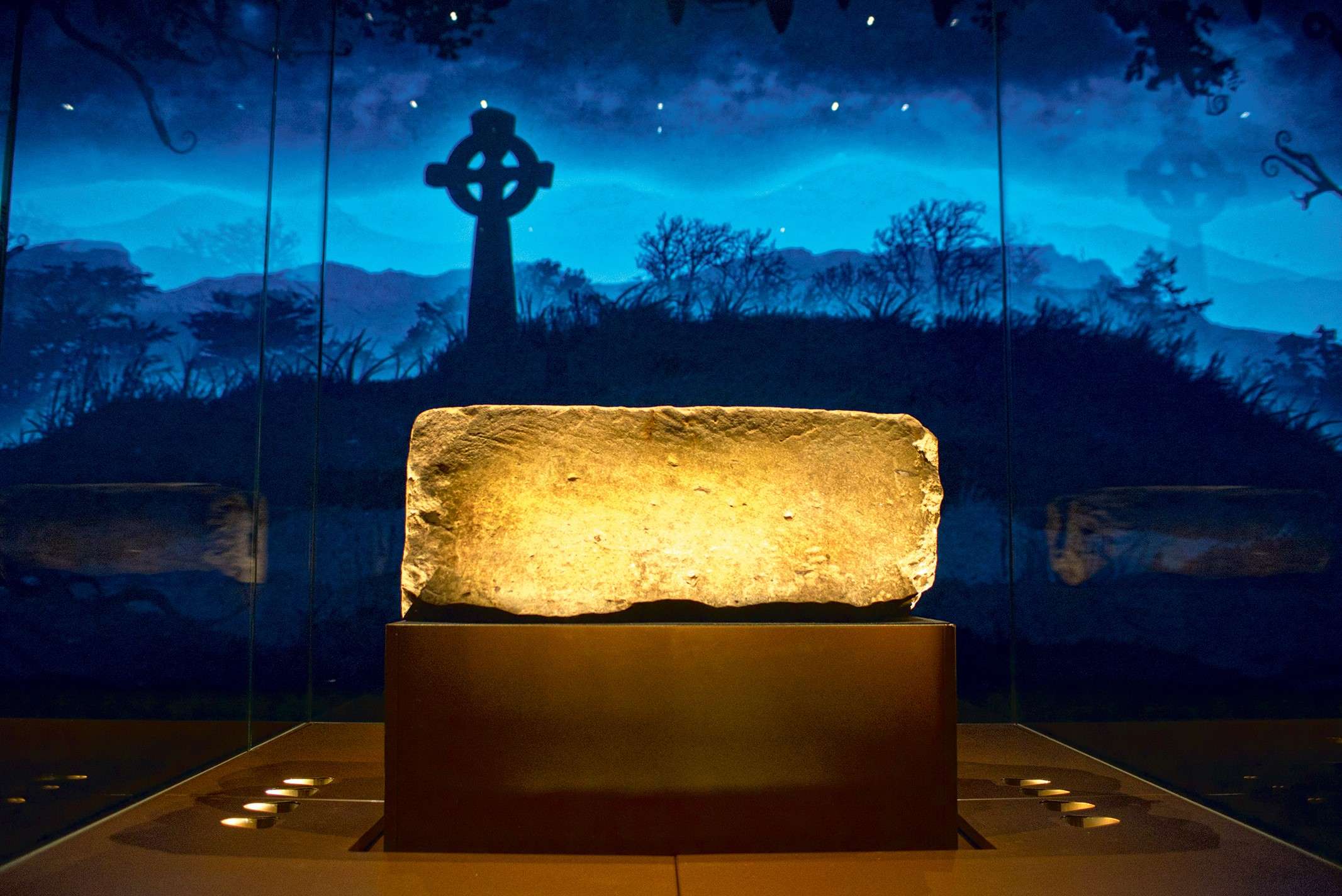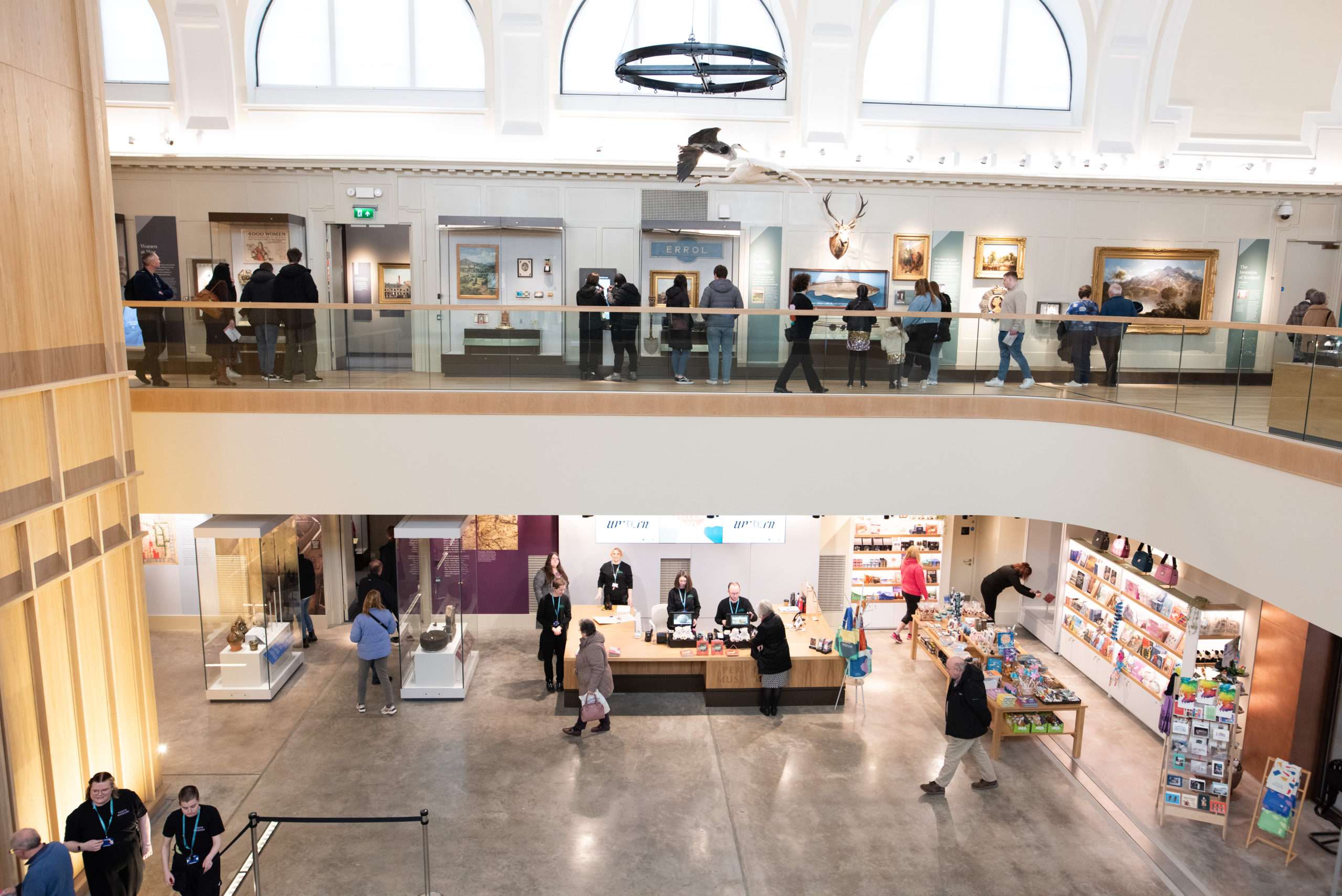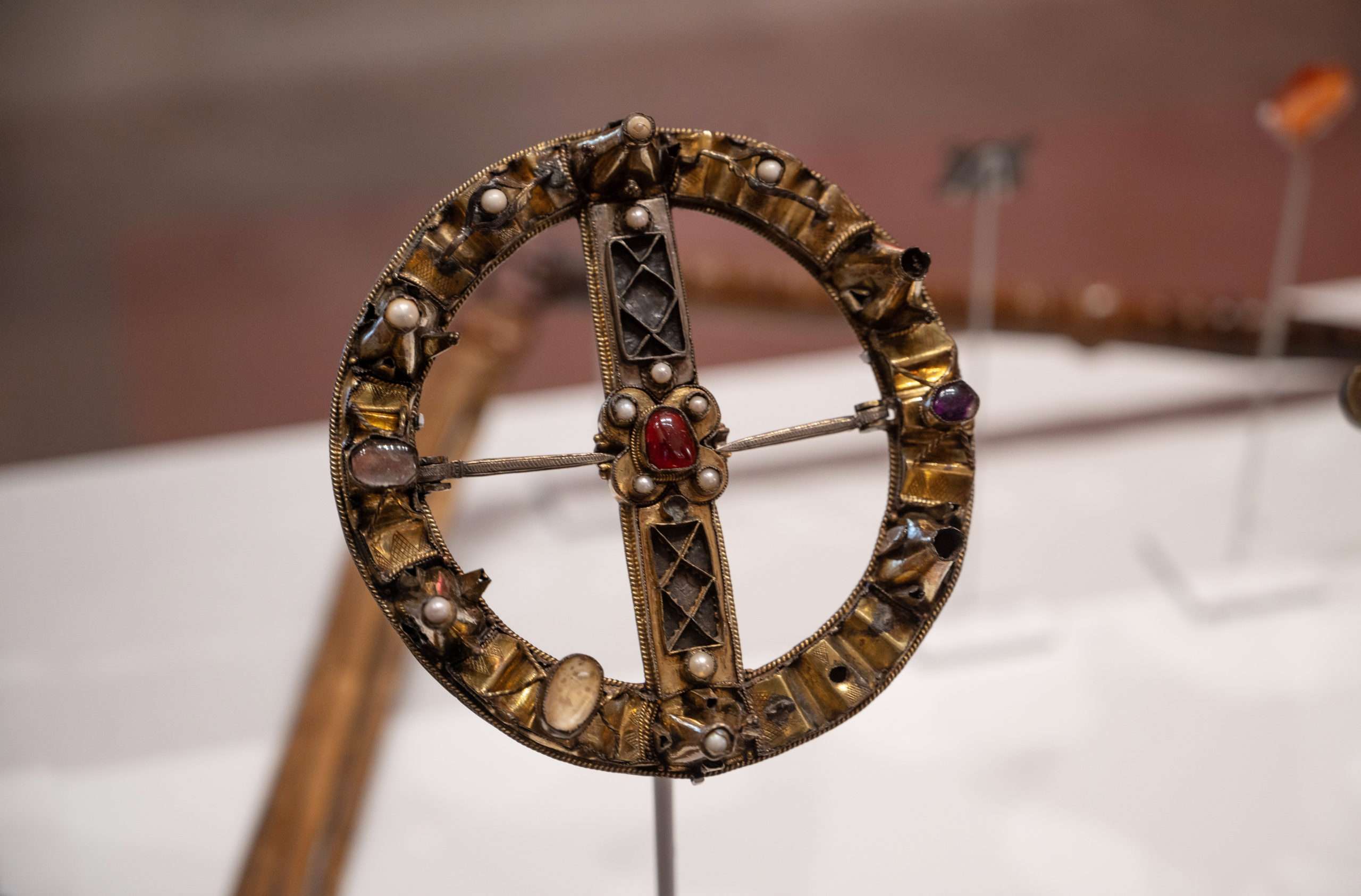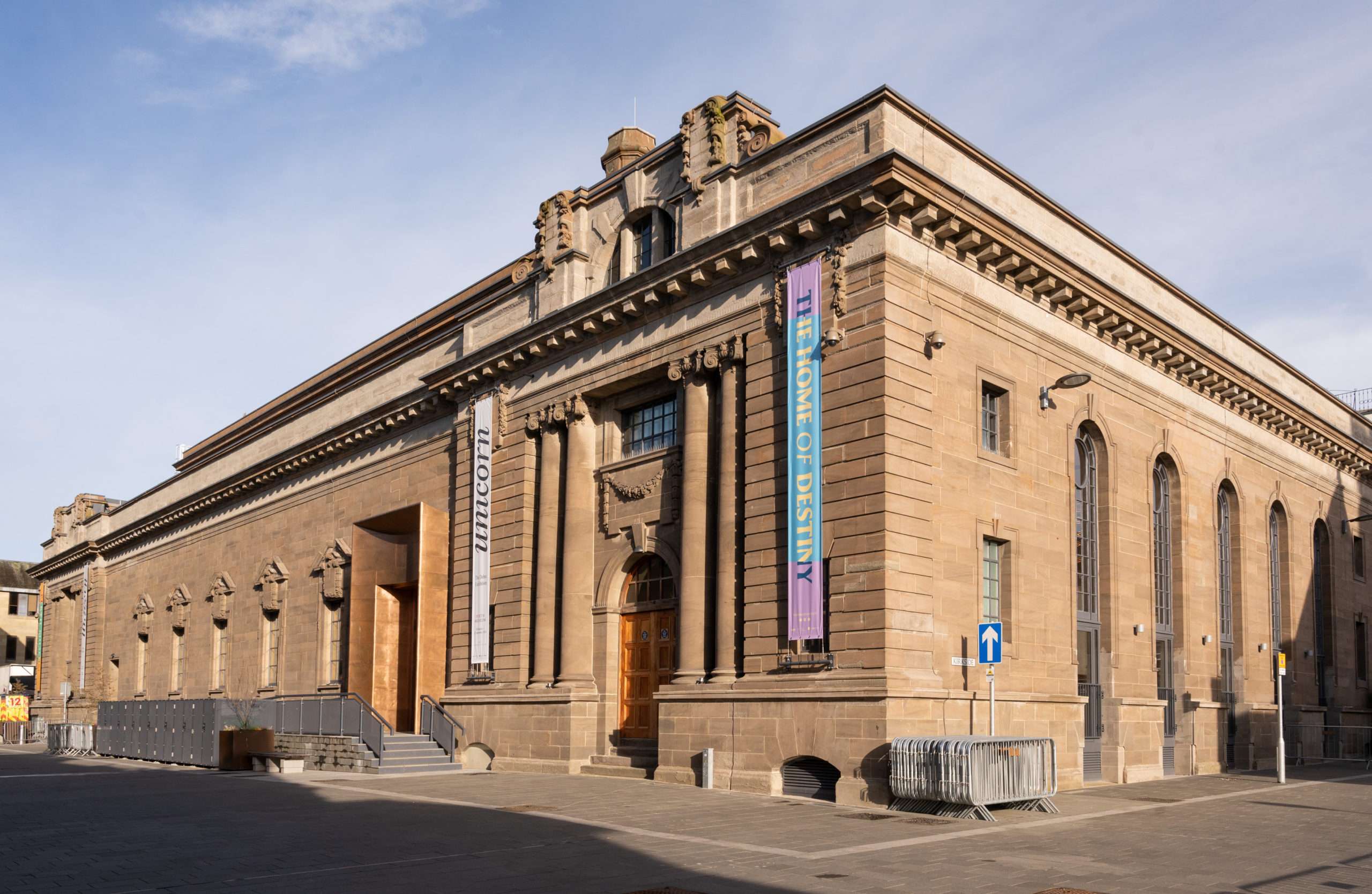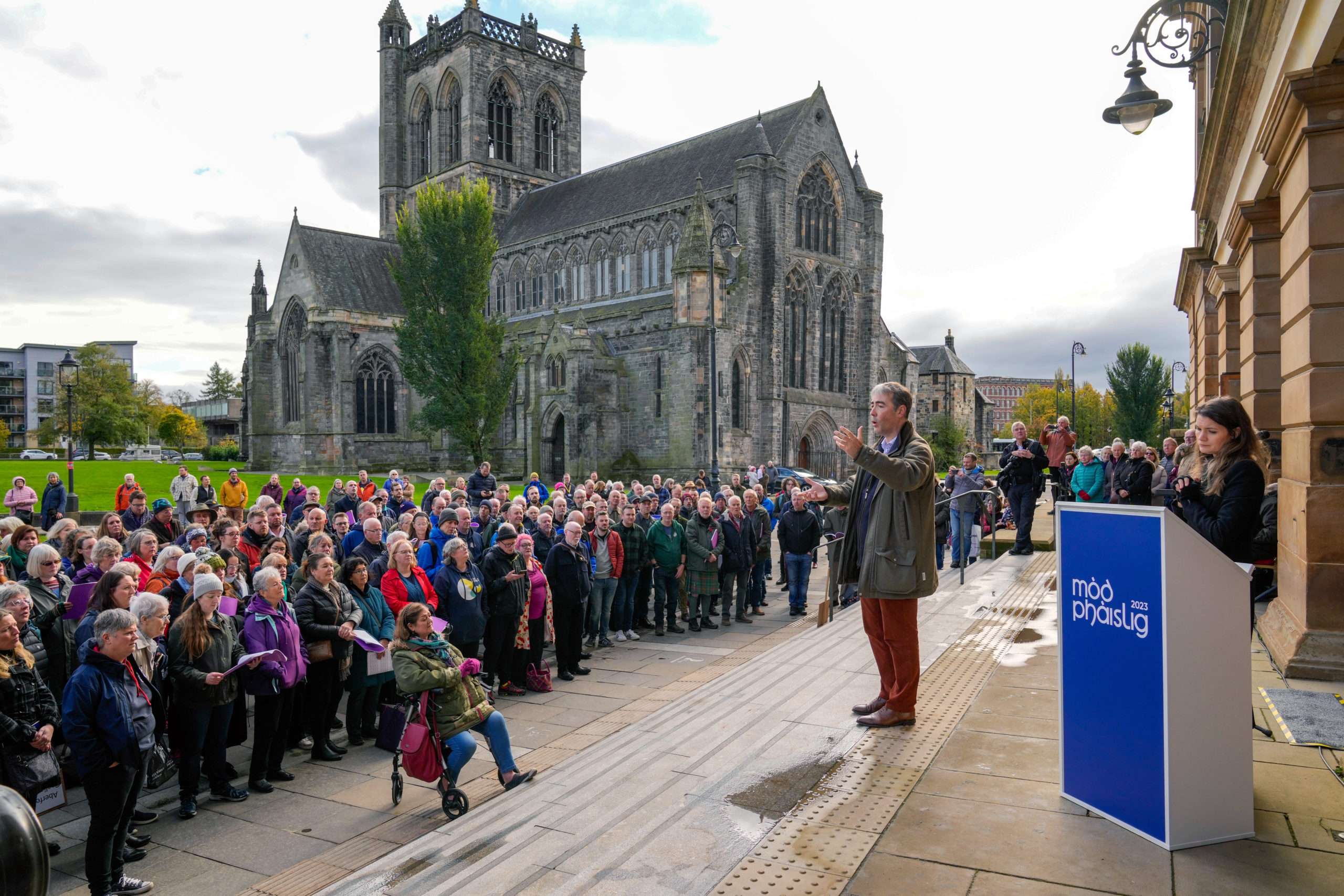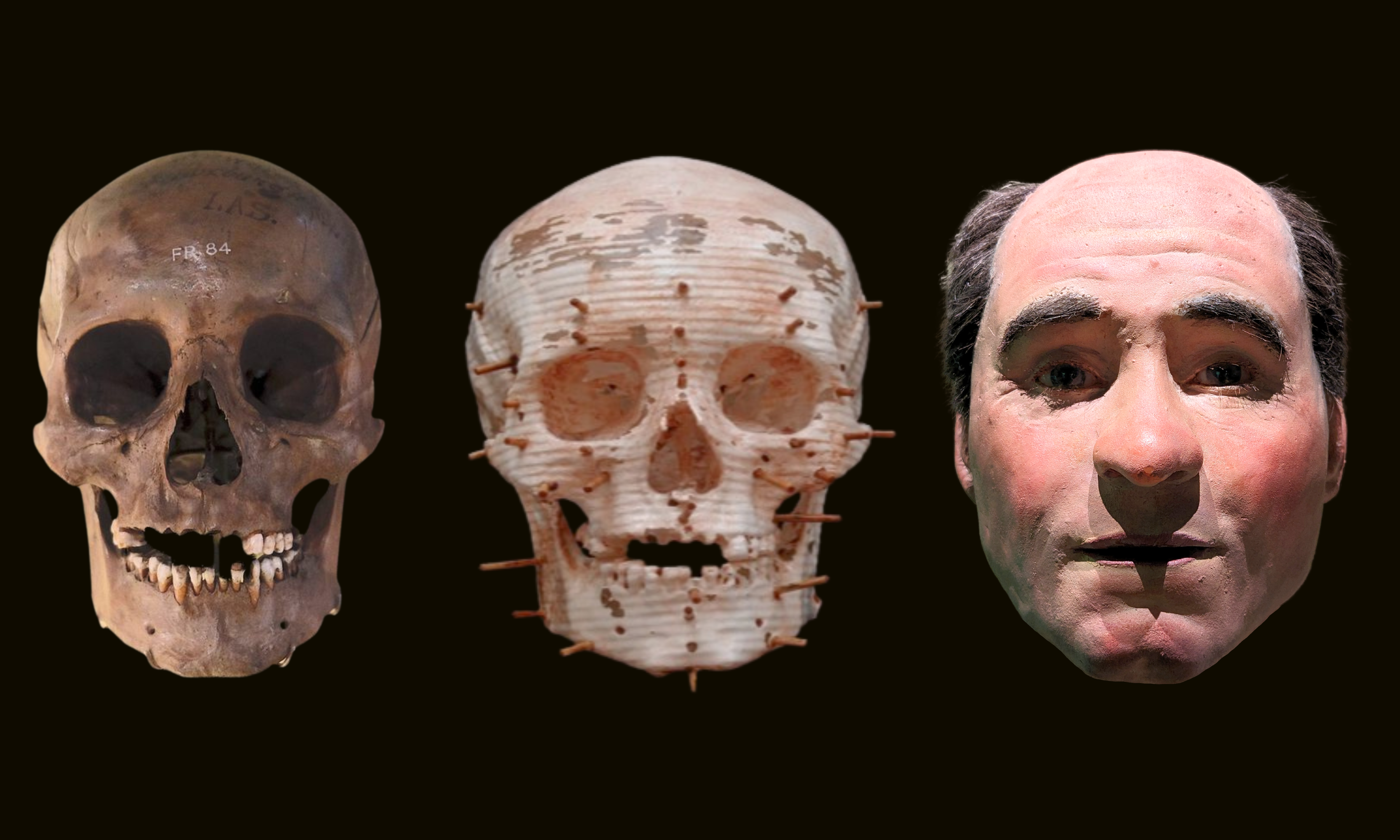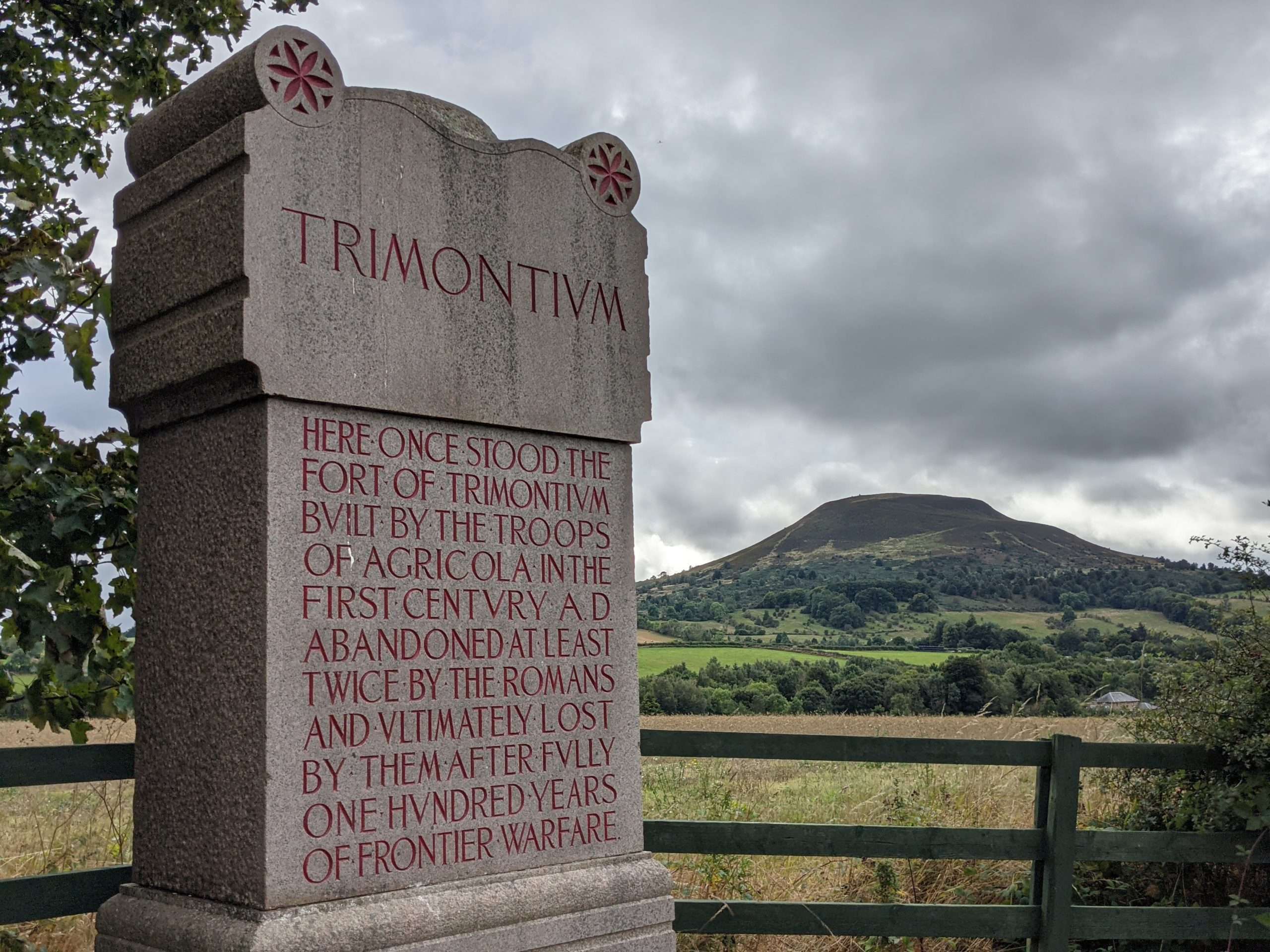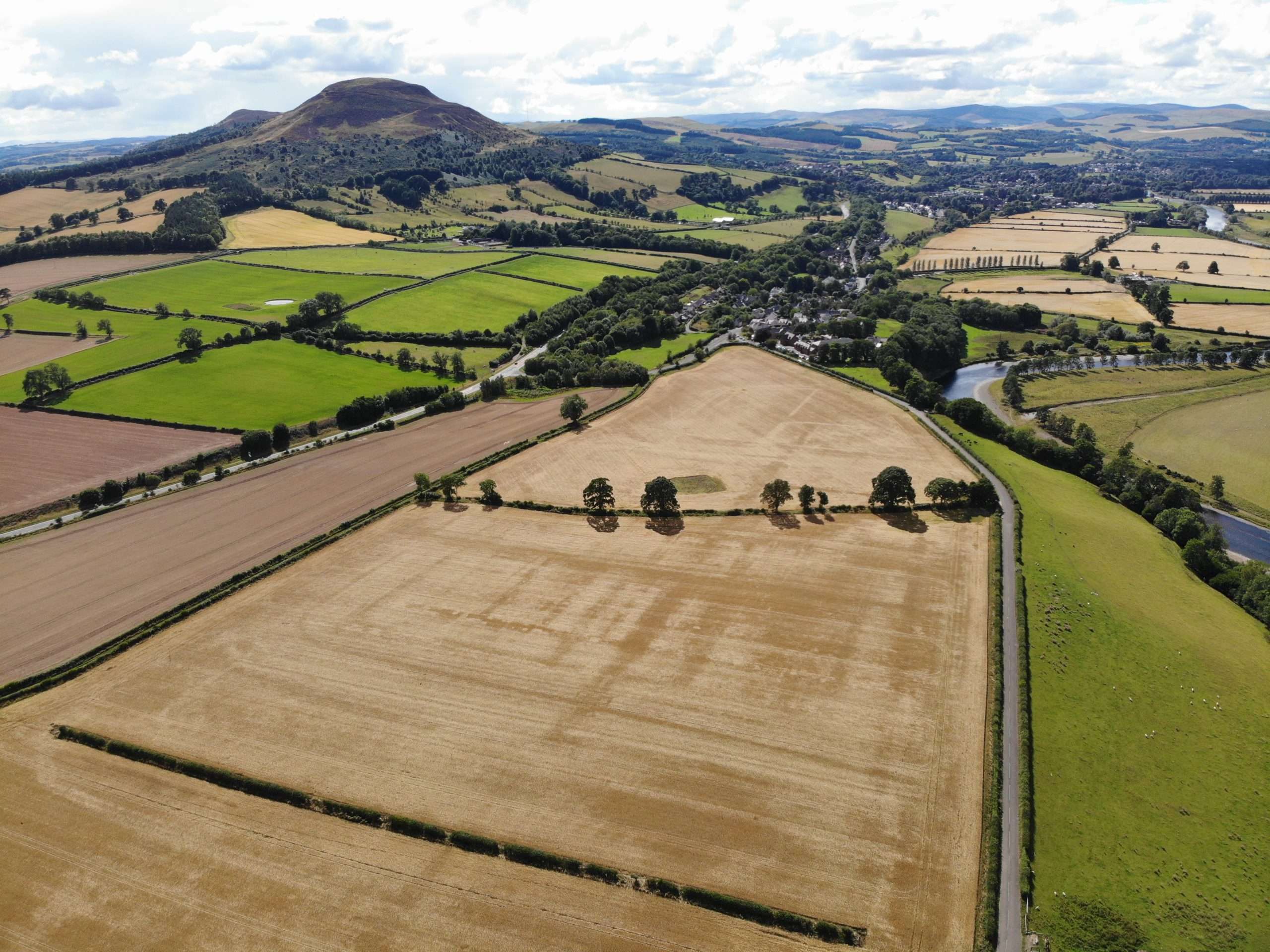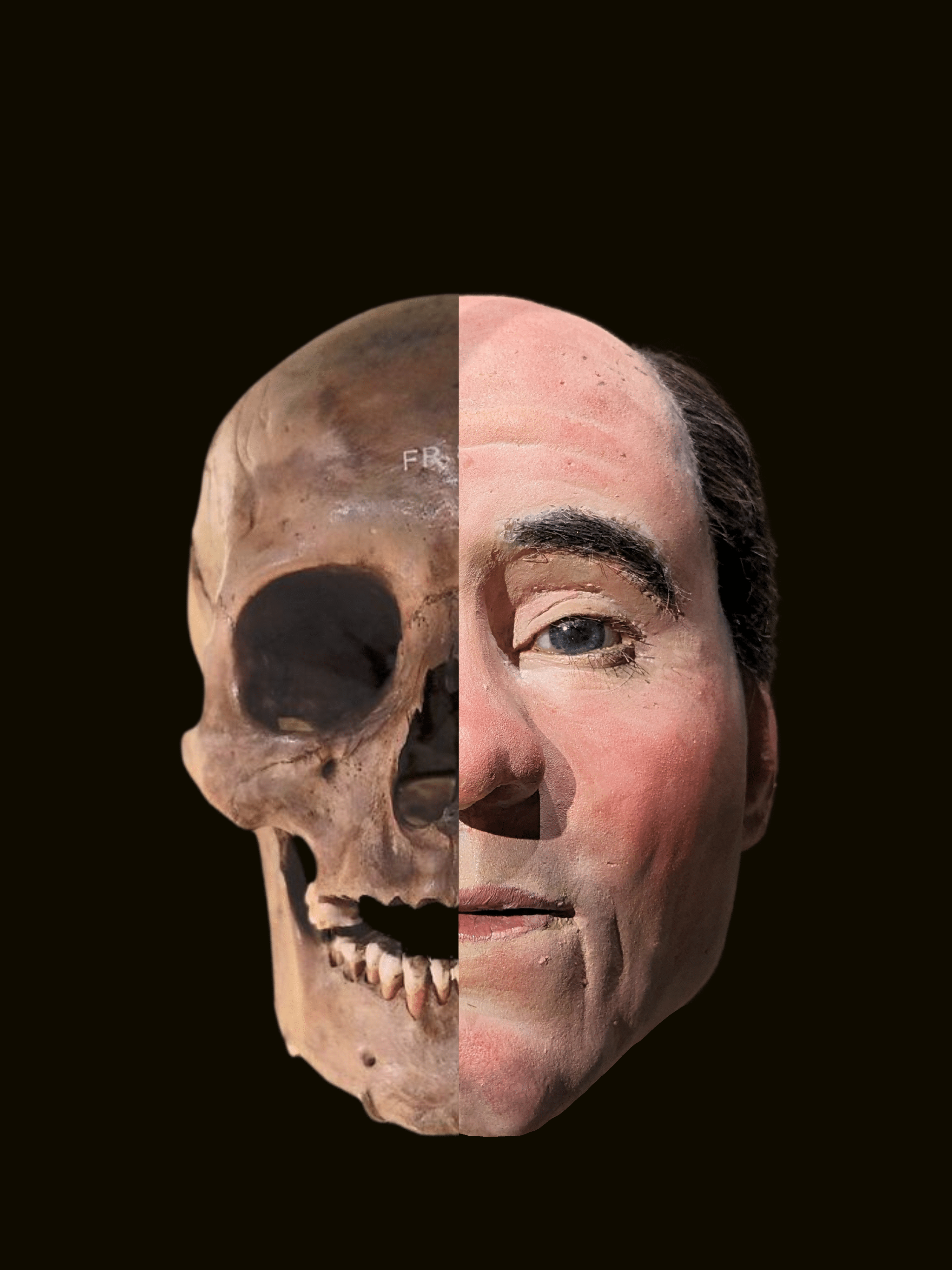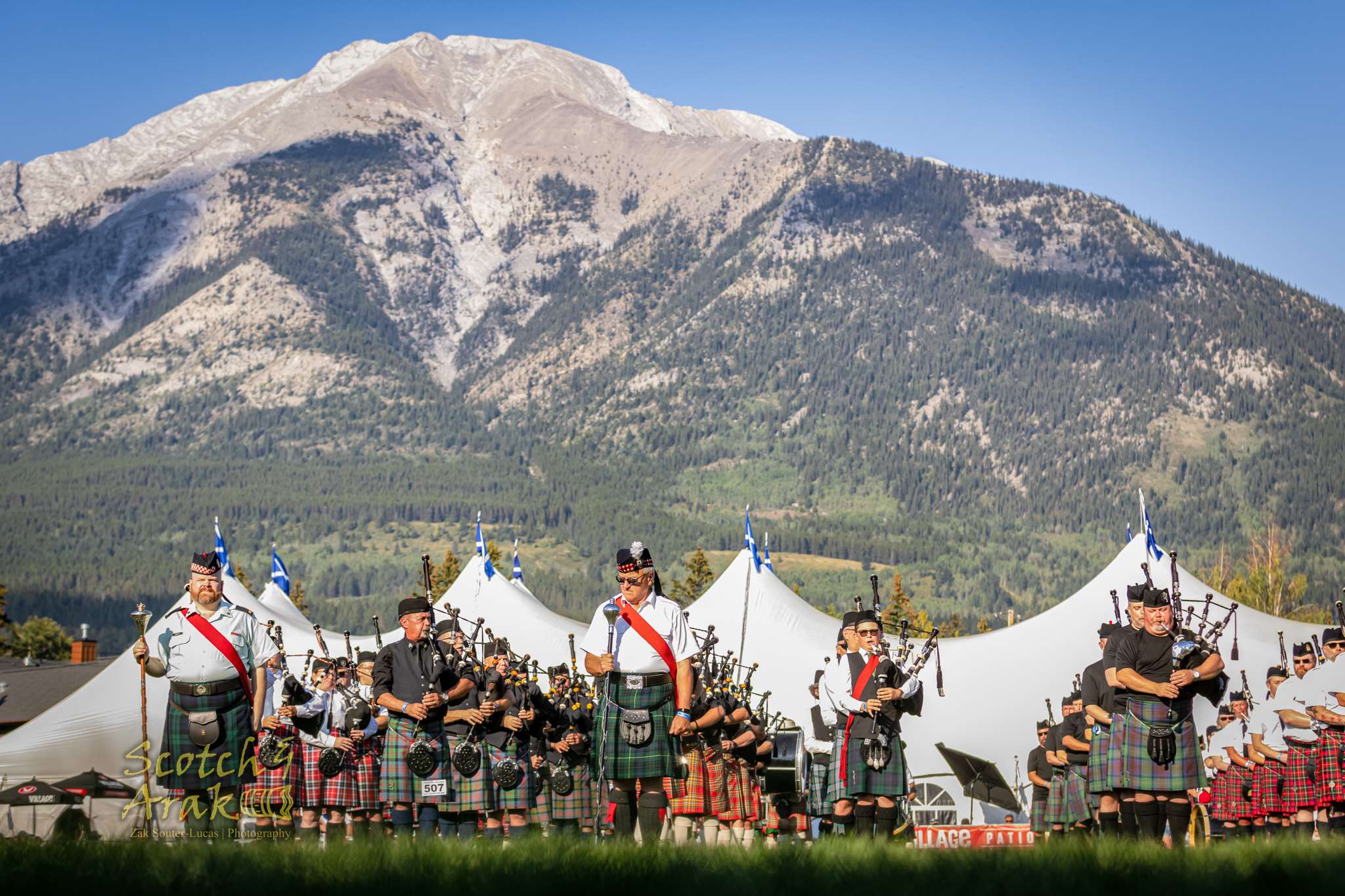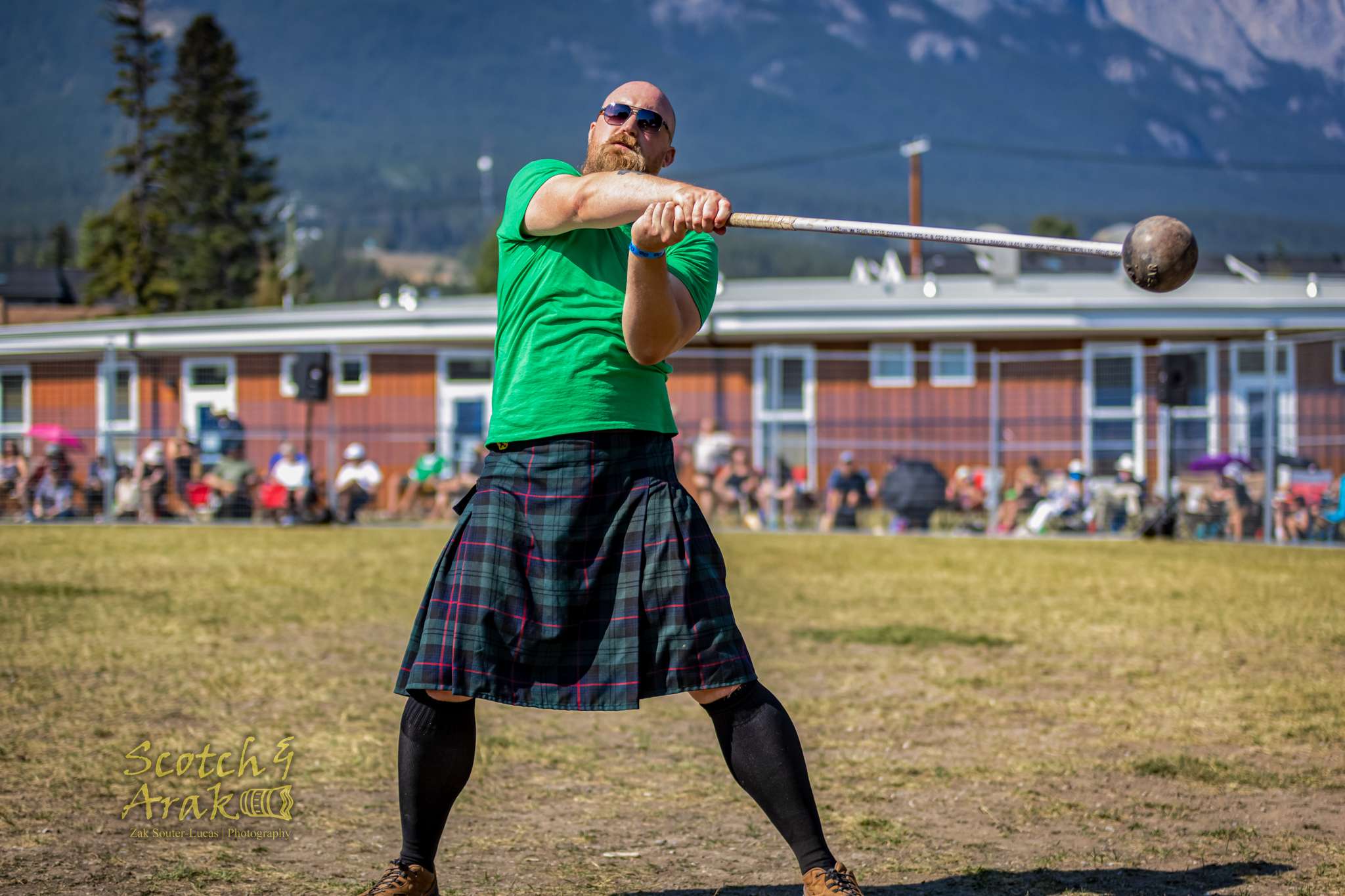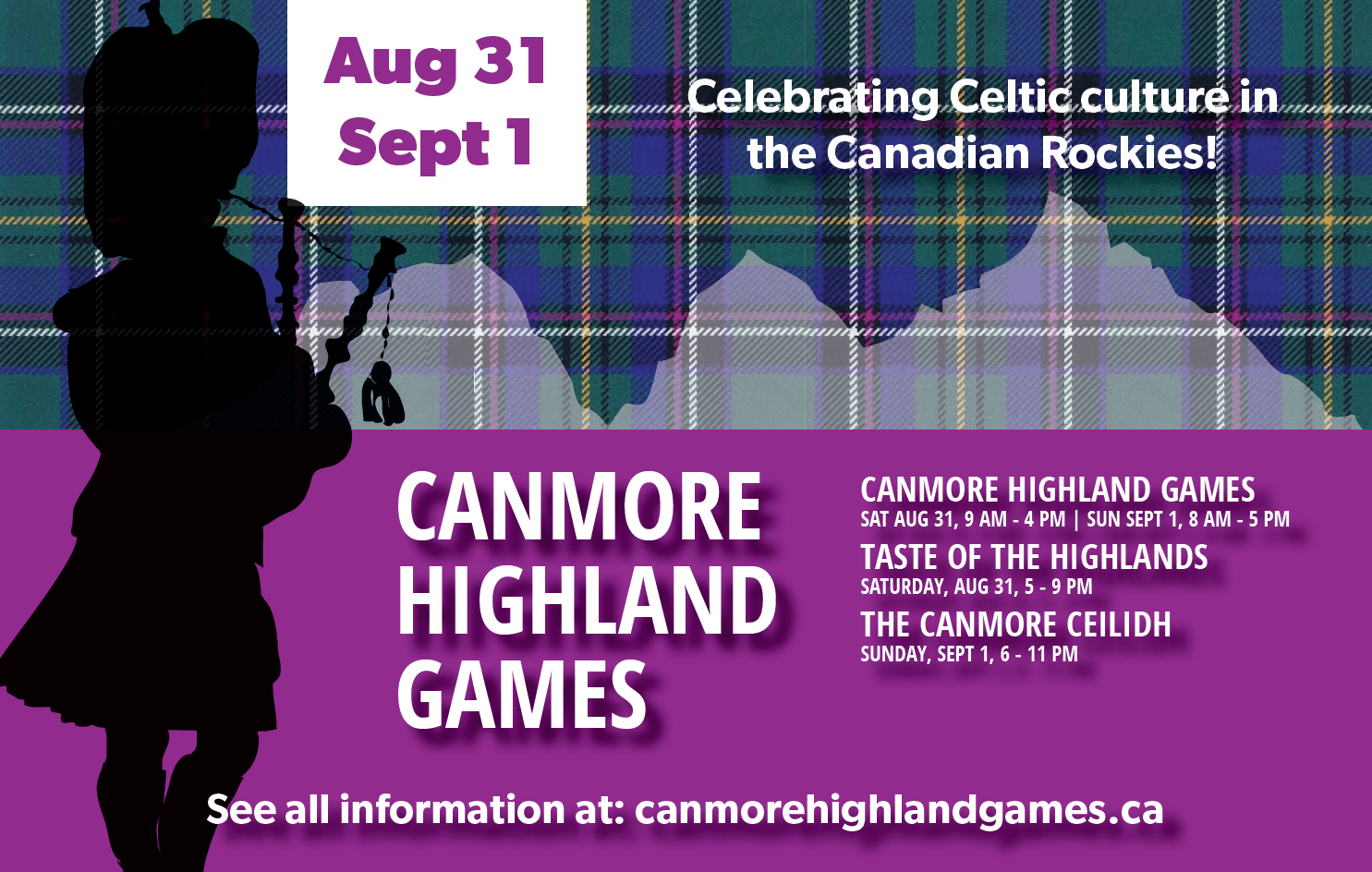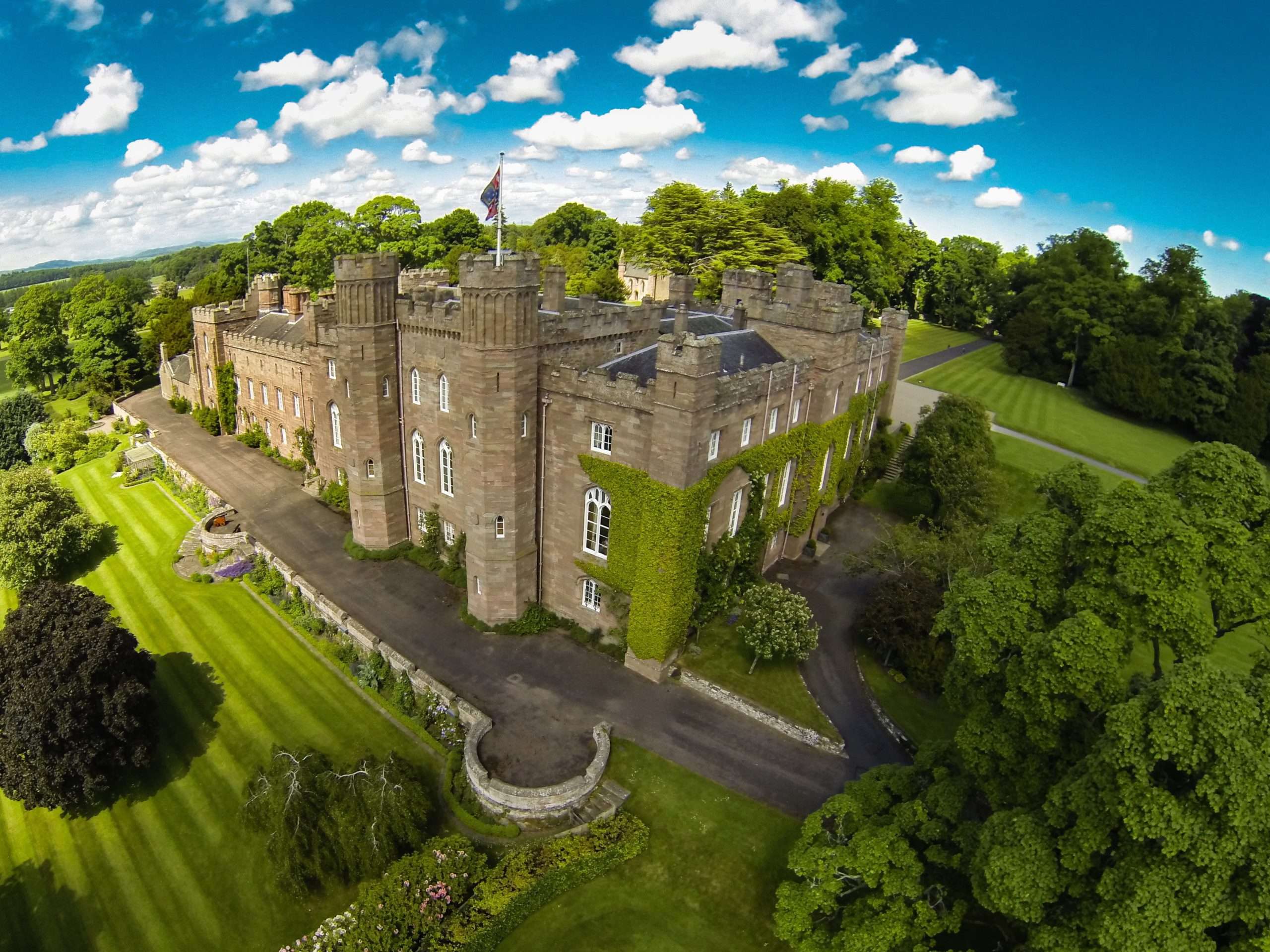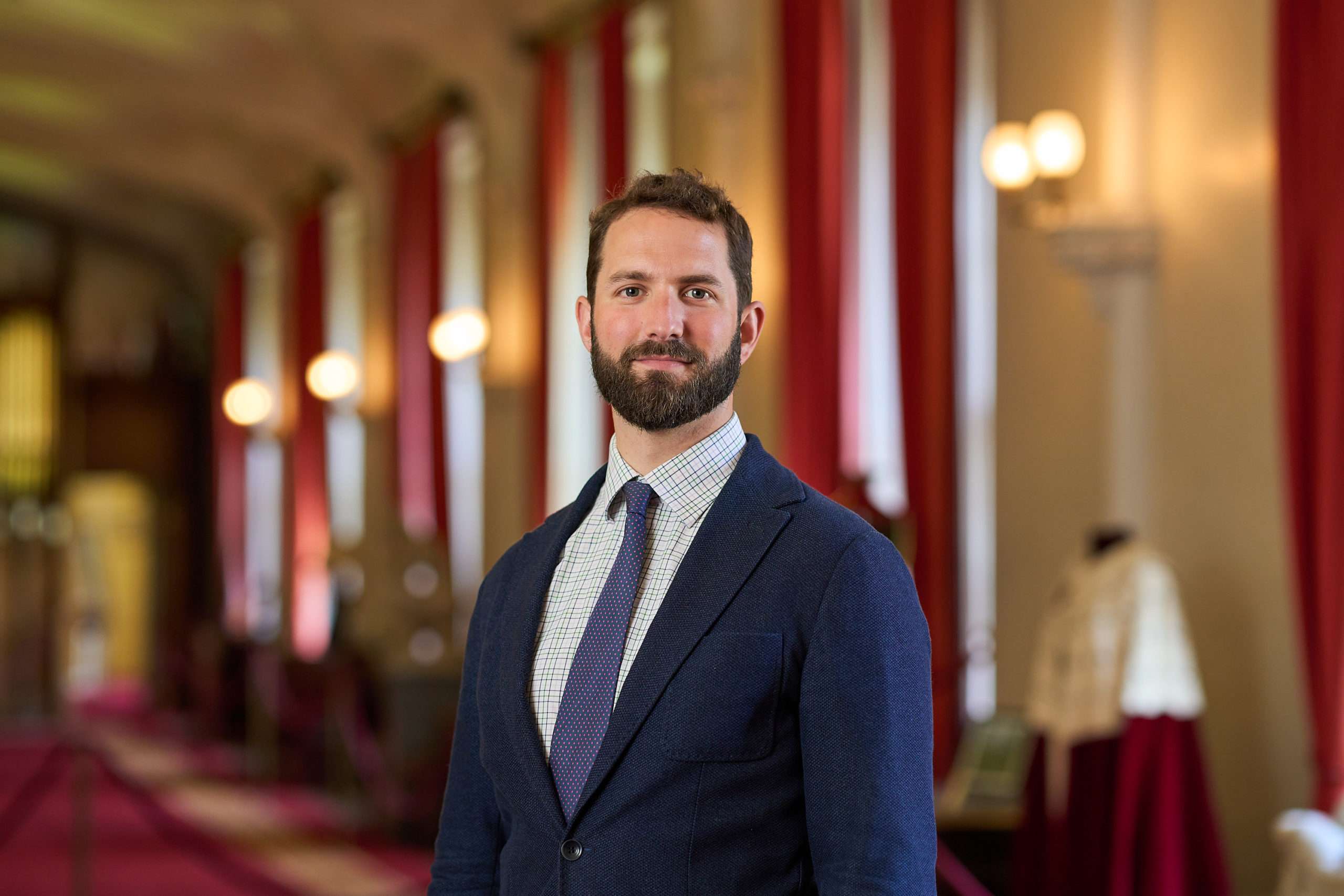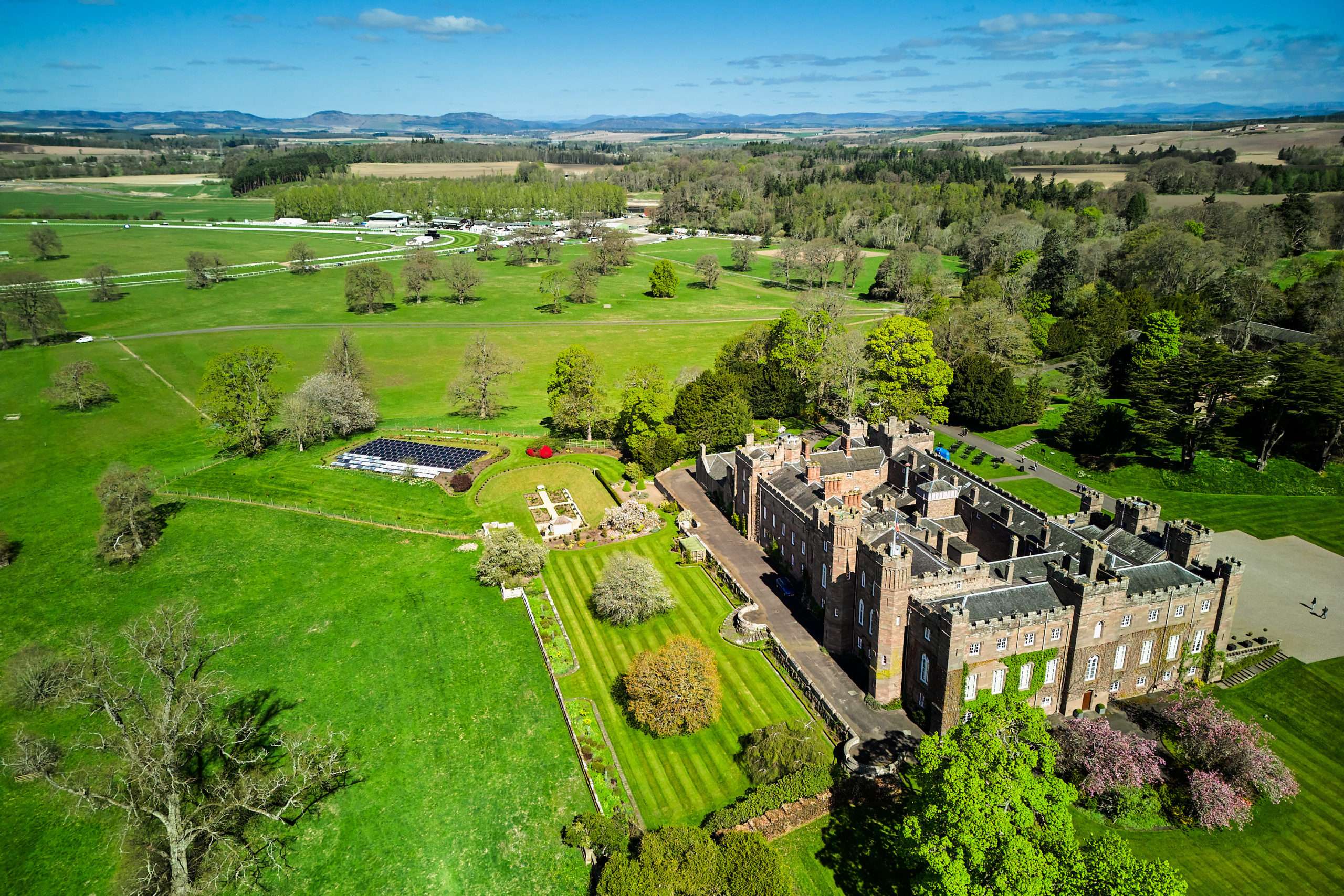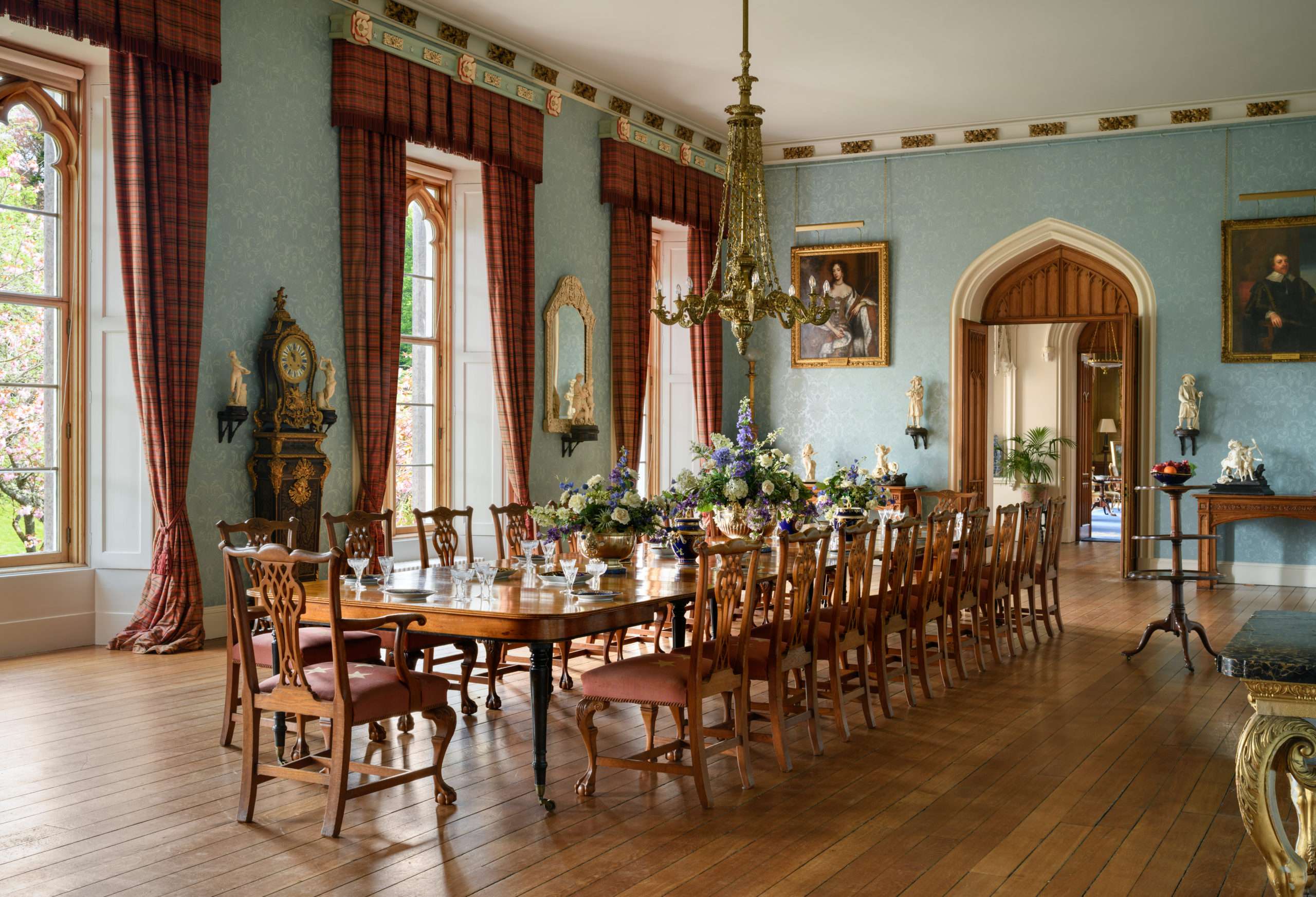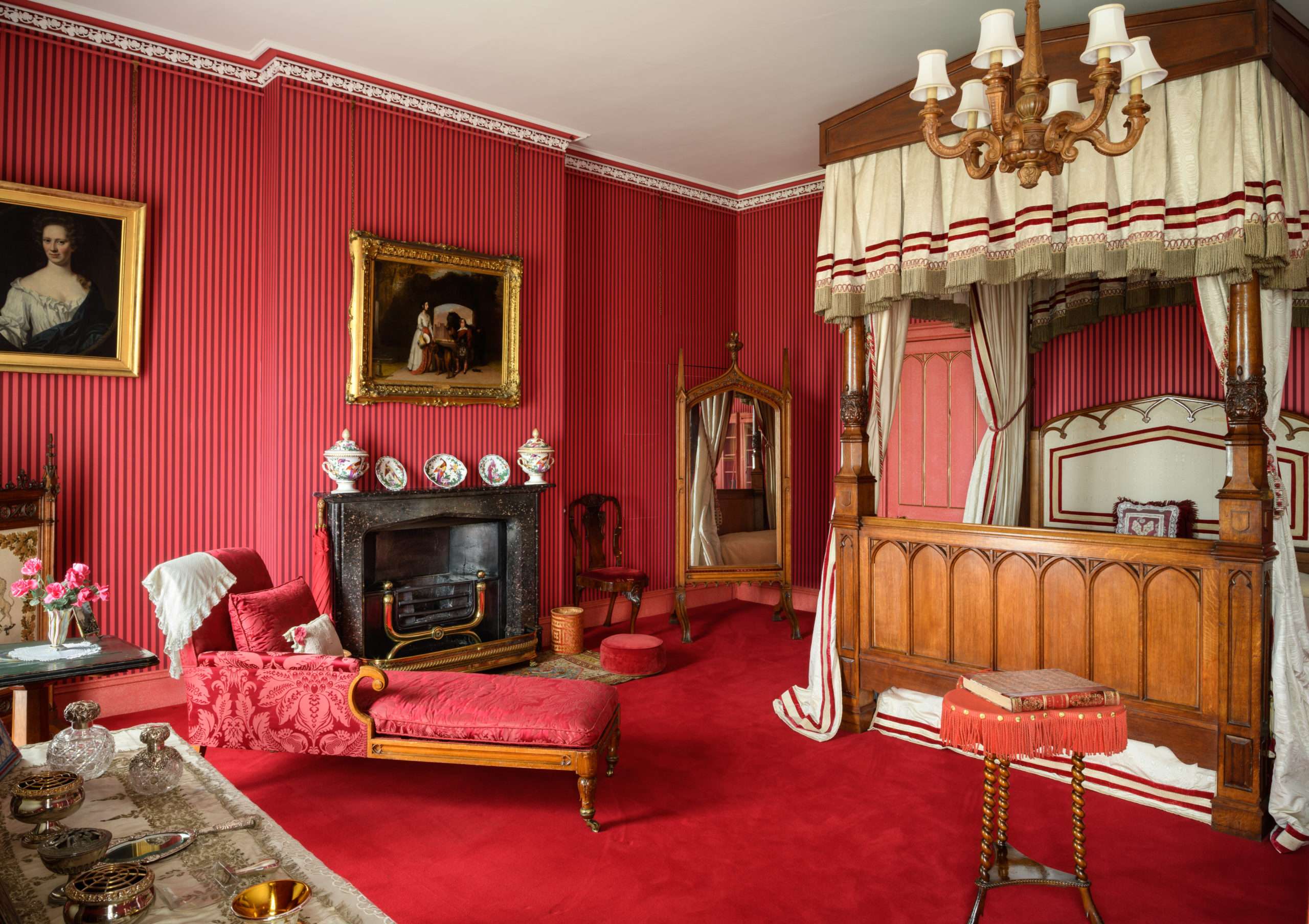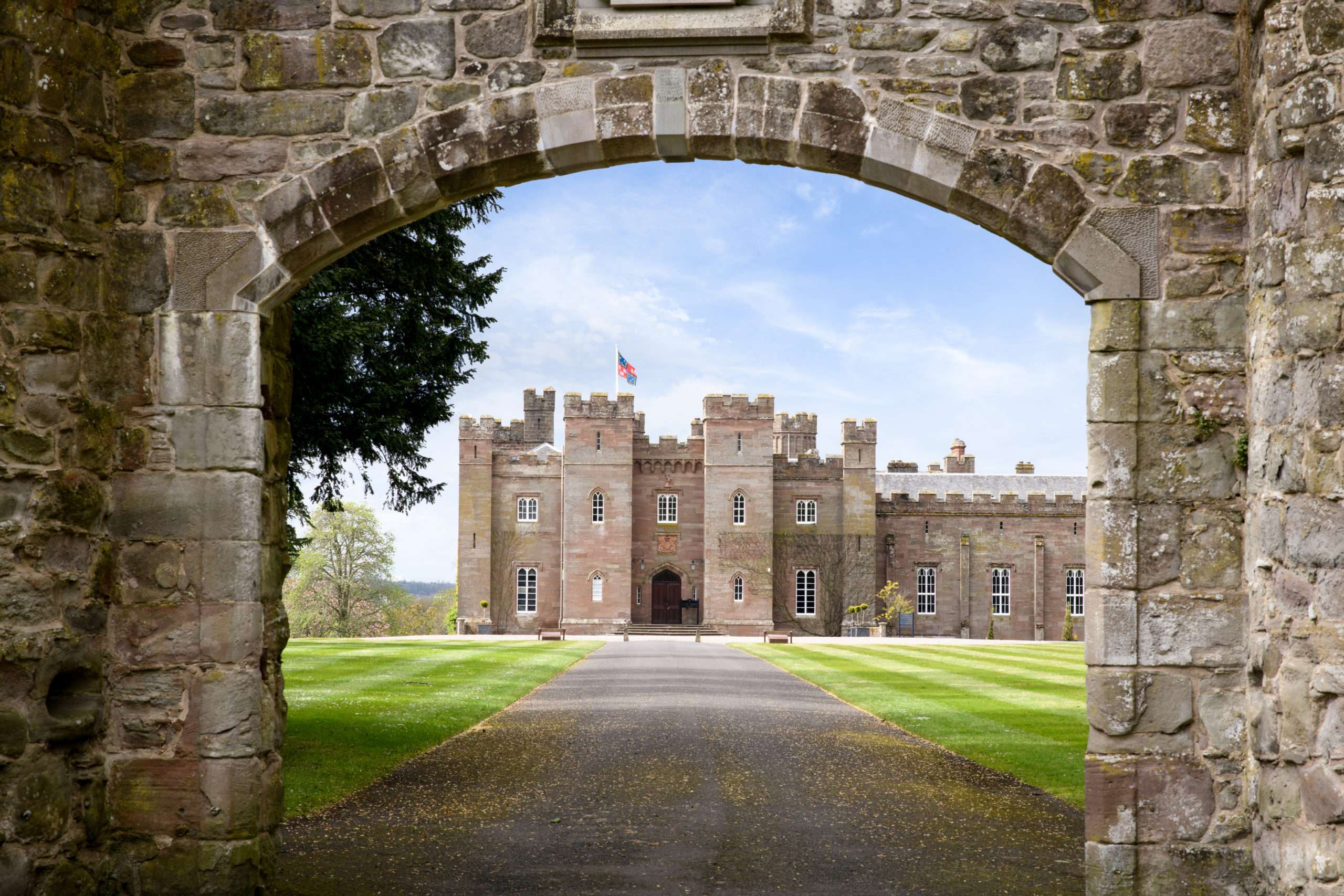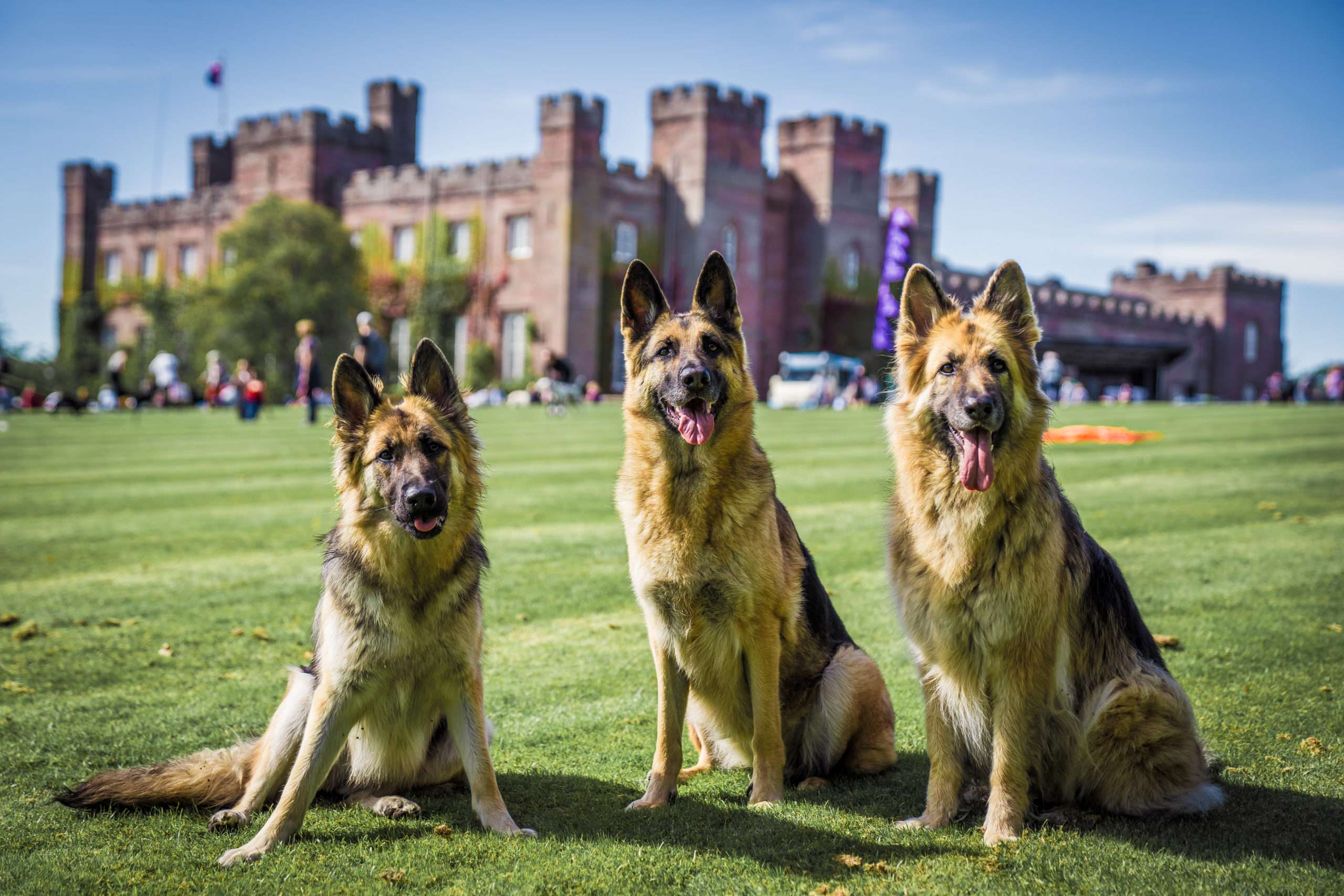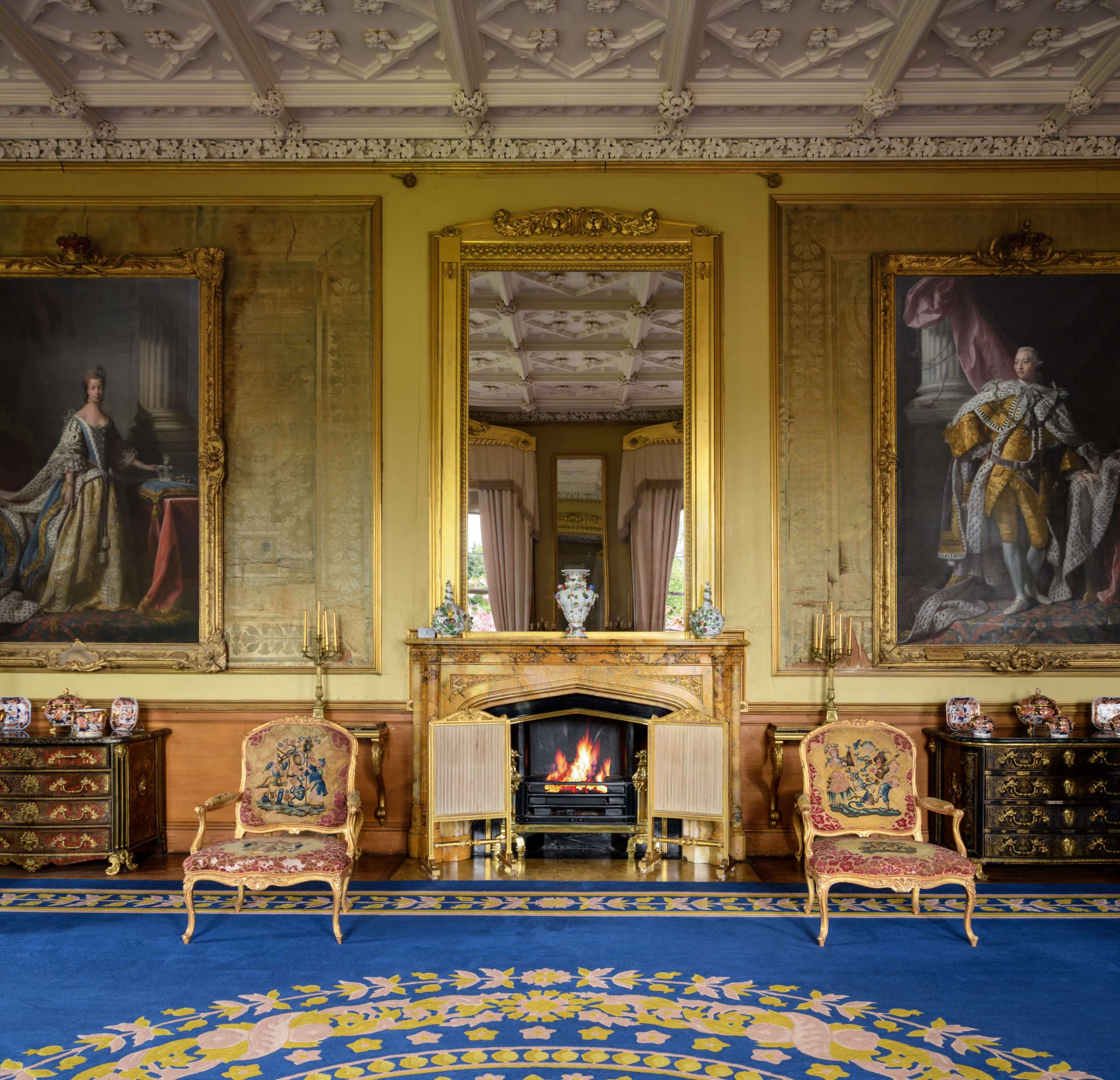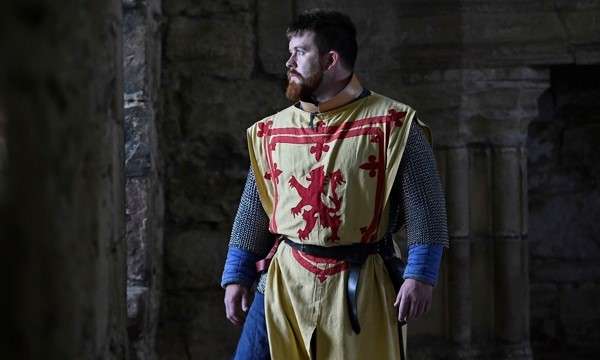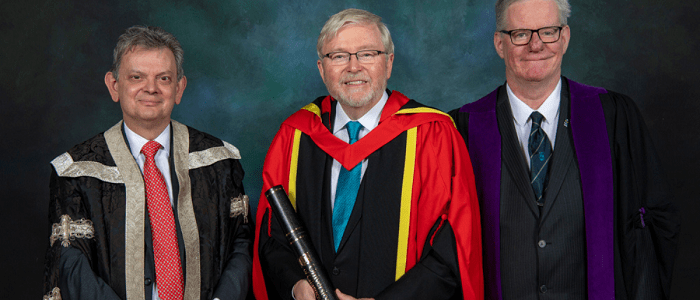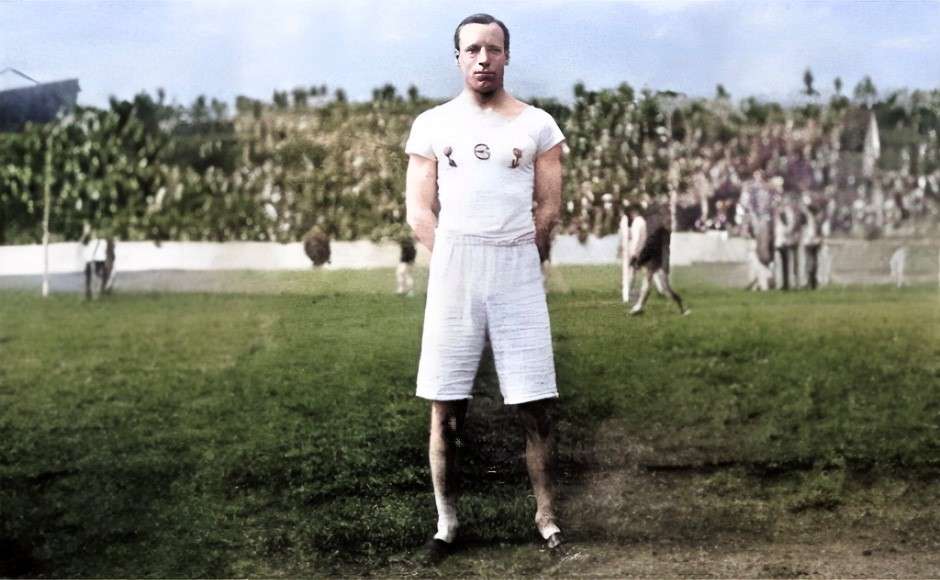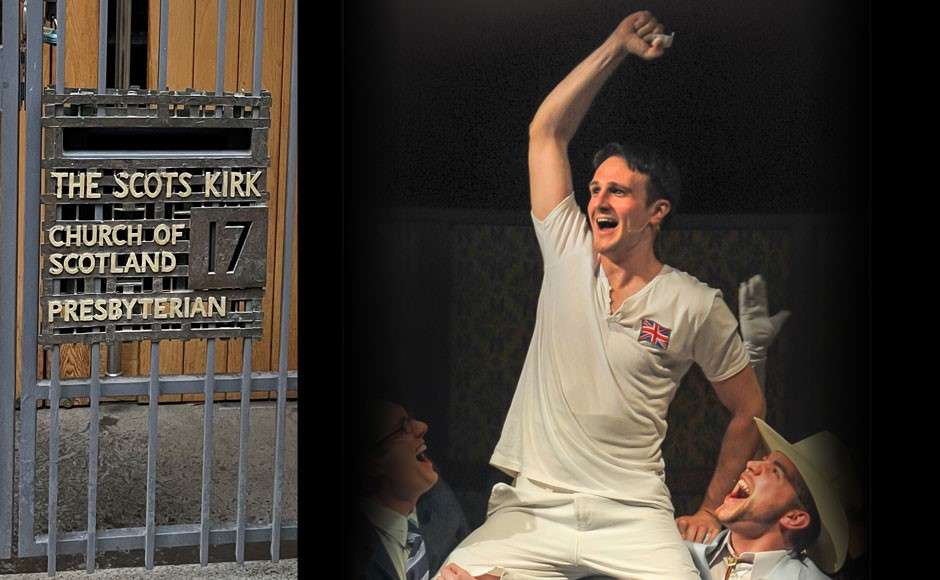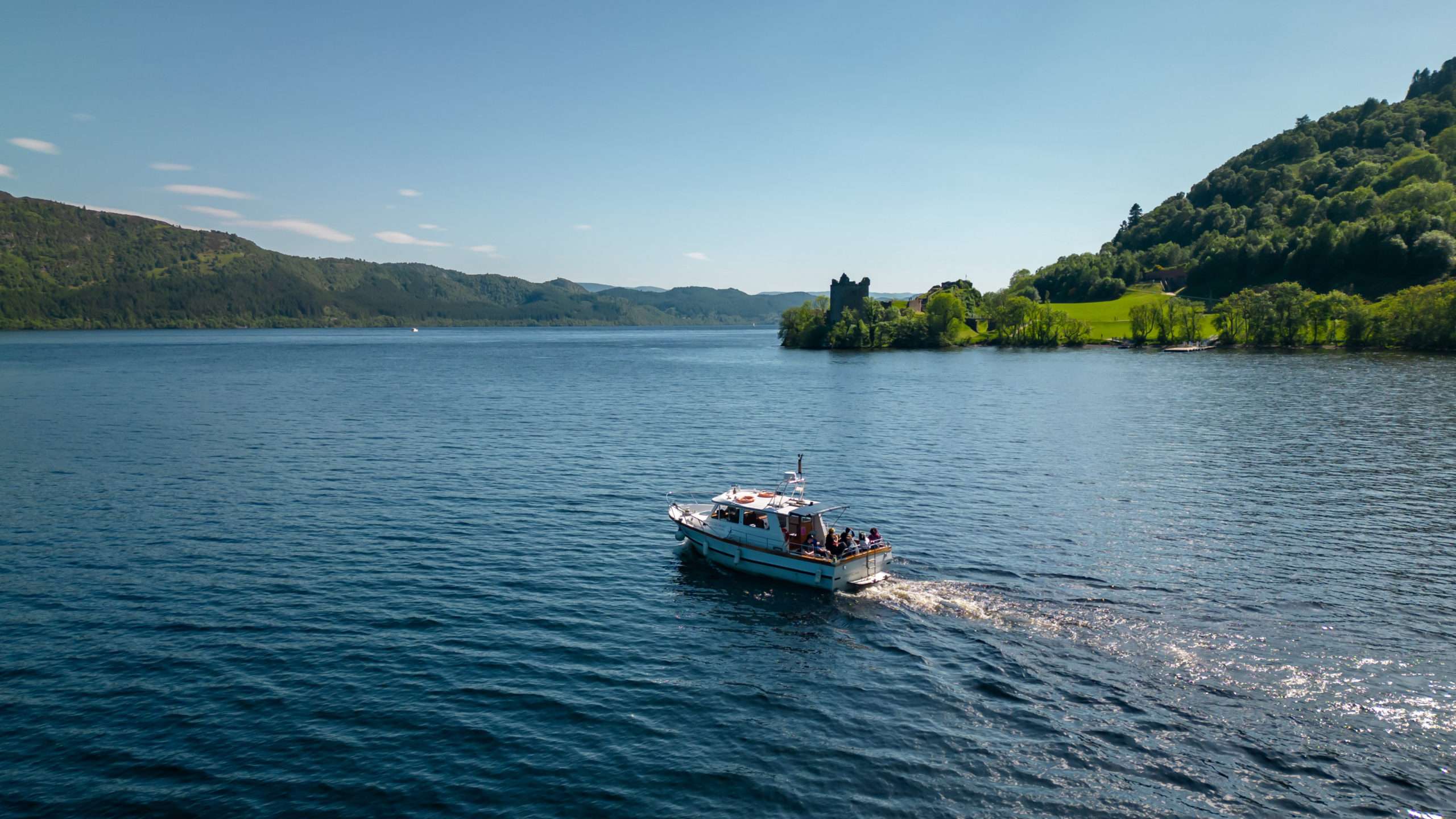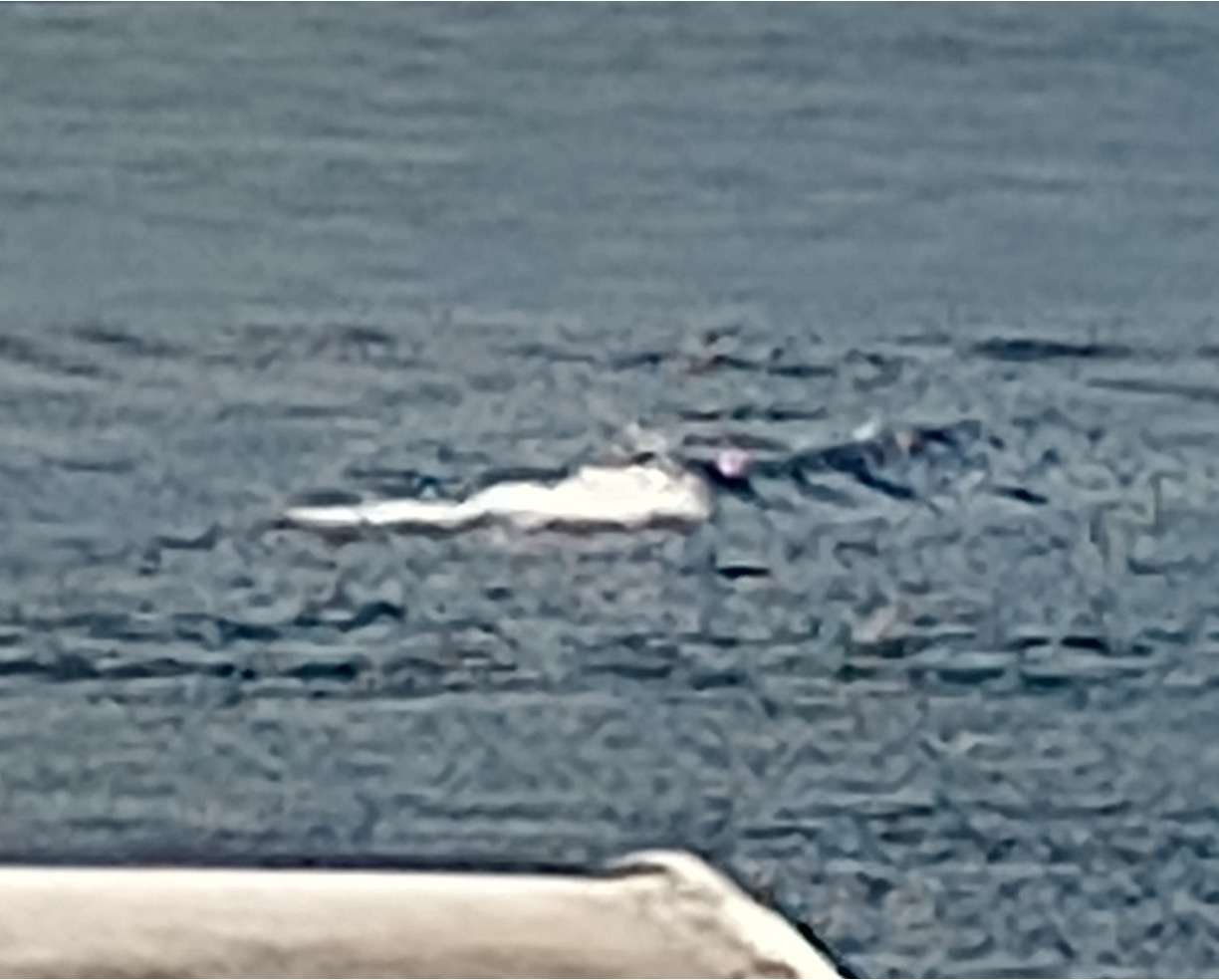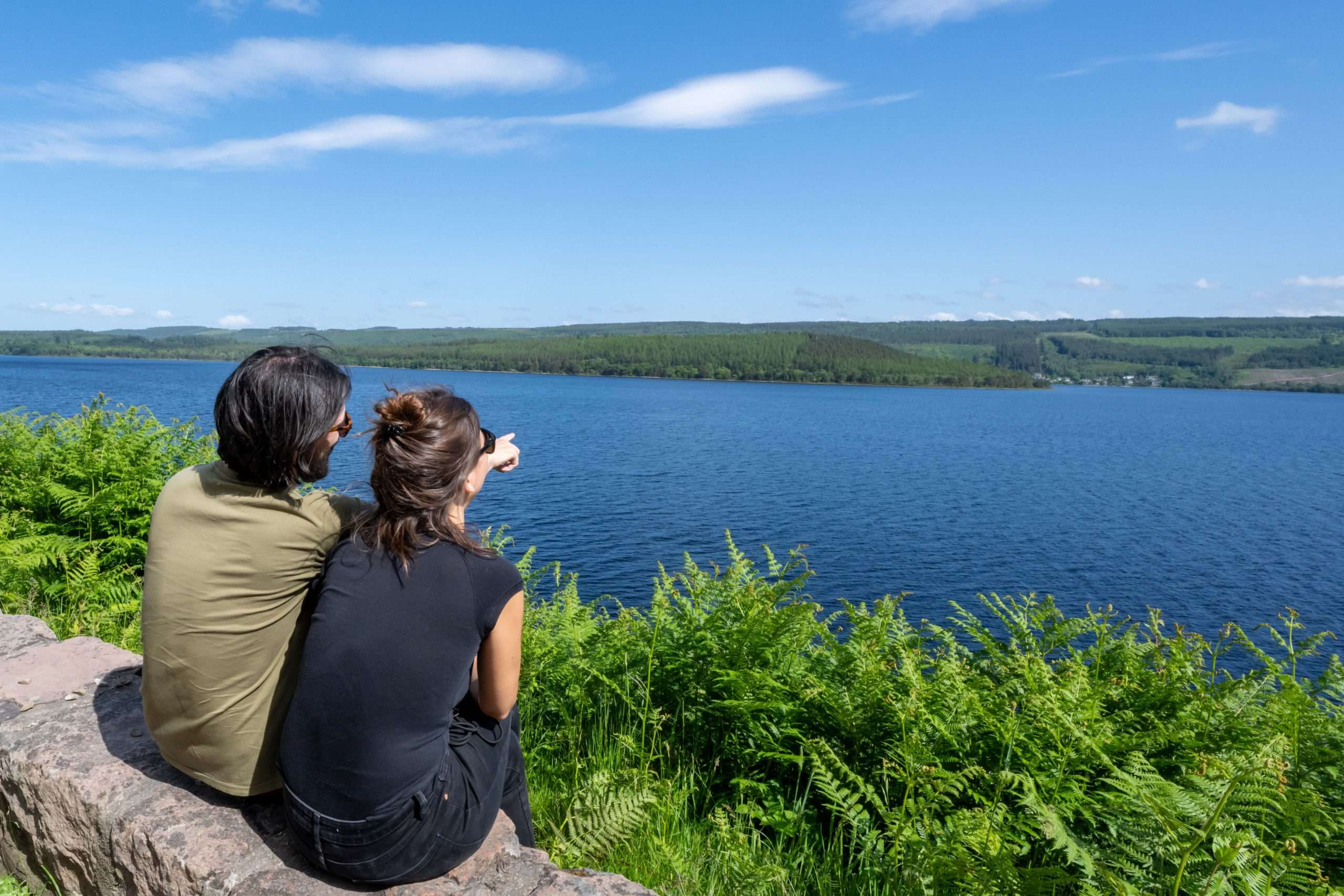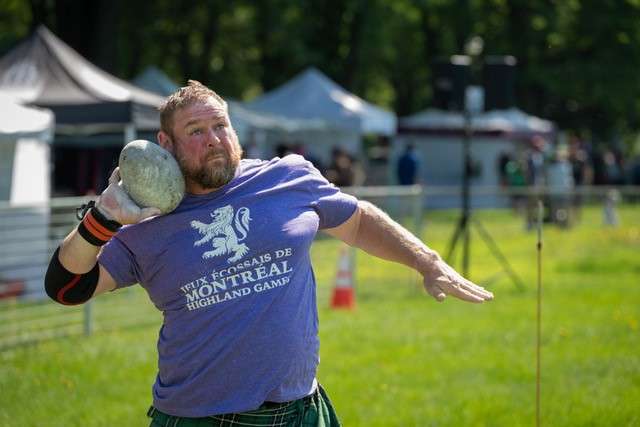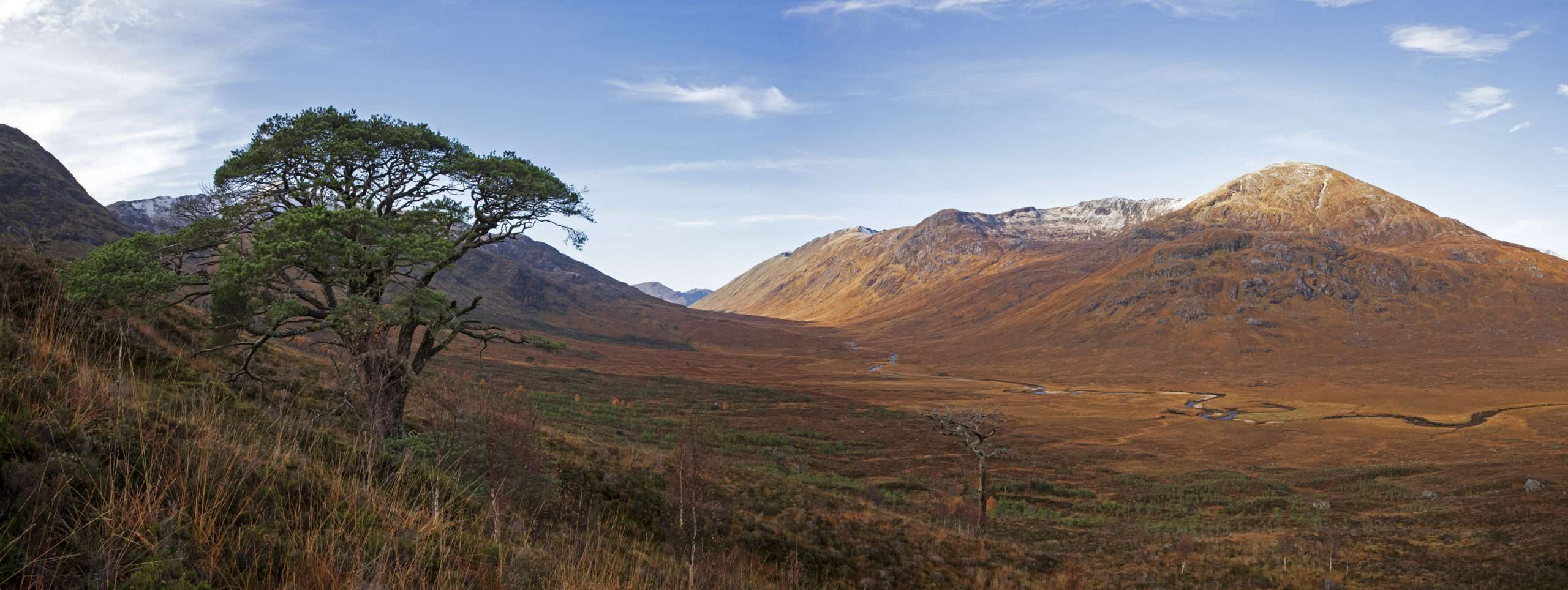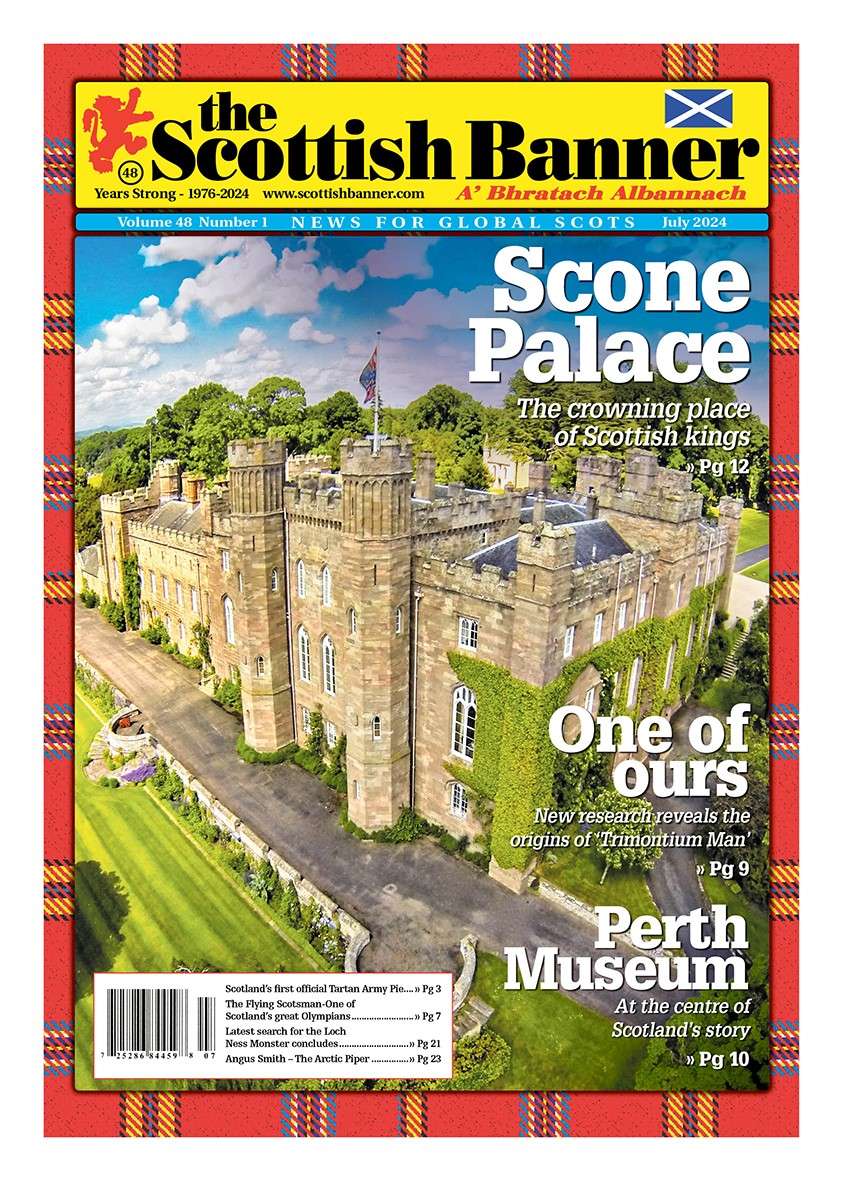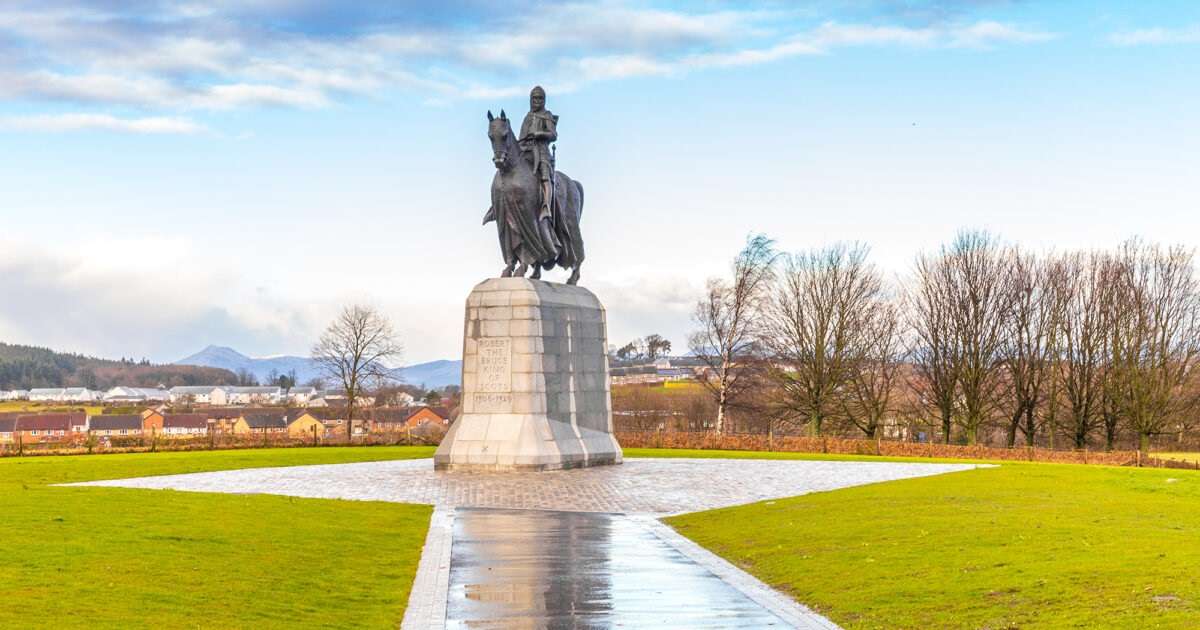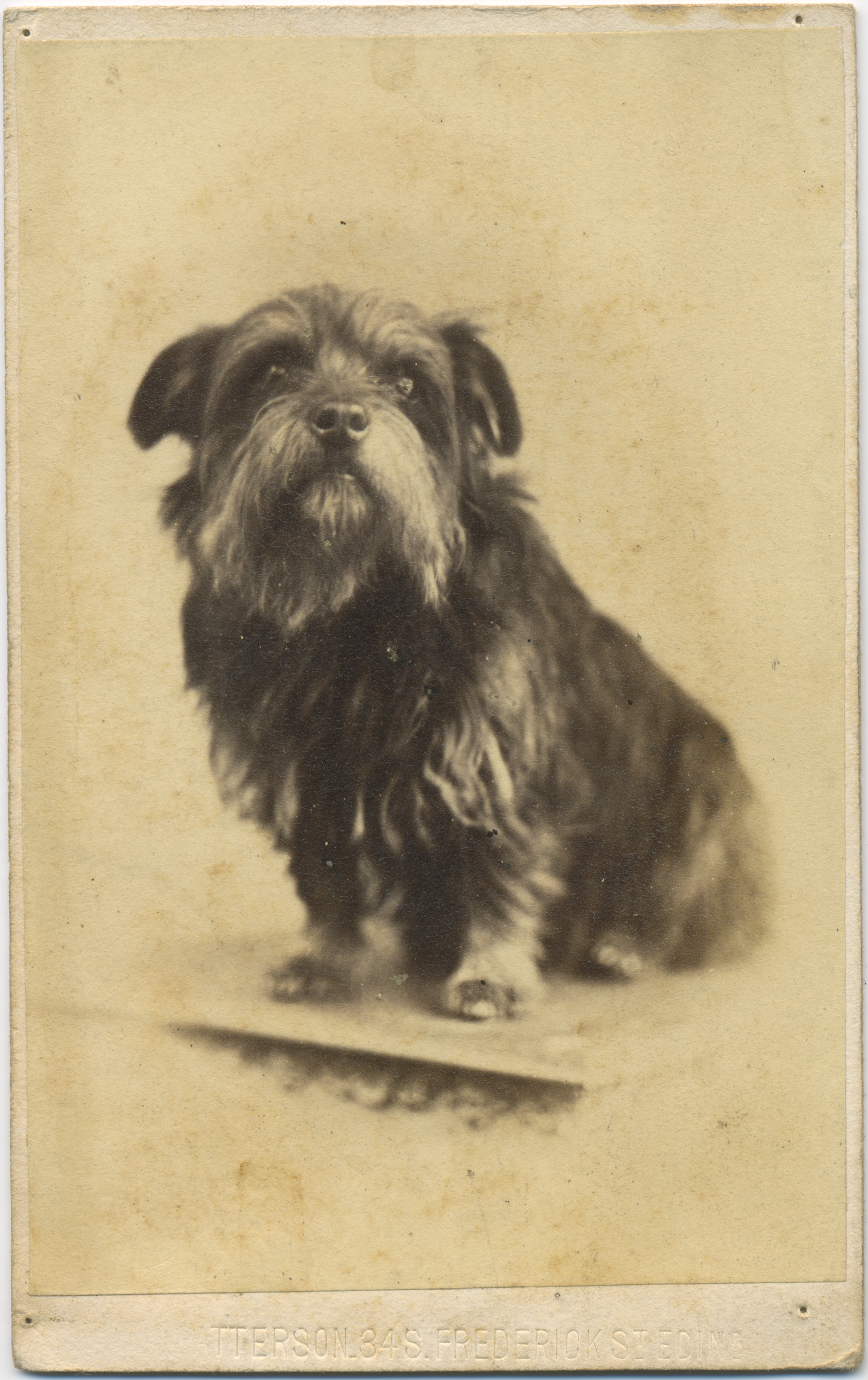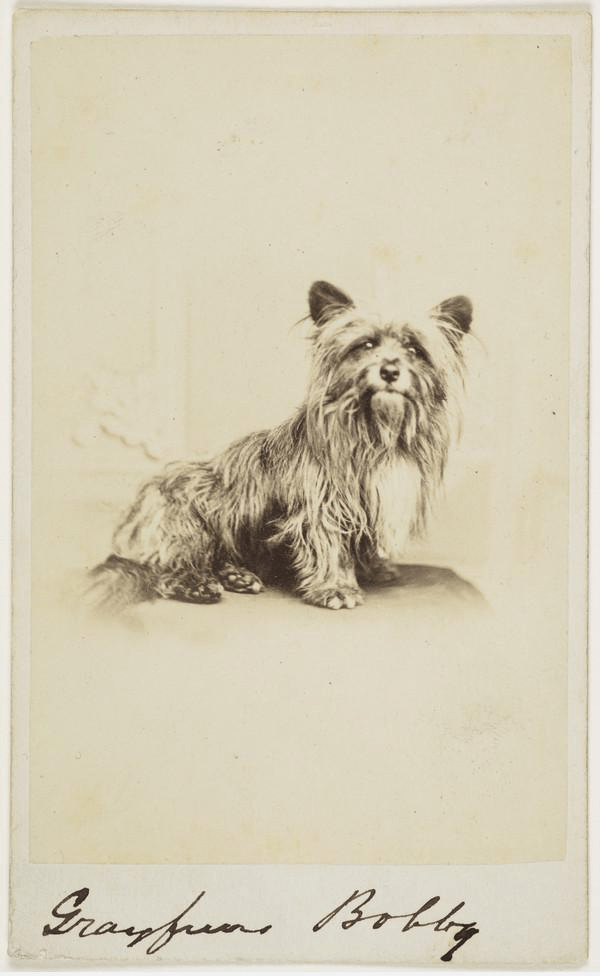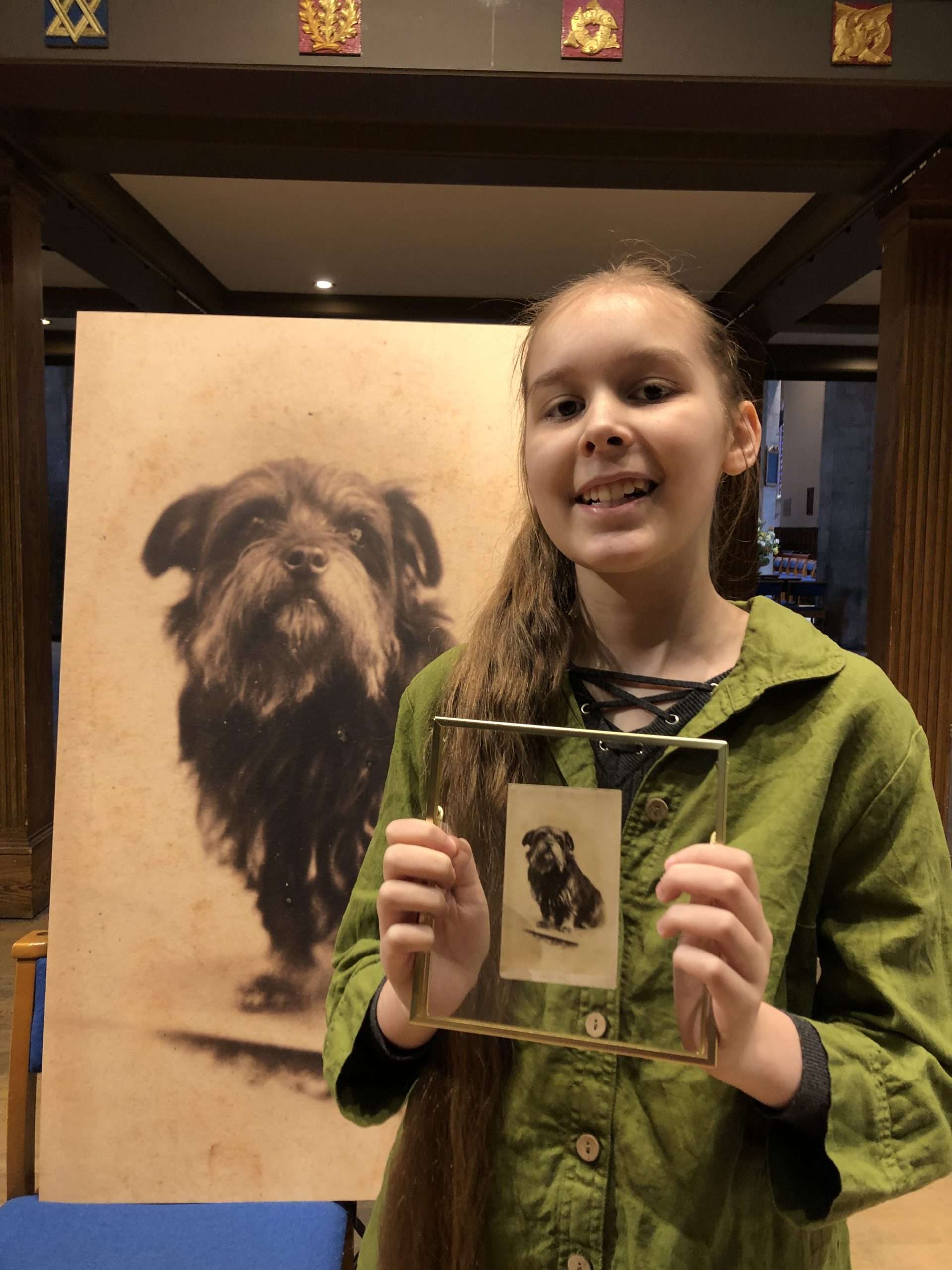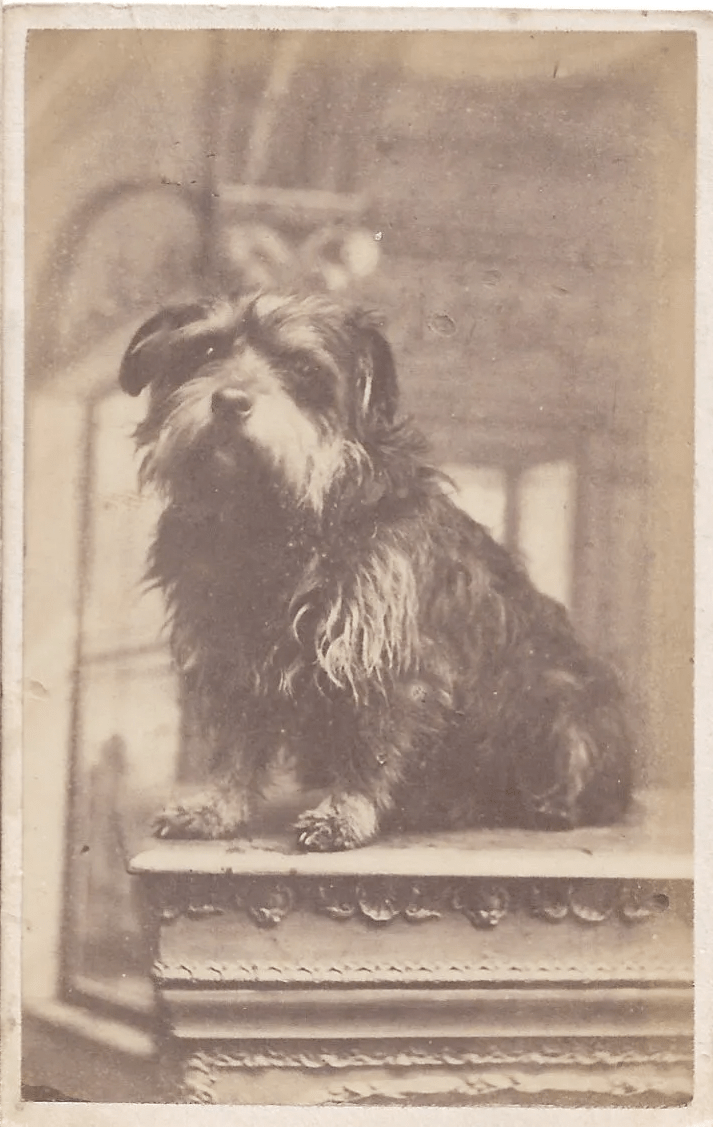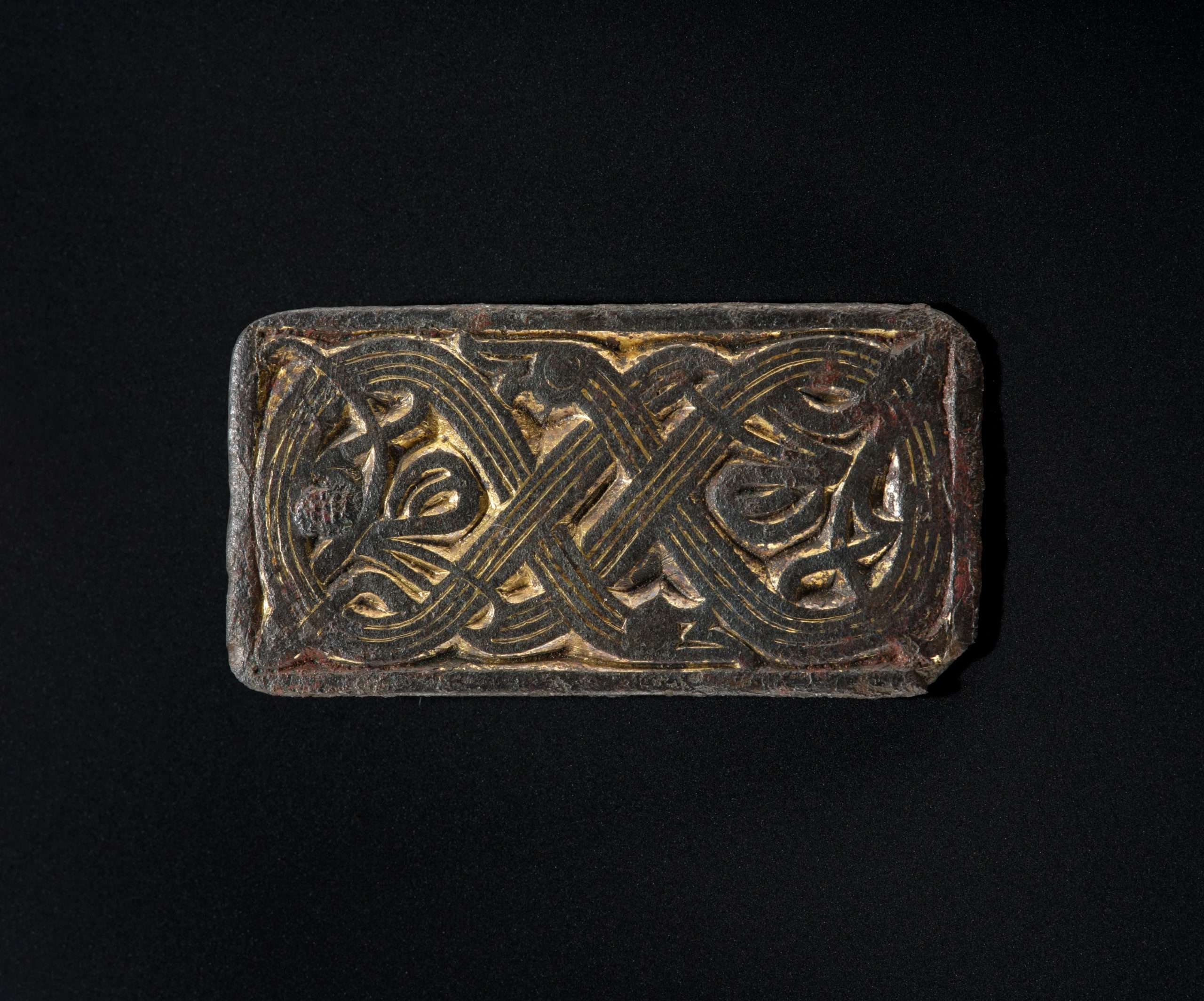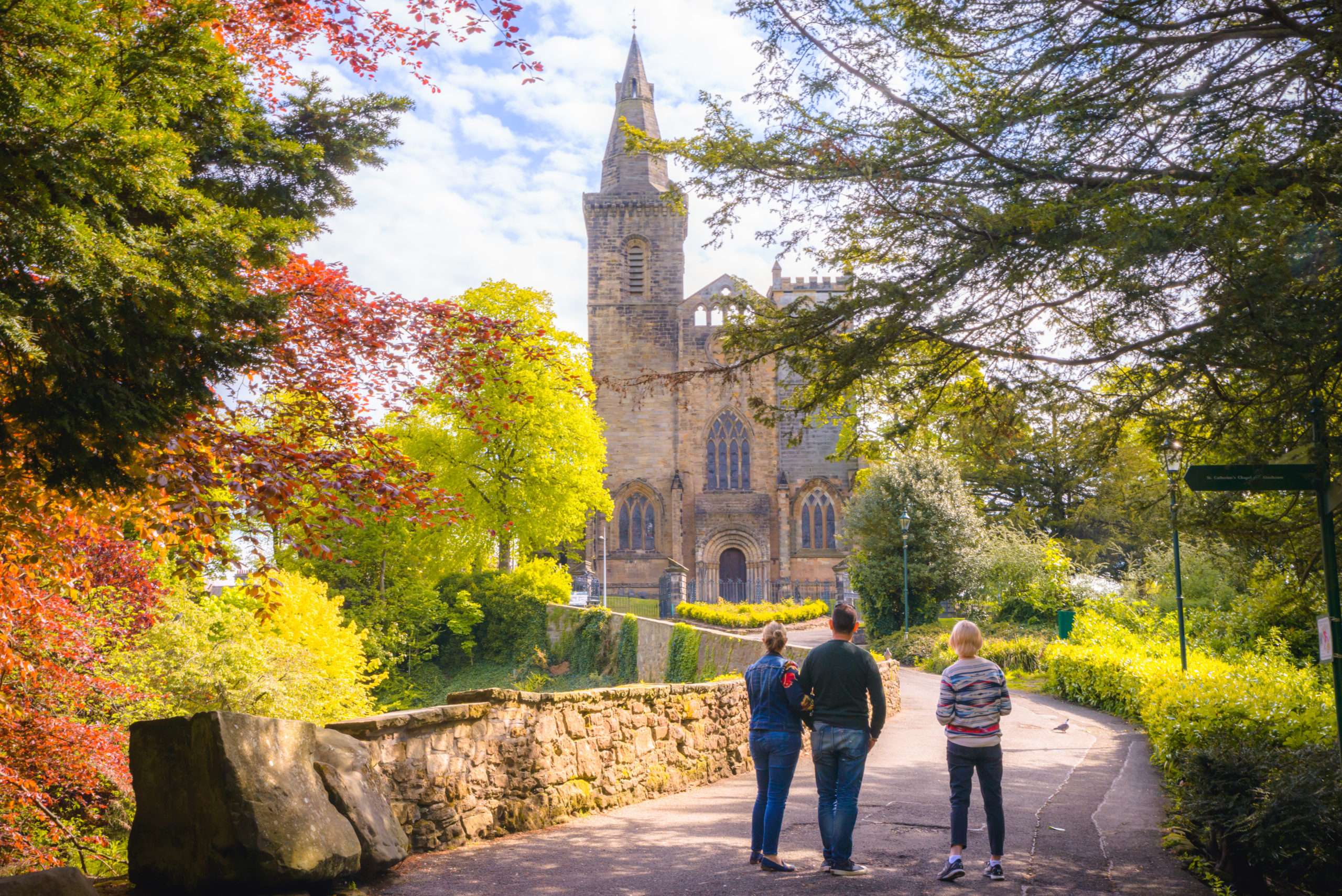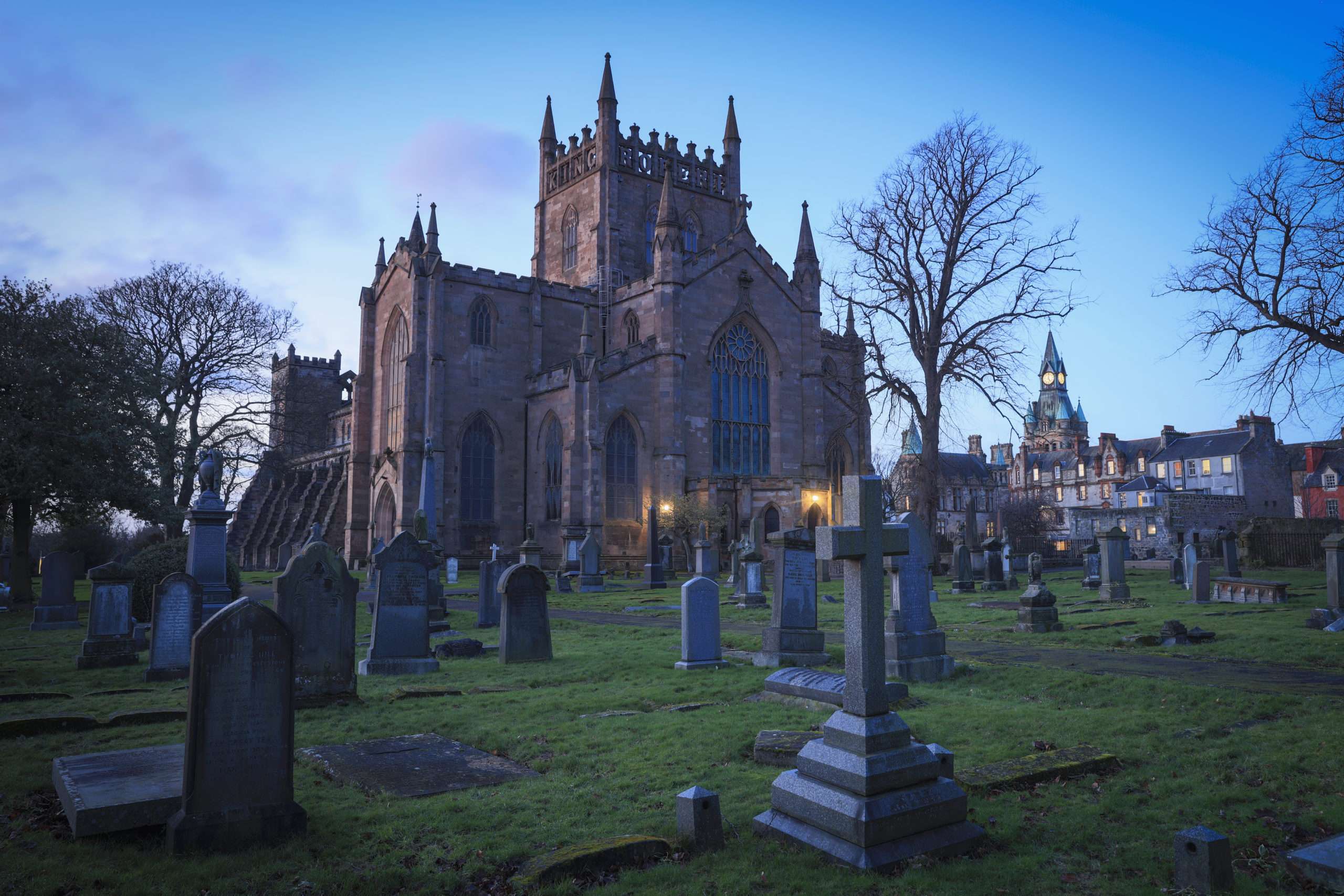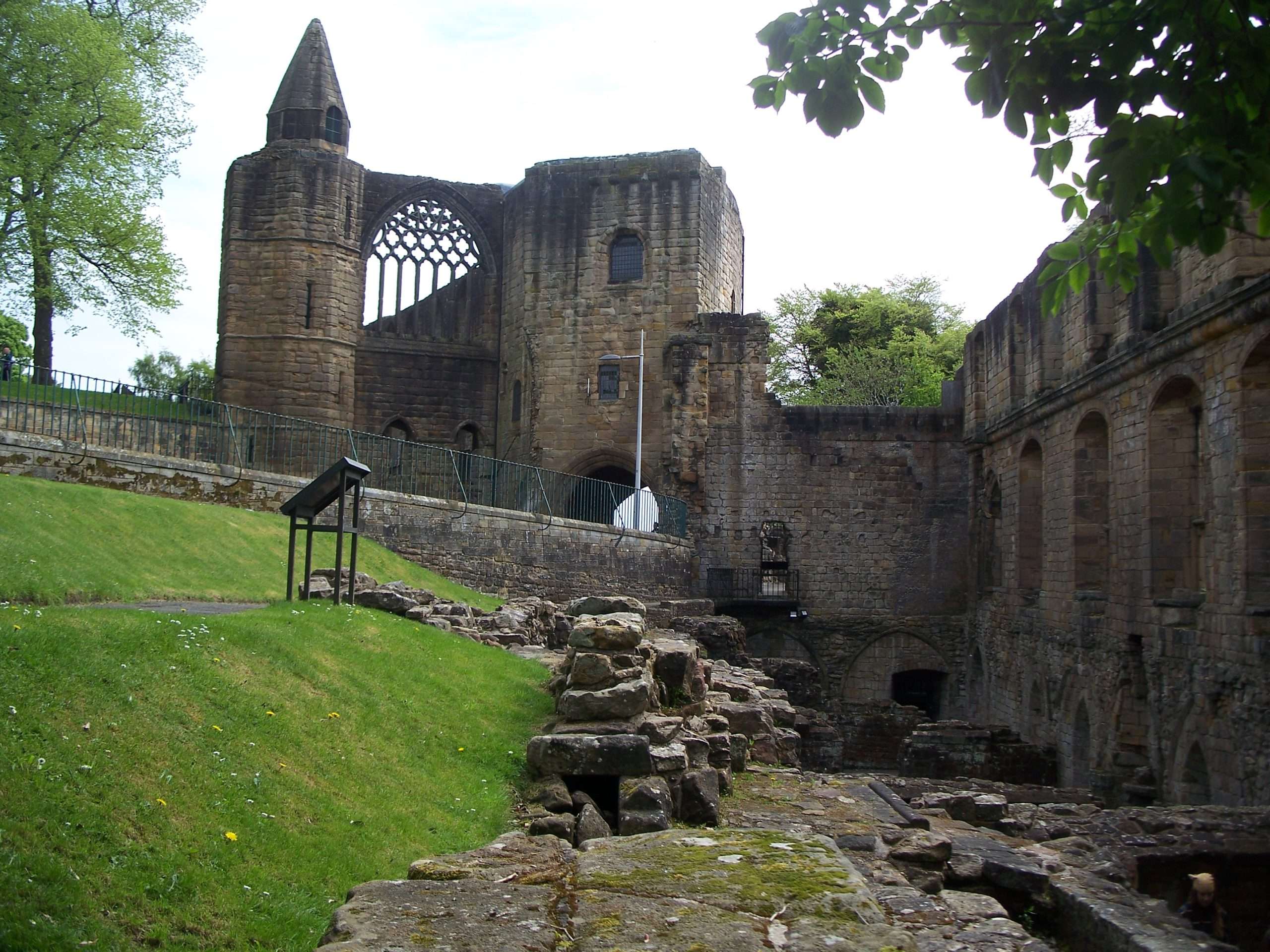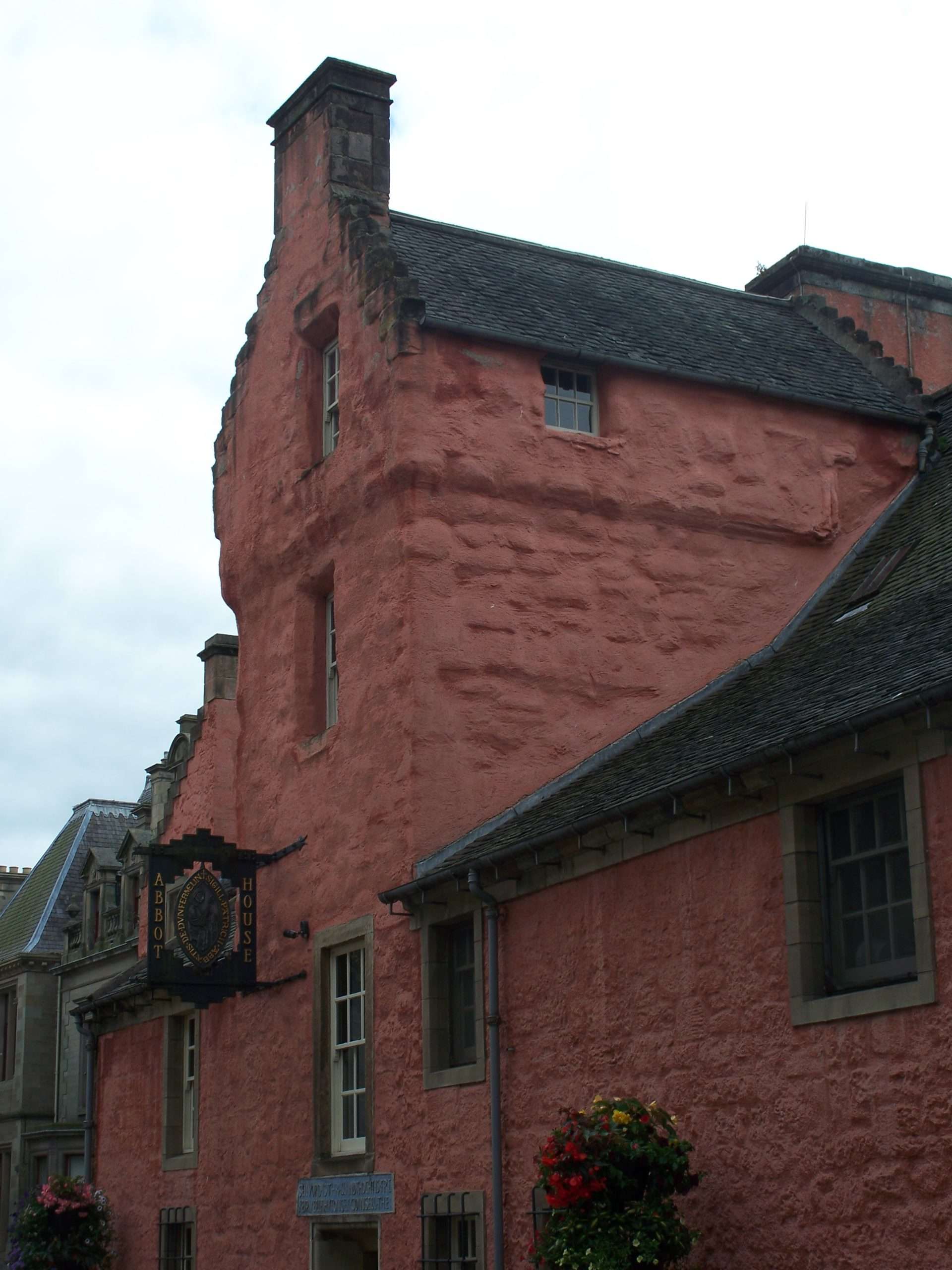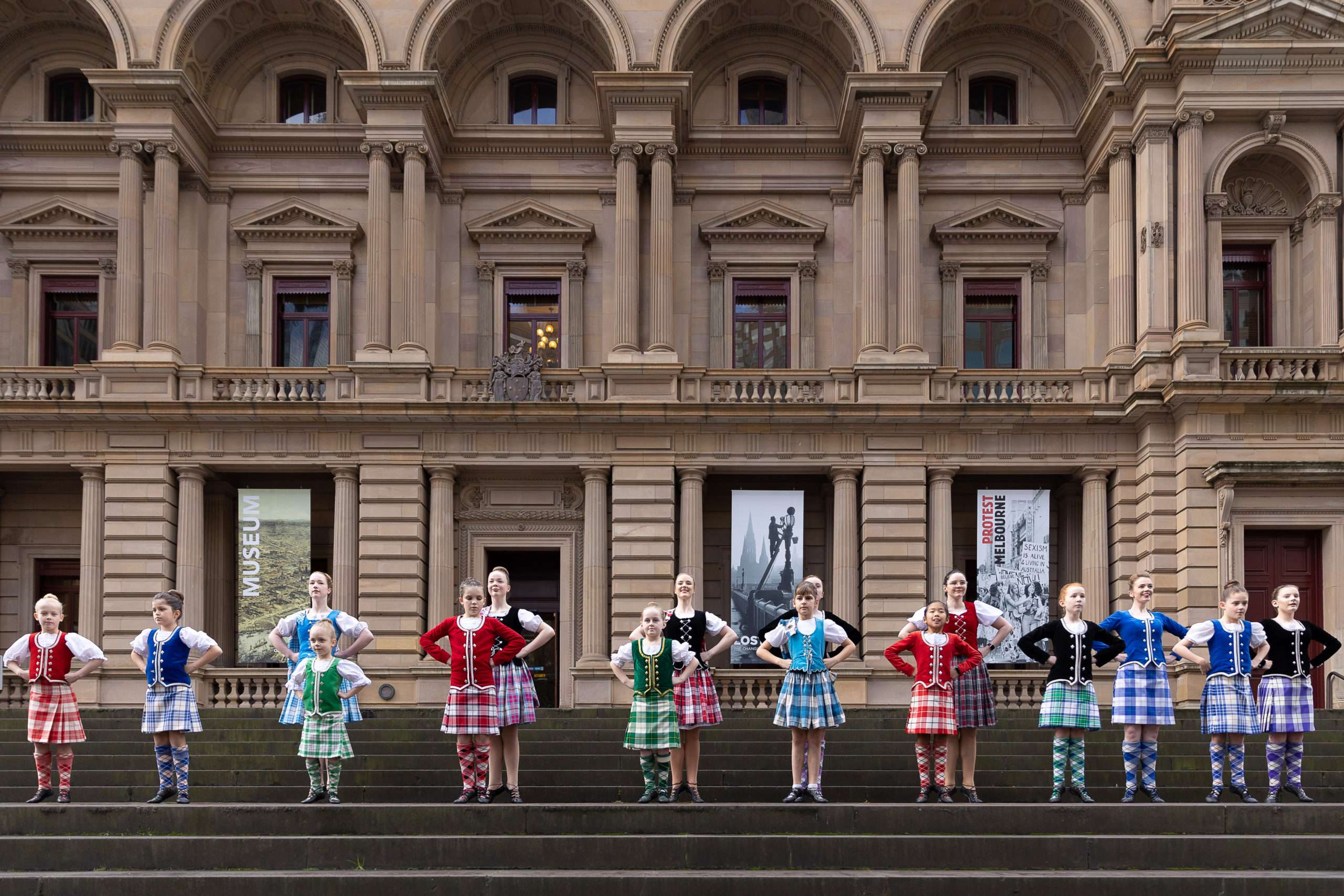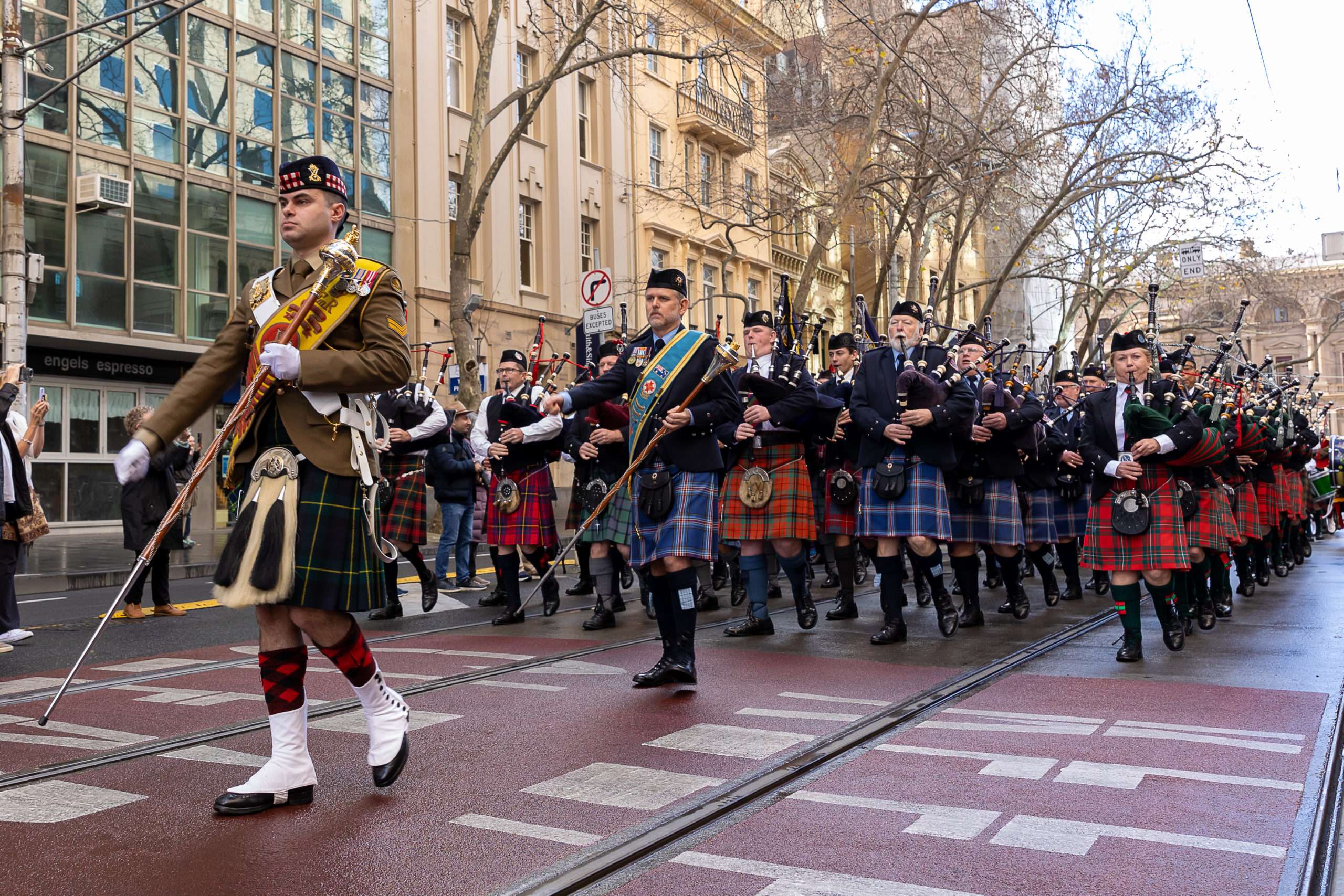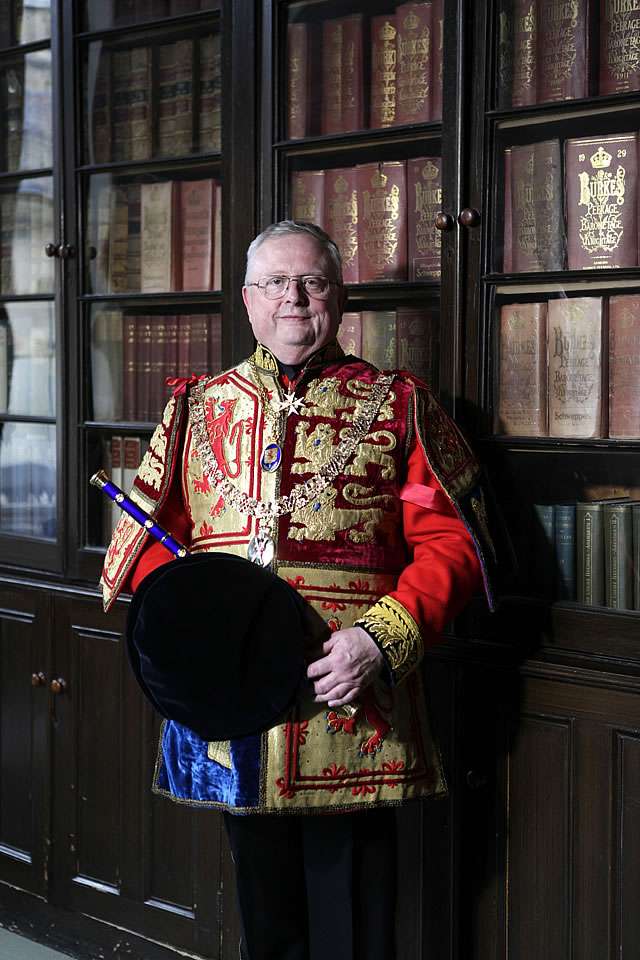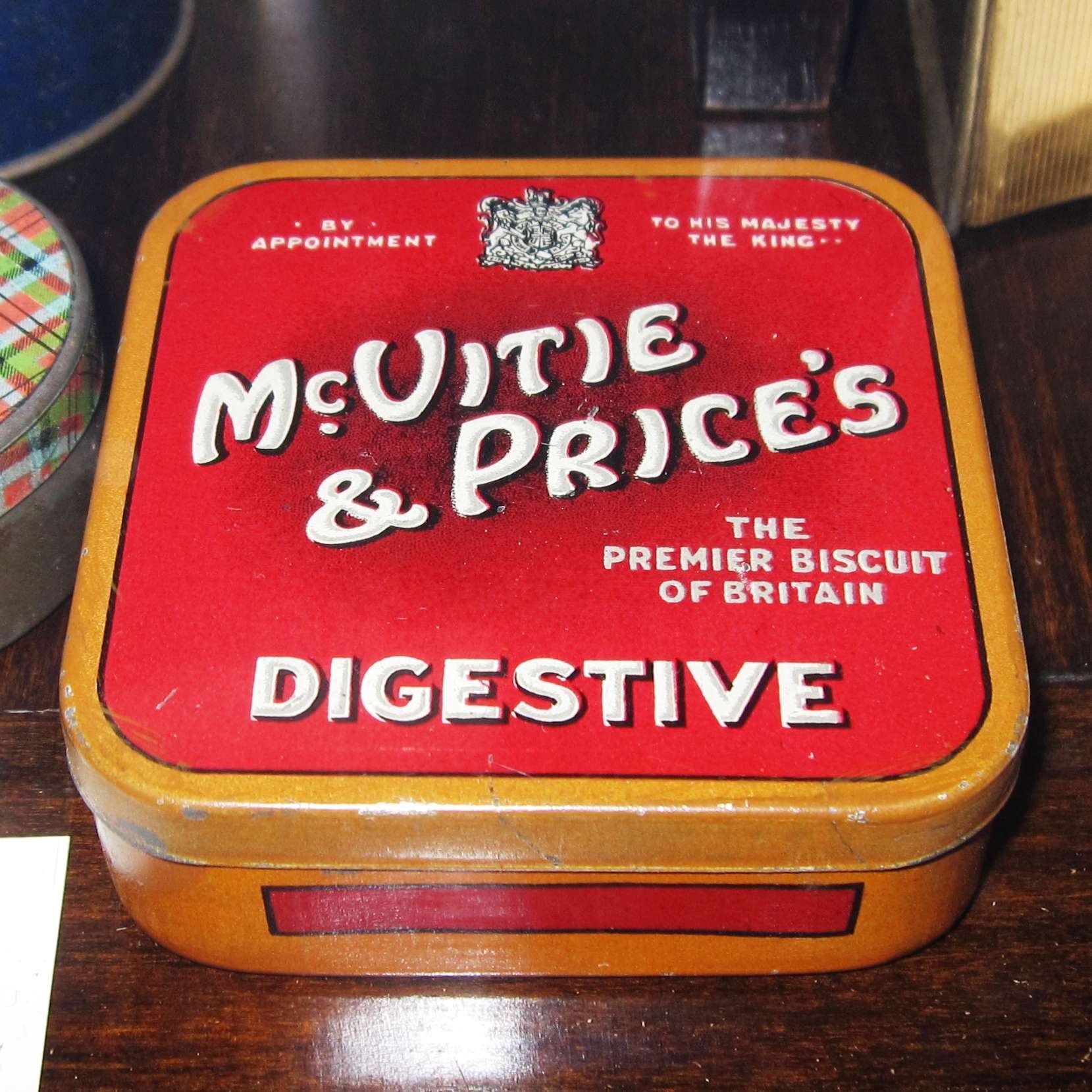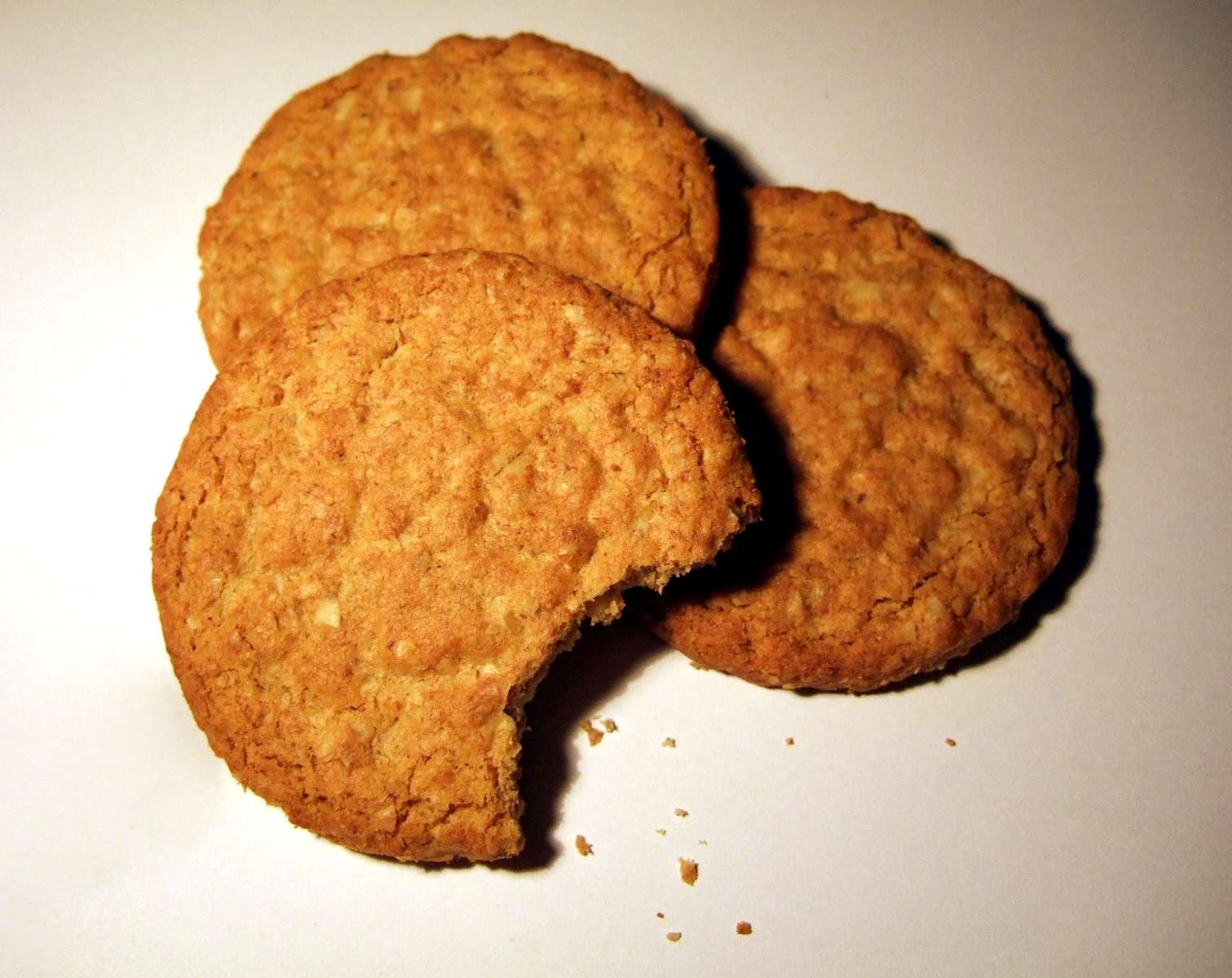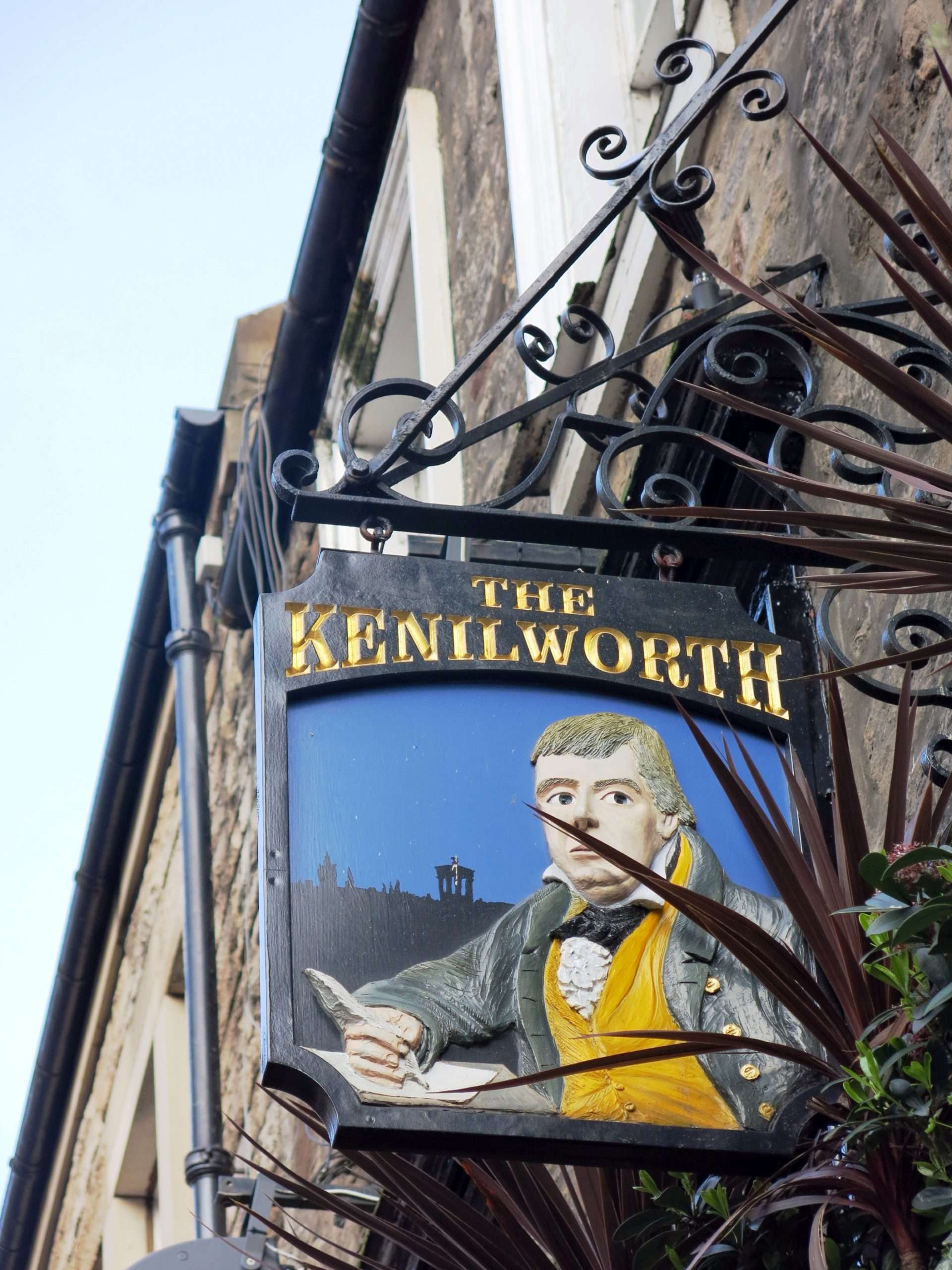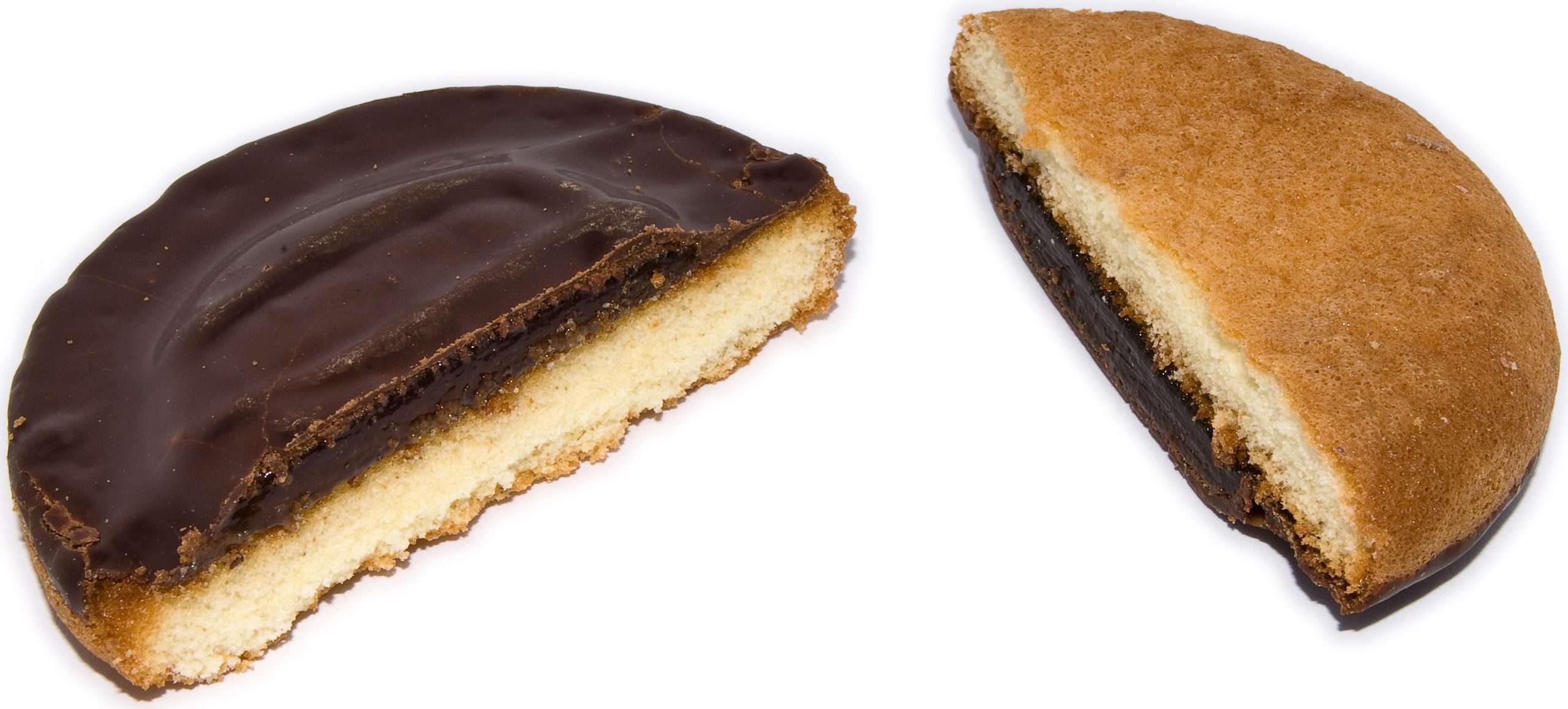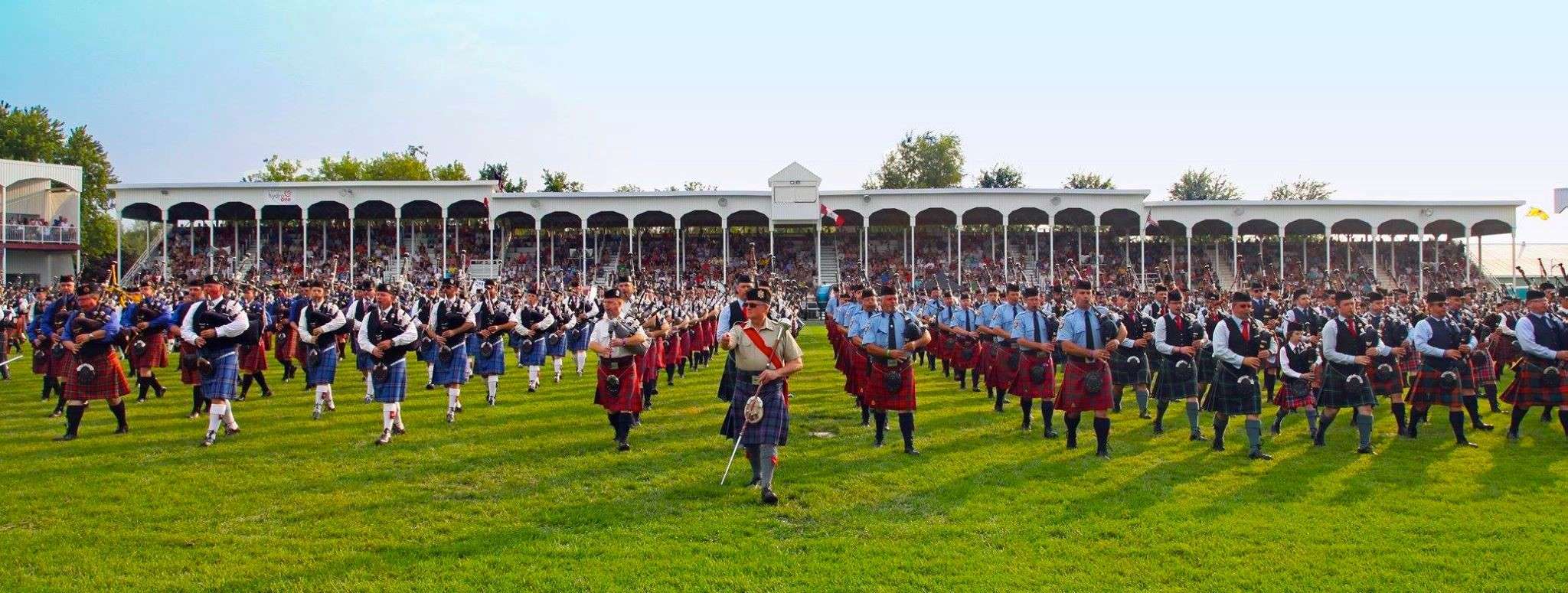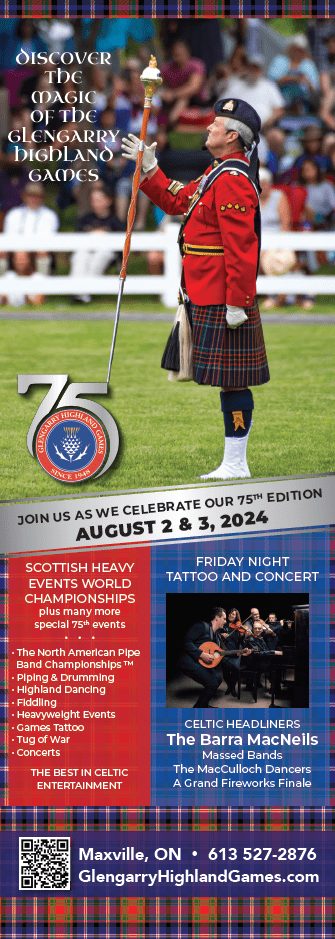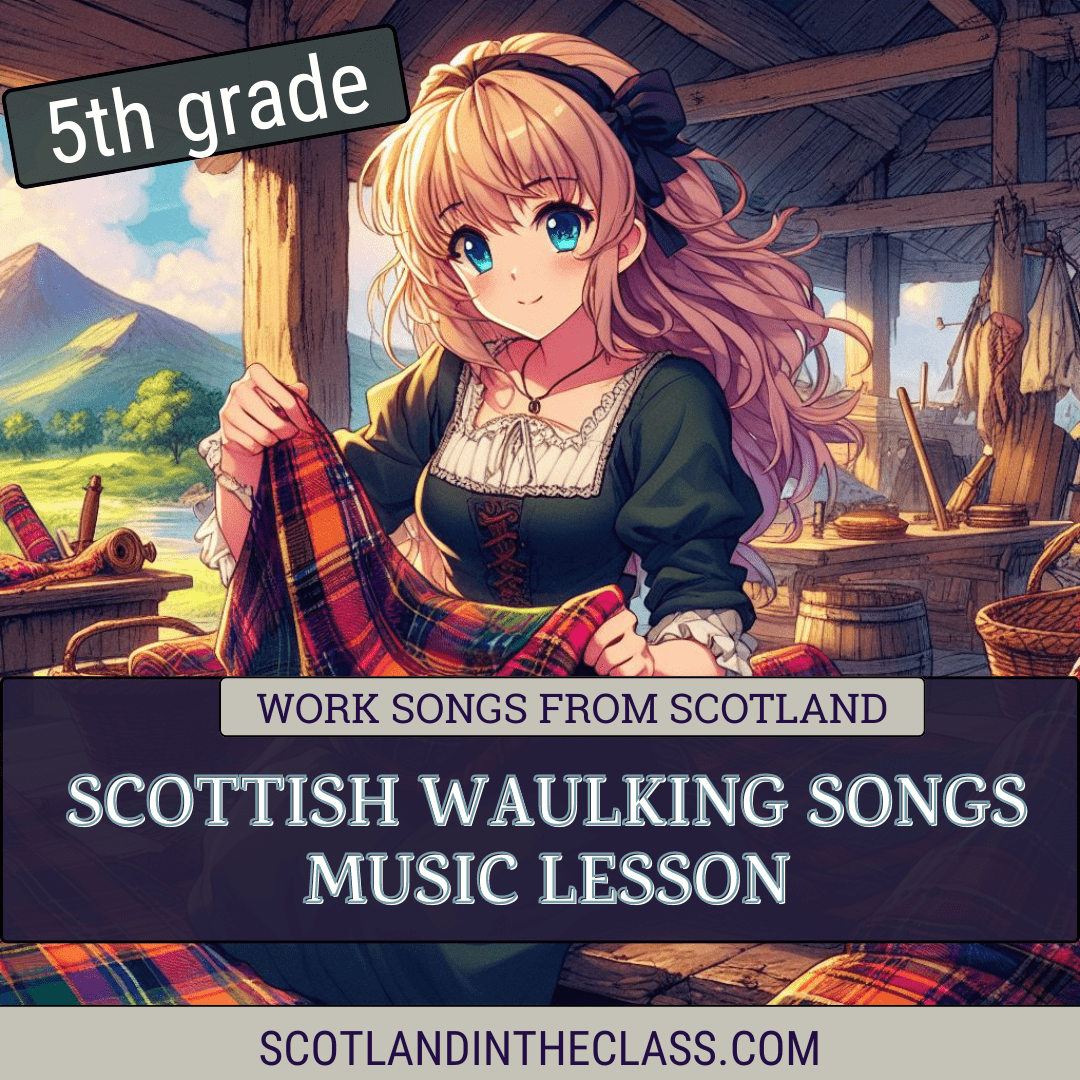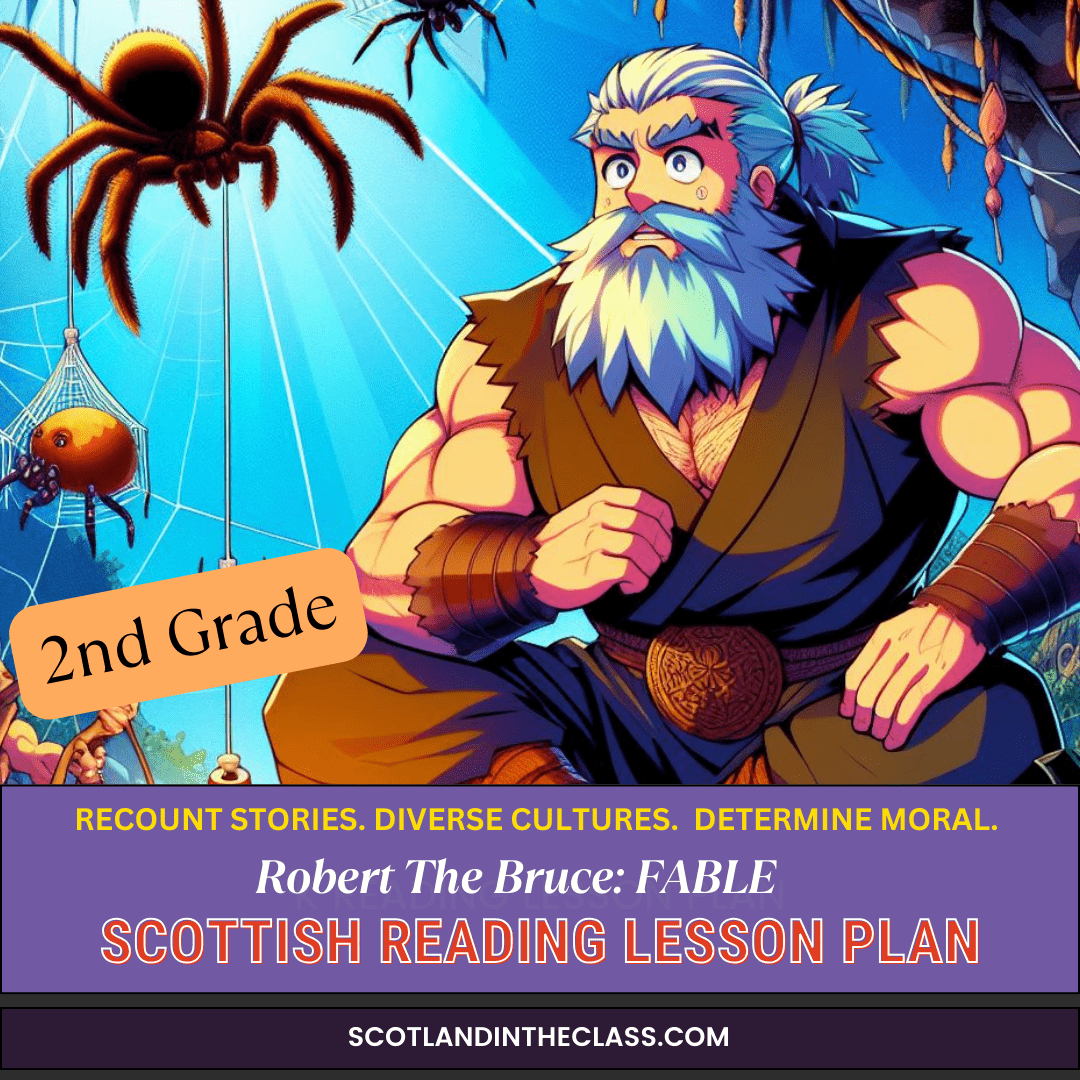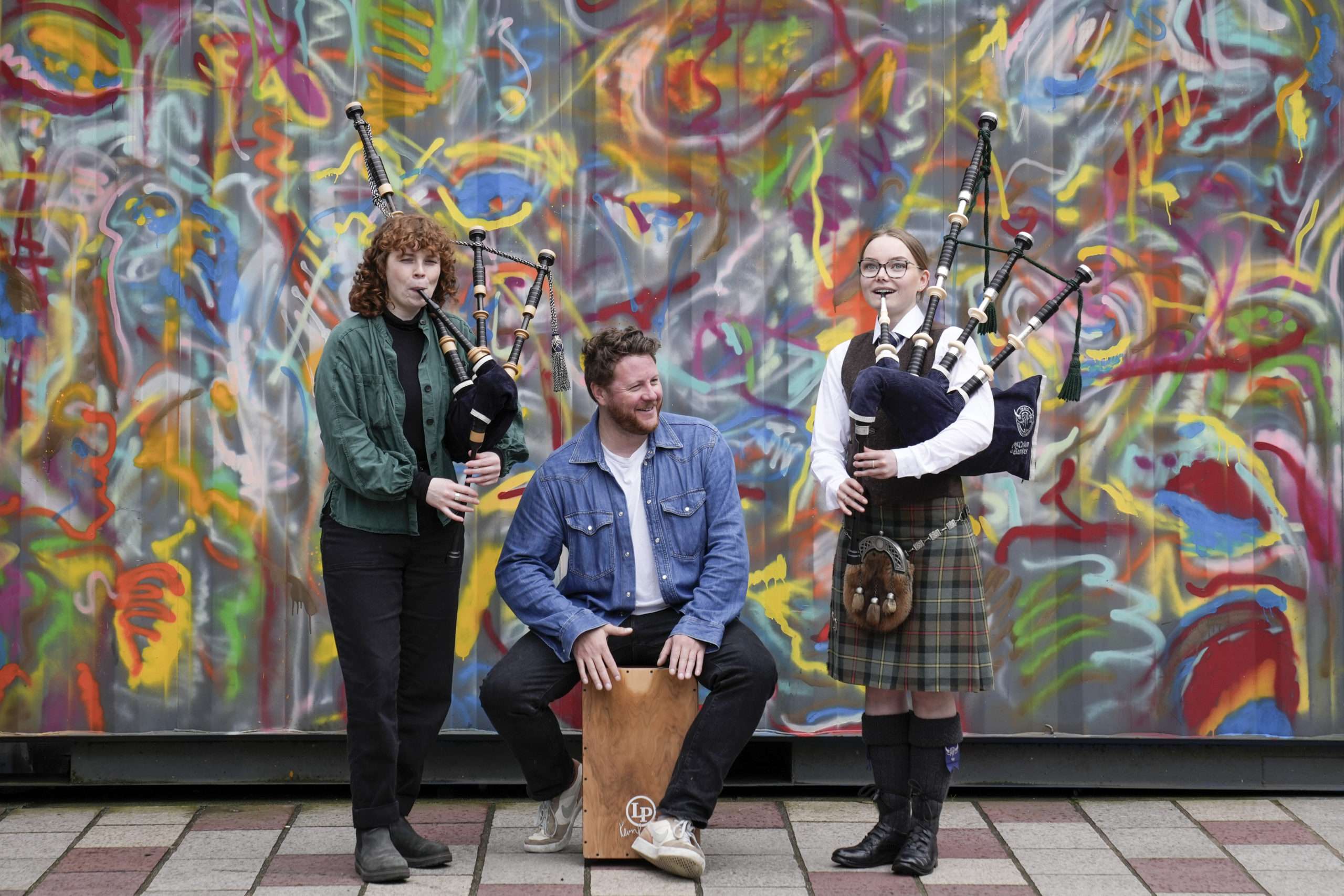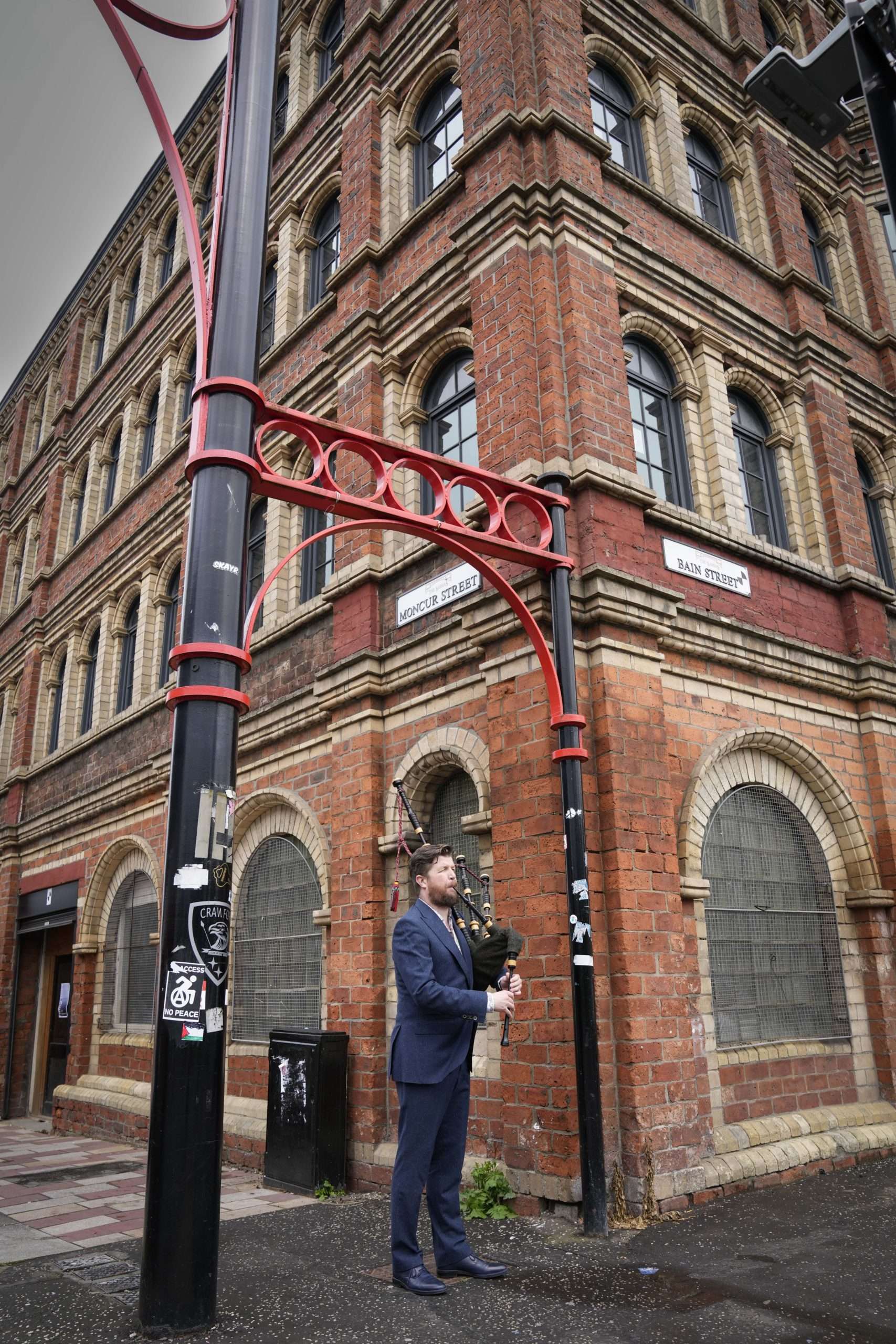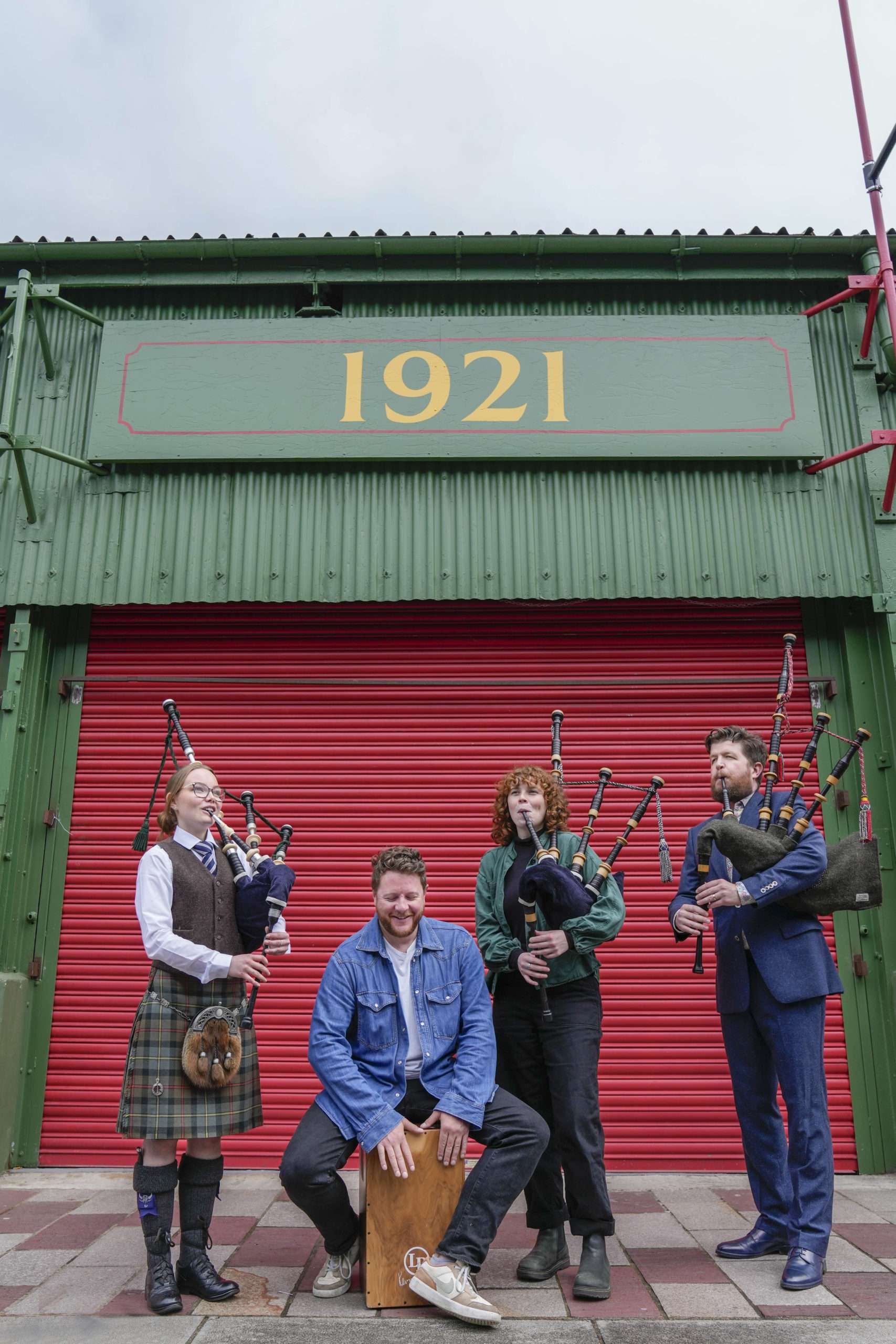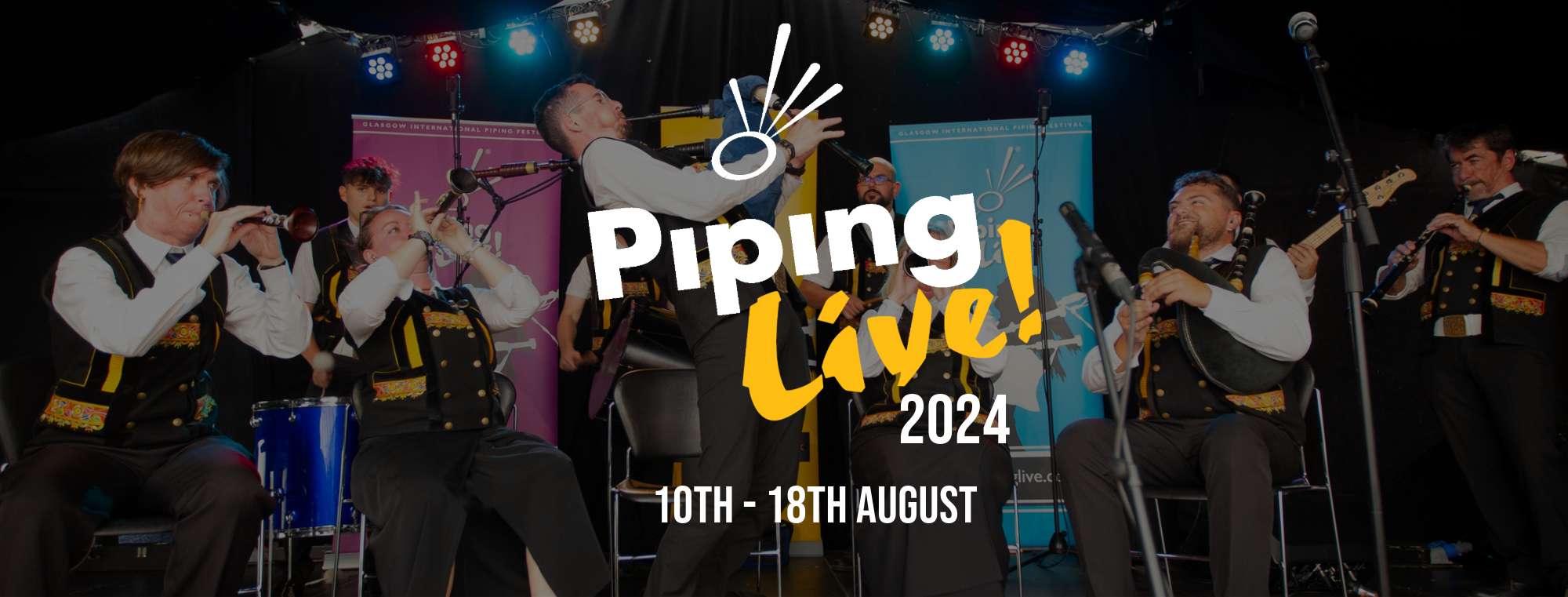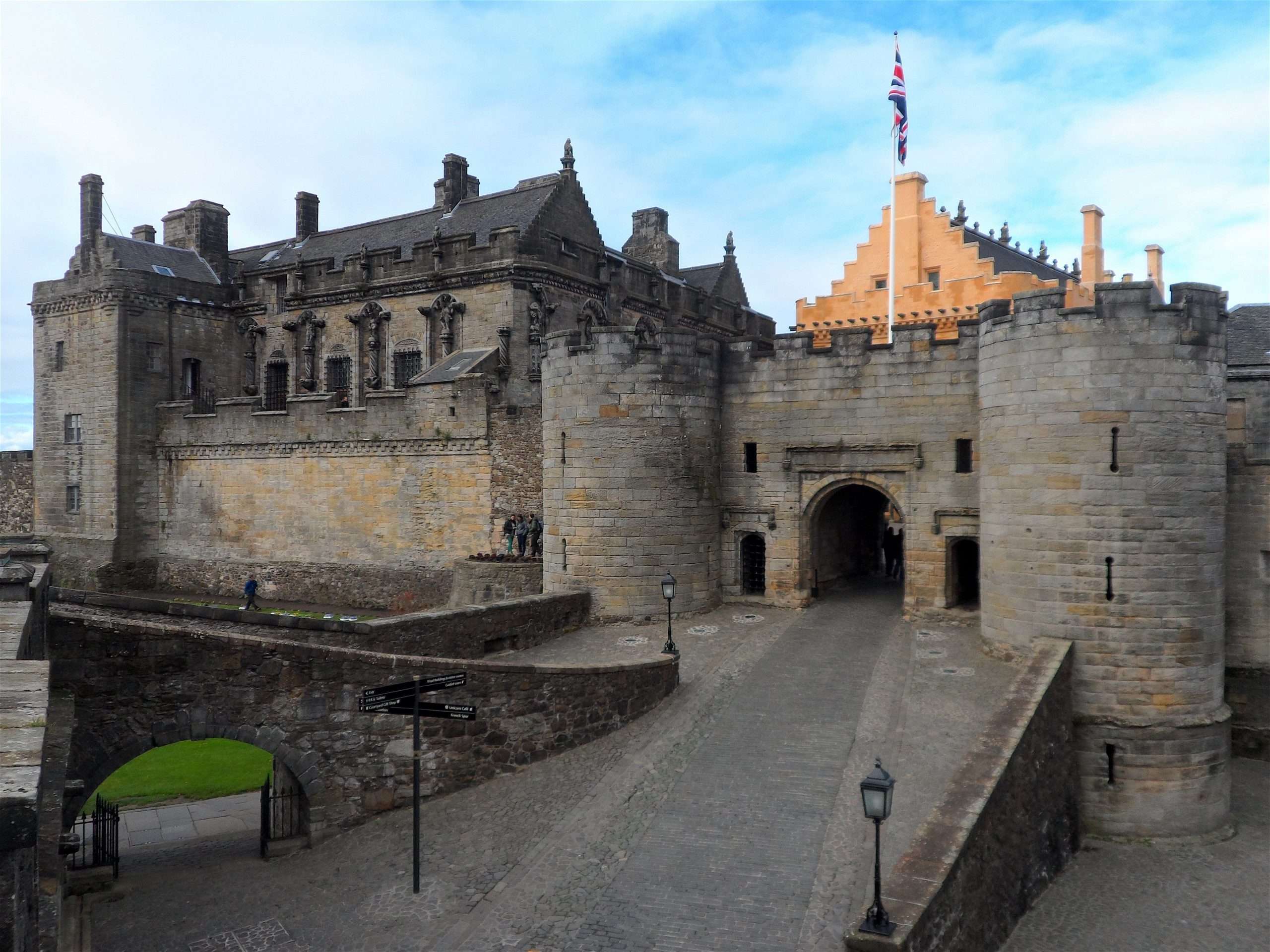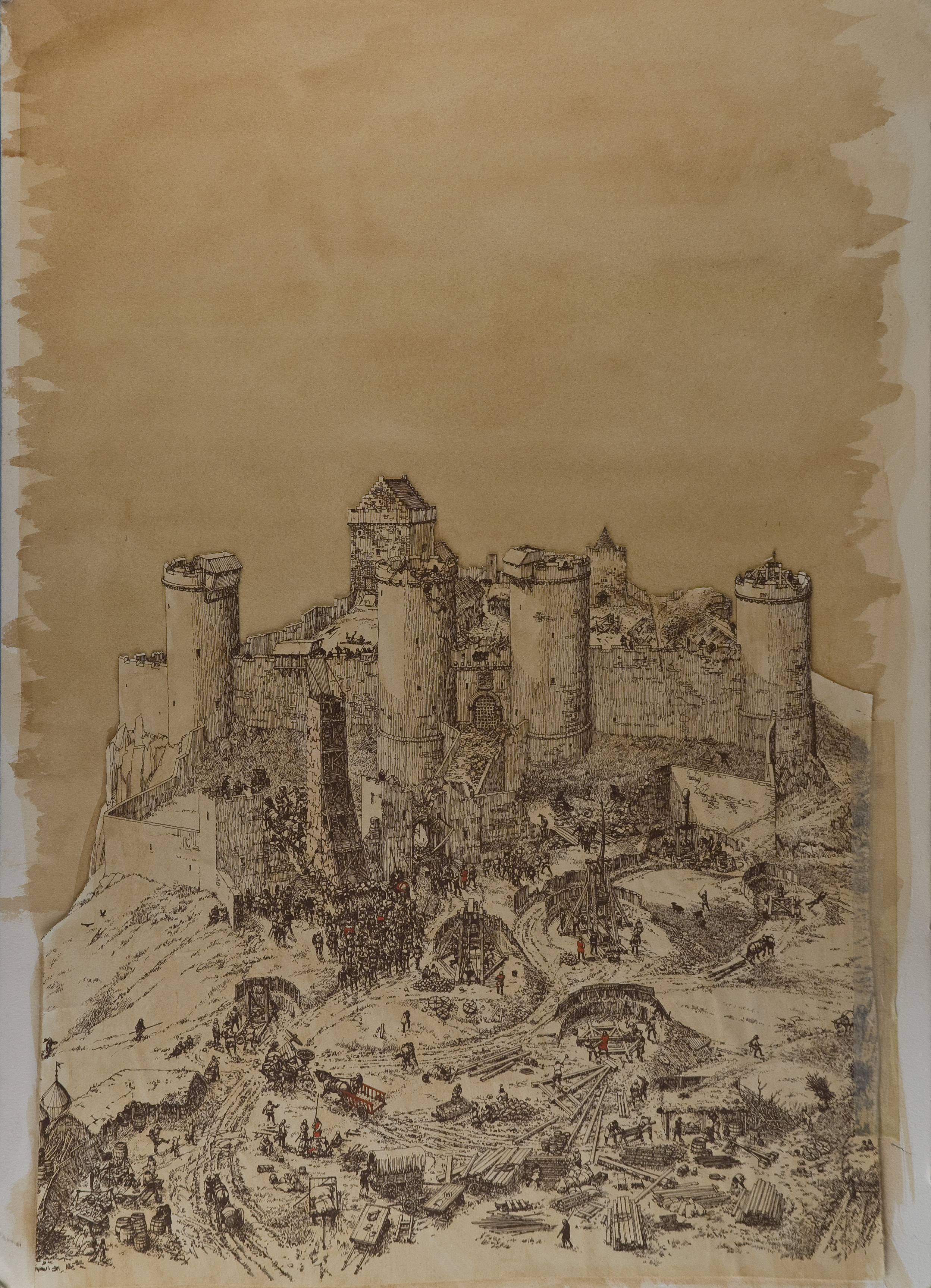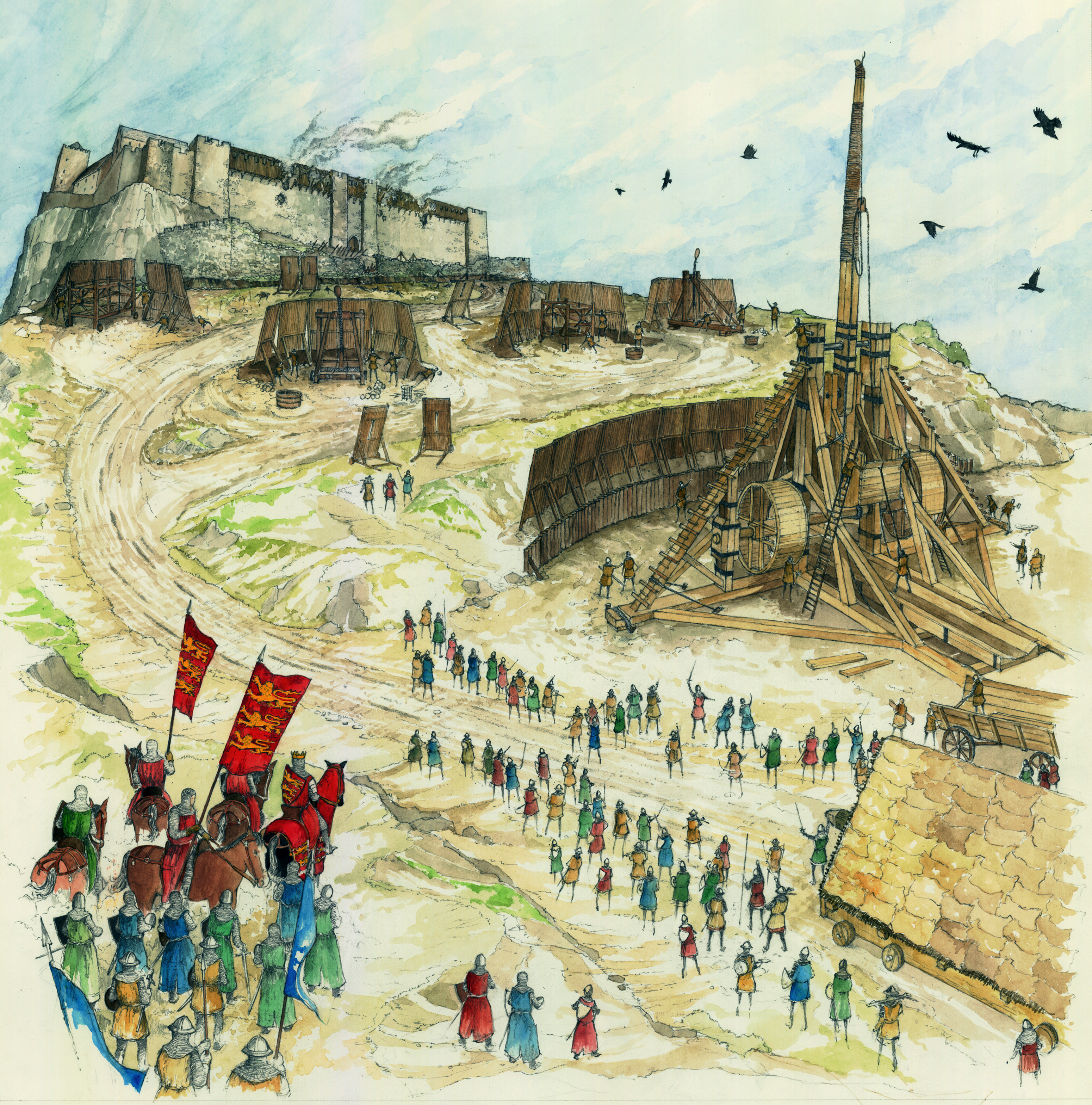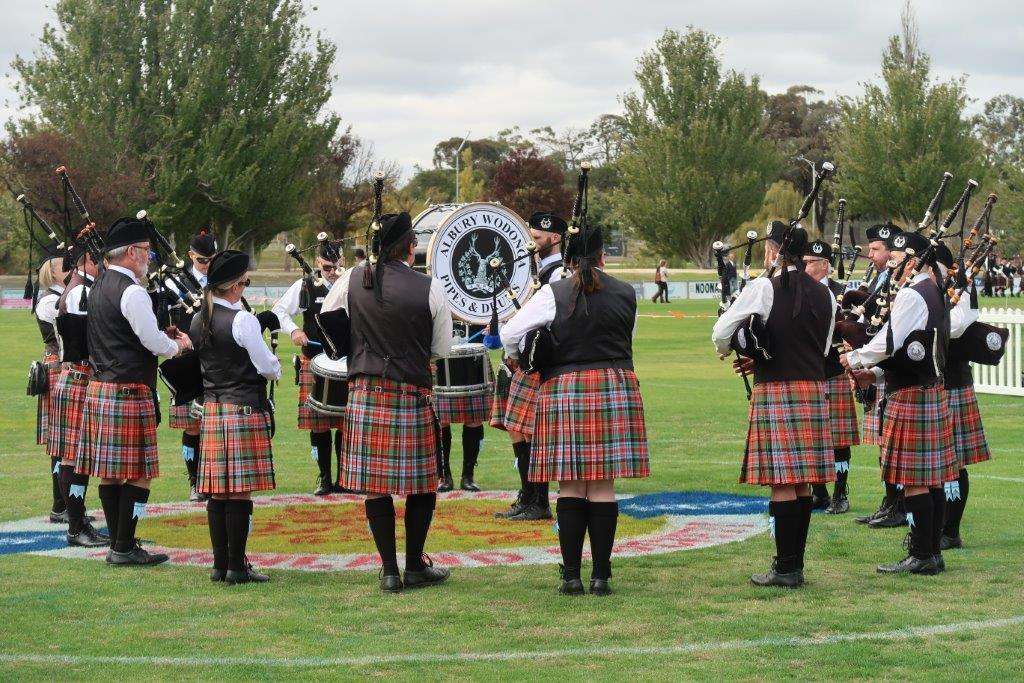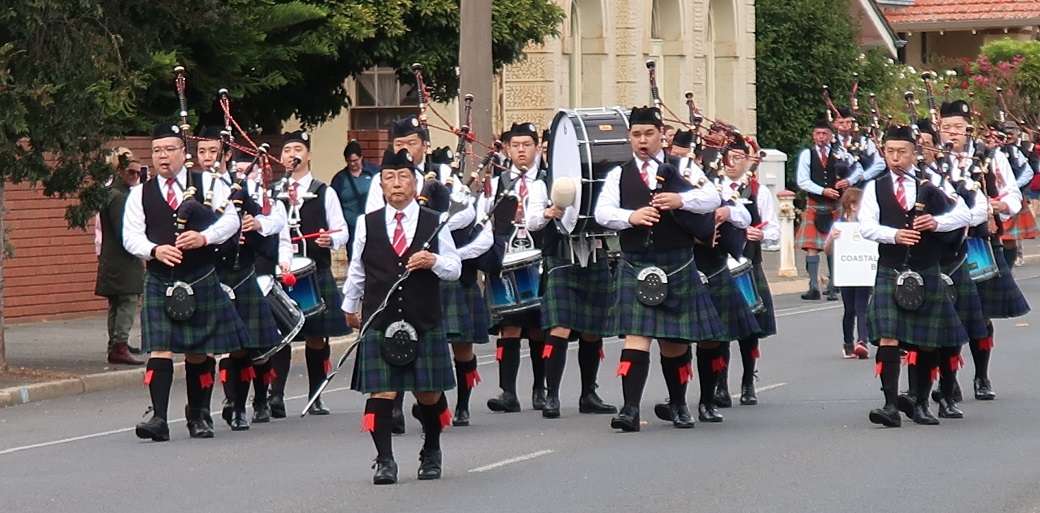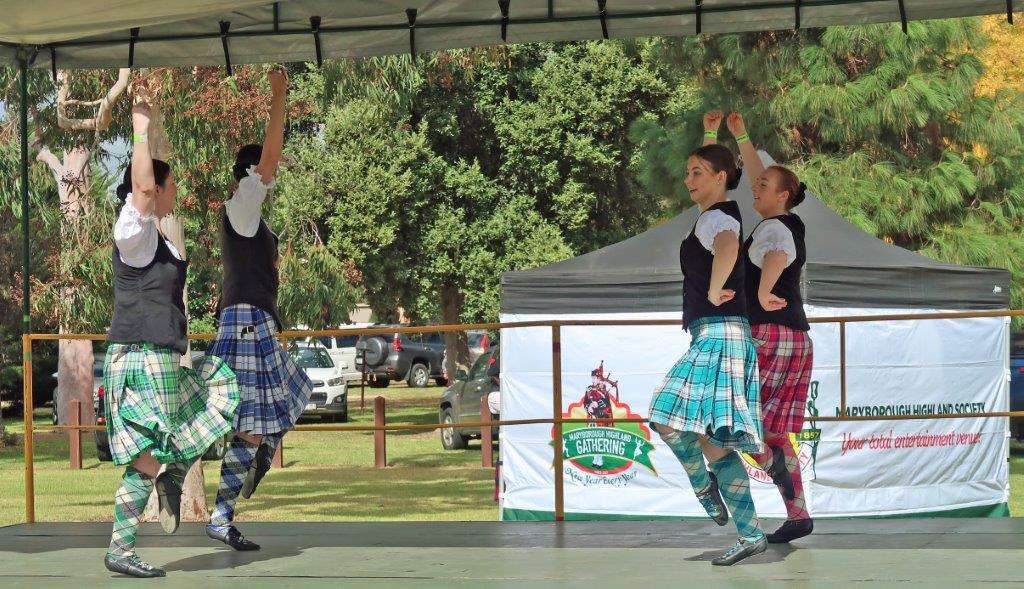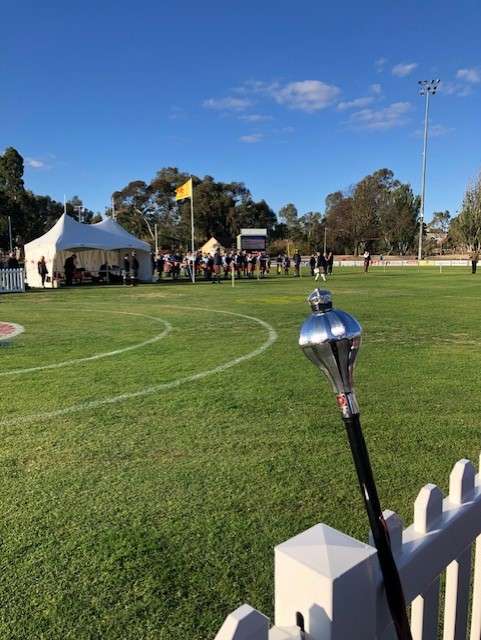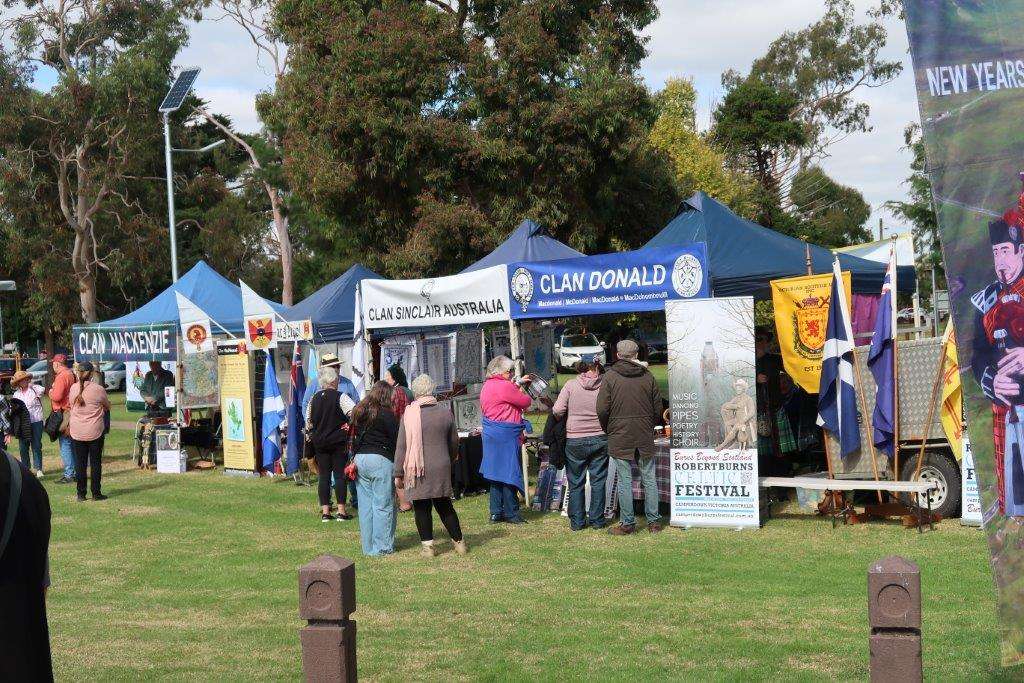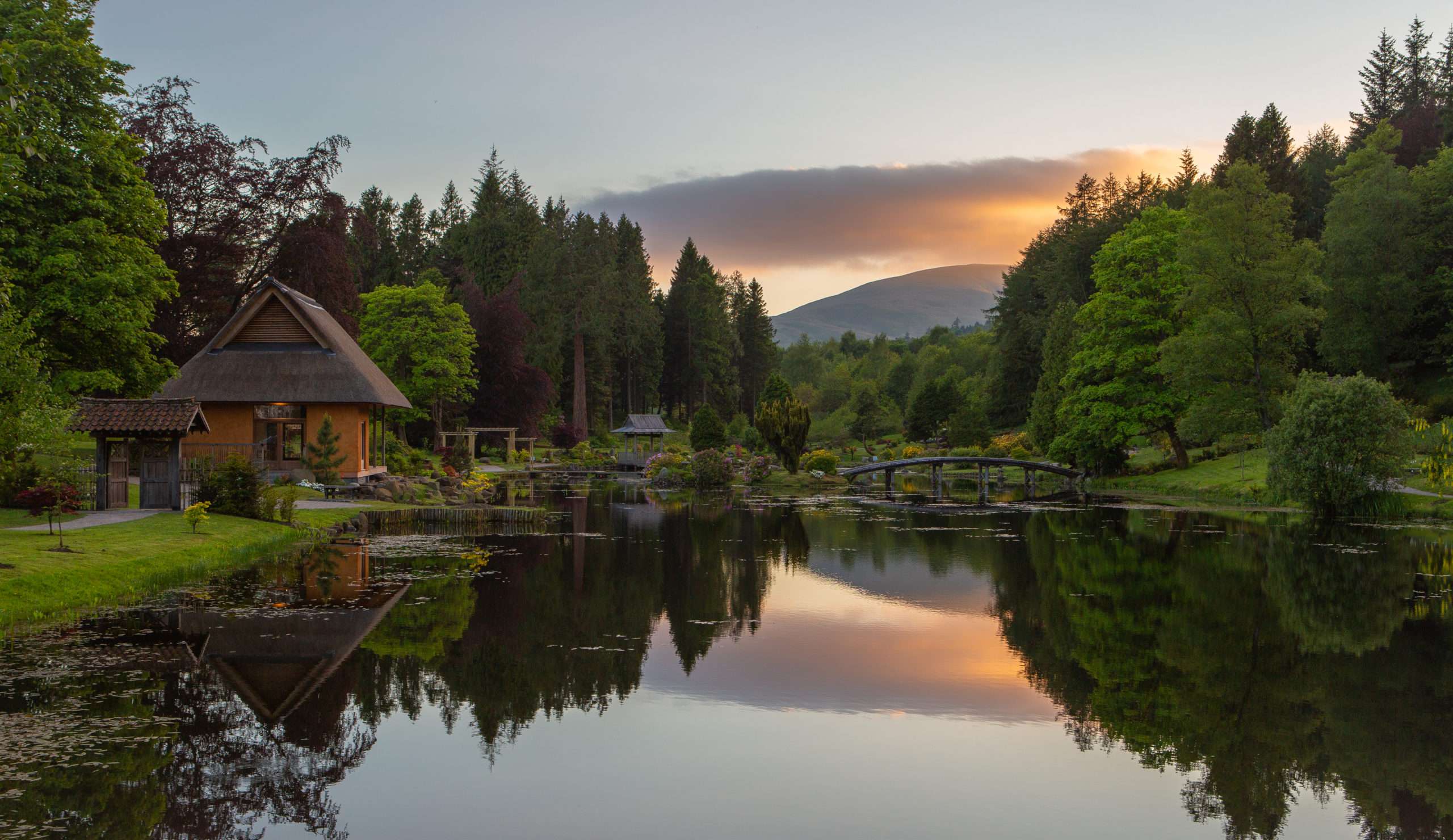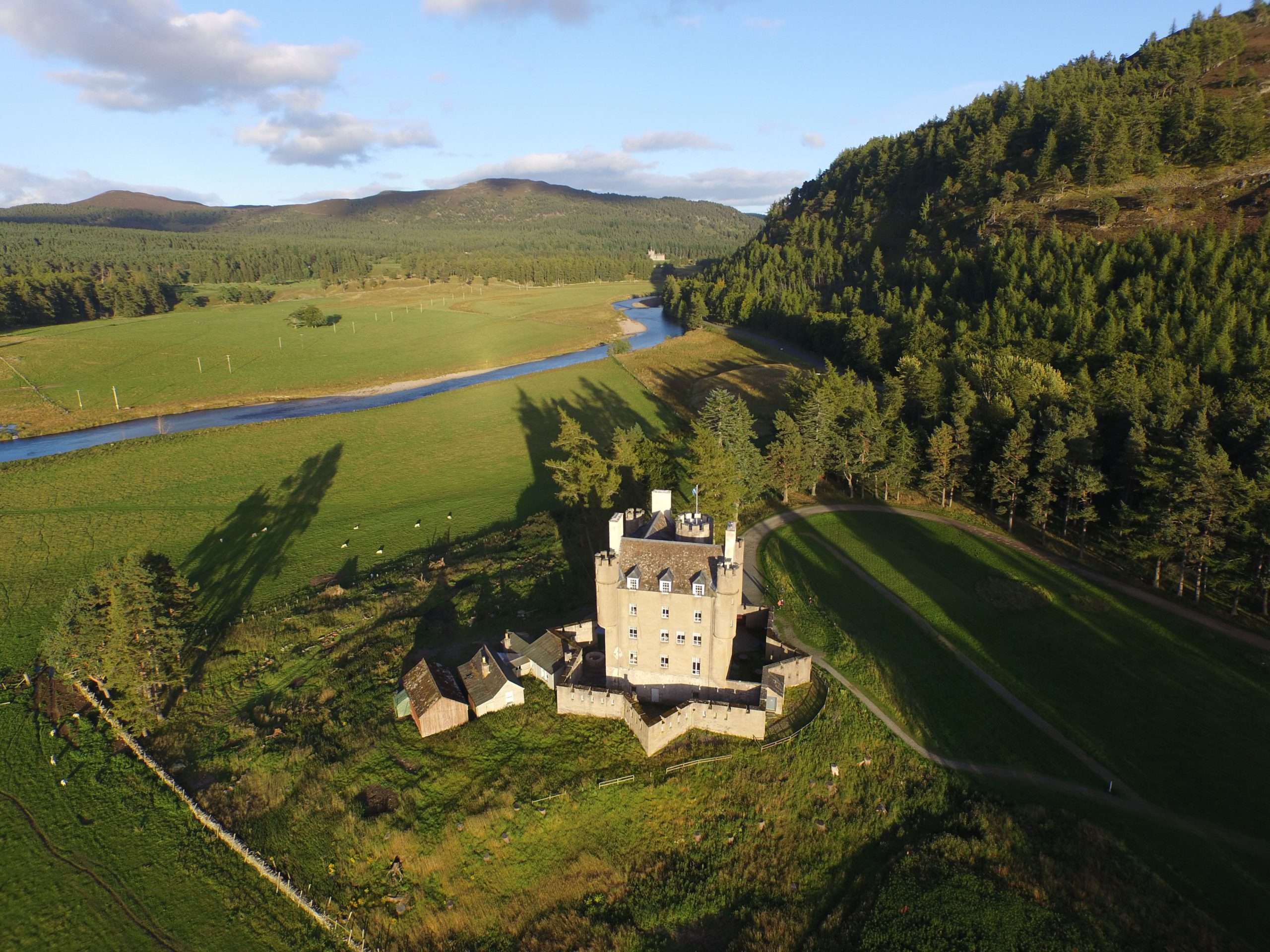The idea that water can heal is older than any written record or folk memory. Across the world and in all eras, drinking, bathing in, or ritually using water as a way to banish a malady or restore vitality is a universal practice. In Scotland, this practice transcended cultural and religious paradigms and endures well into today, as seen every Hogmanay when thousands take a cold plunge into the sea to symbolise an annual reawakening. No iteration of this water-worship, however, carries quite the symbolic potency as the practice of drawing water from healing wells.
The reality of such places is quite different from what you may imagine. Overwhelmingly, healing wells were not built-up receptacles – the word ‘well’ is perhaps misleading, as most were really springs or, in many cases, natural vessels where water accumulated with no source of it within them. In the Gaelic-speaking world, such places can be identified on maps by the word tobairt or tobar. A great deal of them survive only in place names, having long since dried up or been destroyed by plough and sprawl. Often, what appears on a map to be a distinct and easily identifiable location proves to be badly overgrown or obscured, prompting a search through bracken and nettles.
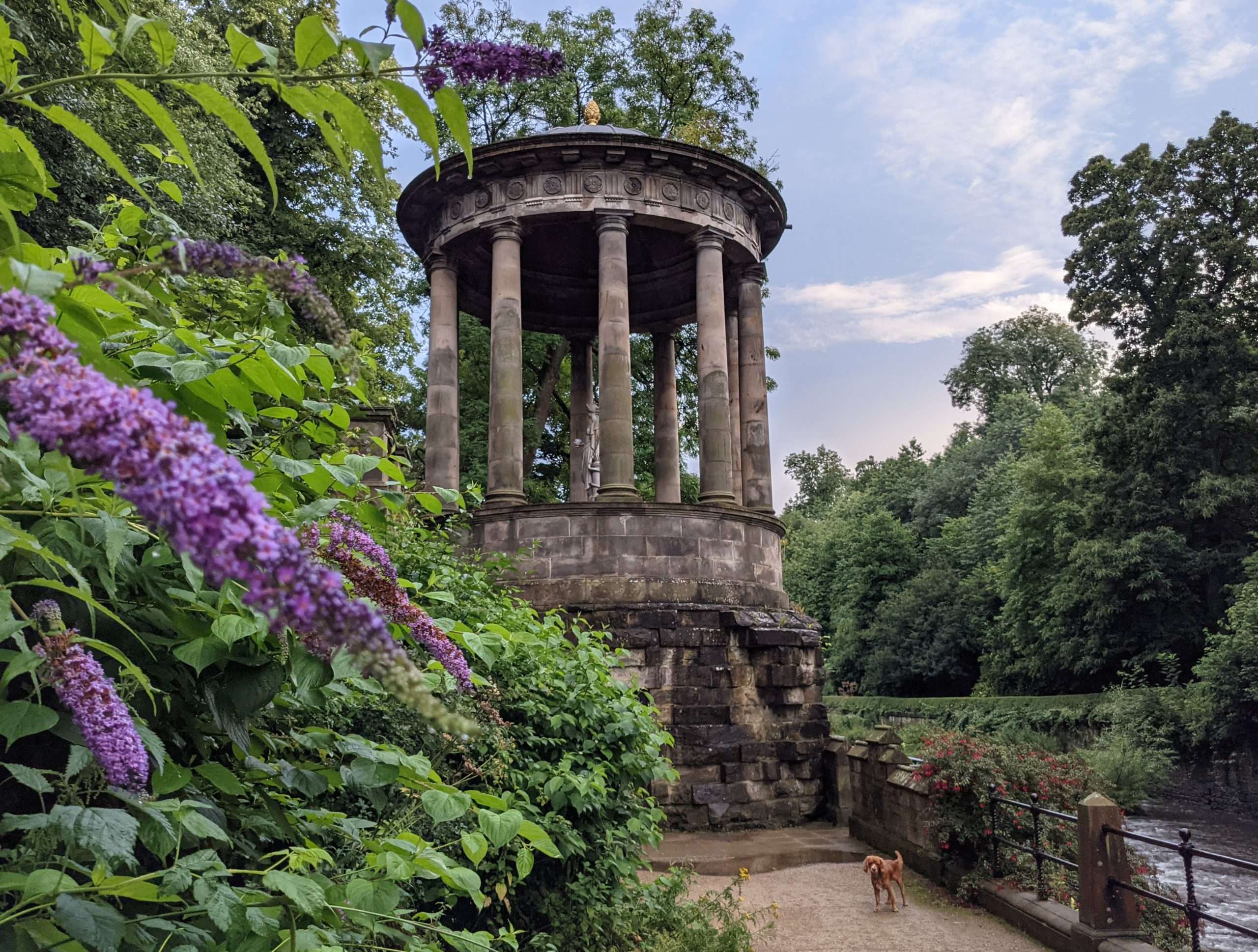
Healing wells have their origins in pre-Christian antiquity. Animism was the prevailing belief of Scotland’s ancient peoples, and this remains a vital way through which Gaels relate to the landscapes and storyscapes of their homelands. Almost any burn, river, waterfall, cave pool, or pond had beings who guarded it and dispensed its benefits and dangers to those who sought them. When early Christian saints such as Columba, Cuthbert, and Blane learned of local traditions around water bodies, they began a process of syncretism in which old deities were paralleled with new ones. So, a spring with restorative properties which once may have been the domain of a water-spirit was imbued with the power of a saint and became identified with them. It was only, so far as we know, after this process of Christianisation that such water sources became exclusively known for their healing properties.
Miraculous properties
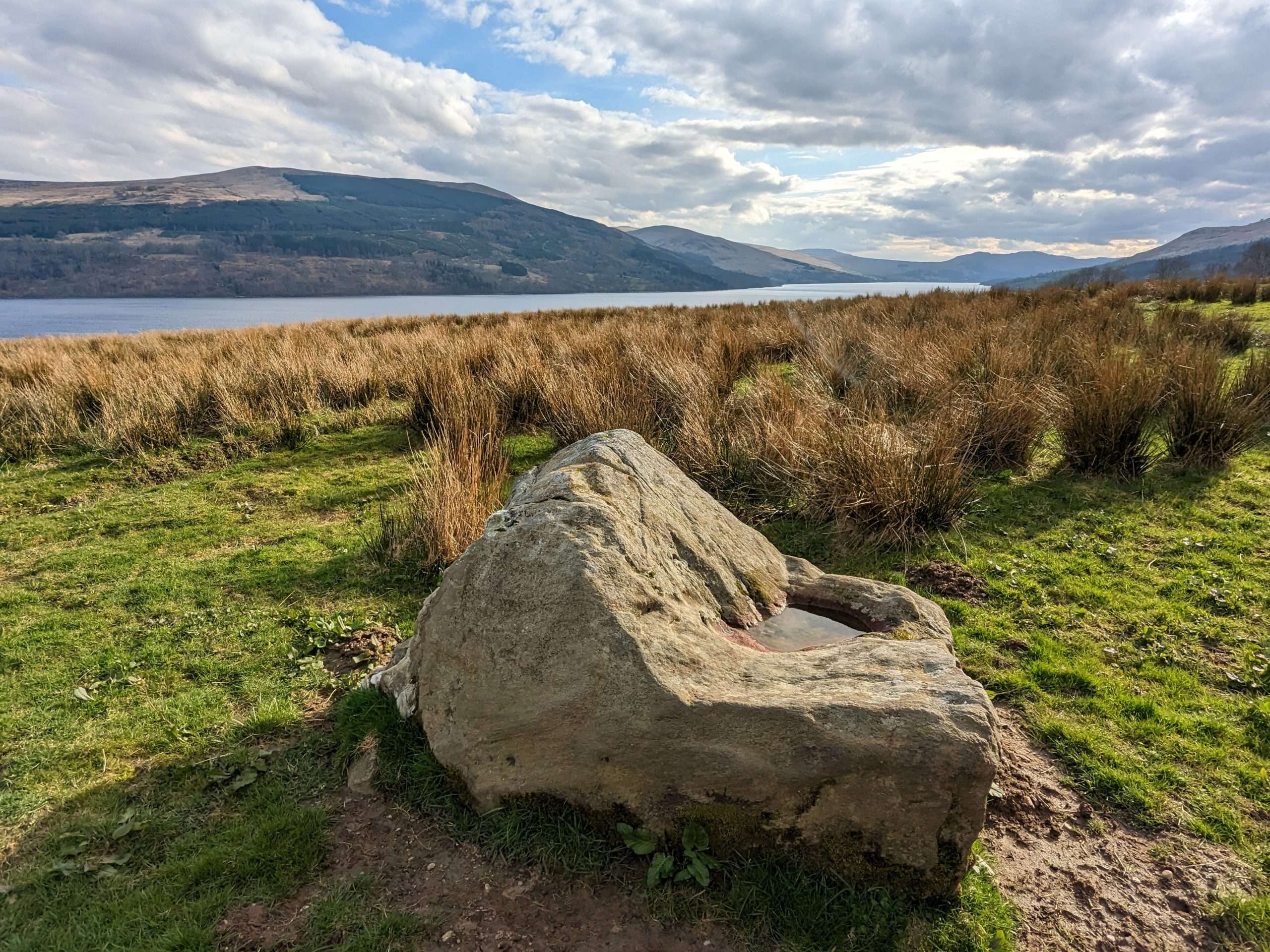
What kind of afflictions did people go to healing wells to cure? A series of sites around the eastern reaches of Loch Tay in Highland Perthshire are perfectly illustrative. A stone-lined spring across the River Tay from Taymouth Castle called An Tobar was especially renowned for curing toothache. Its stones have veins of white quartz, a sacred material thought to hold miraculous properties. Another nearby called Tobar Nan Dileag (Well of Drips) remedied whooping cough, a common affliction for children throughout the Middle Ages. Rainwater which pooled in a natural cavity atop a boulder at Fearnan, known as Clach-na-Cruich (Stone of the Vessel), was especially for curing measles. Waters collected in clefts in prominent stones were believed to be particularly effective for treating that condition.
The list of illnesses which a healing well could remedy is as long as the number of tragedies and nuisances any pre-modern community might deal with – rheumatism, consumption, warts, smallpox, headaches, tumours, dementia, and so on. The key to getting the maximum benefit from the waters was not as simple as imbibing them, however. How and when a person used a healing well, and the way the location was treated by the community, could make all the difference.
Certain times of year were seen as being especially effective. The 1st of May was particularly fortuitous, coinciding with a key turning point of the year. Sunrise and sunset were the optimal times of day to seek them, especially if it coincided with a celestial event such as a full moon or solstice. Small offerings of coins, cloth, or personal affects were often left at the wells, and on approach to them people would enact rituals such as walking silently around the well several times before drawing from its waters.
Ancient boundary
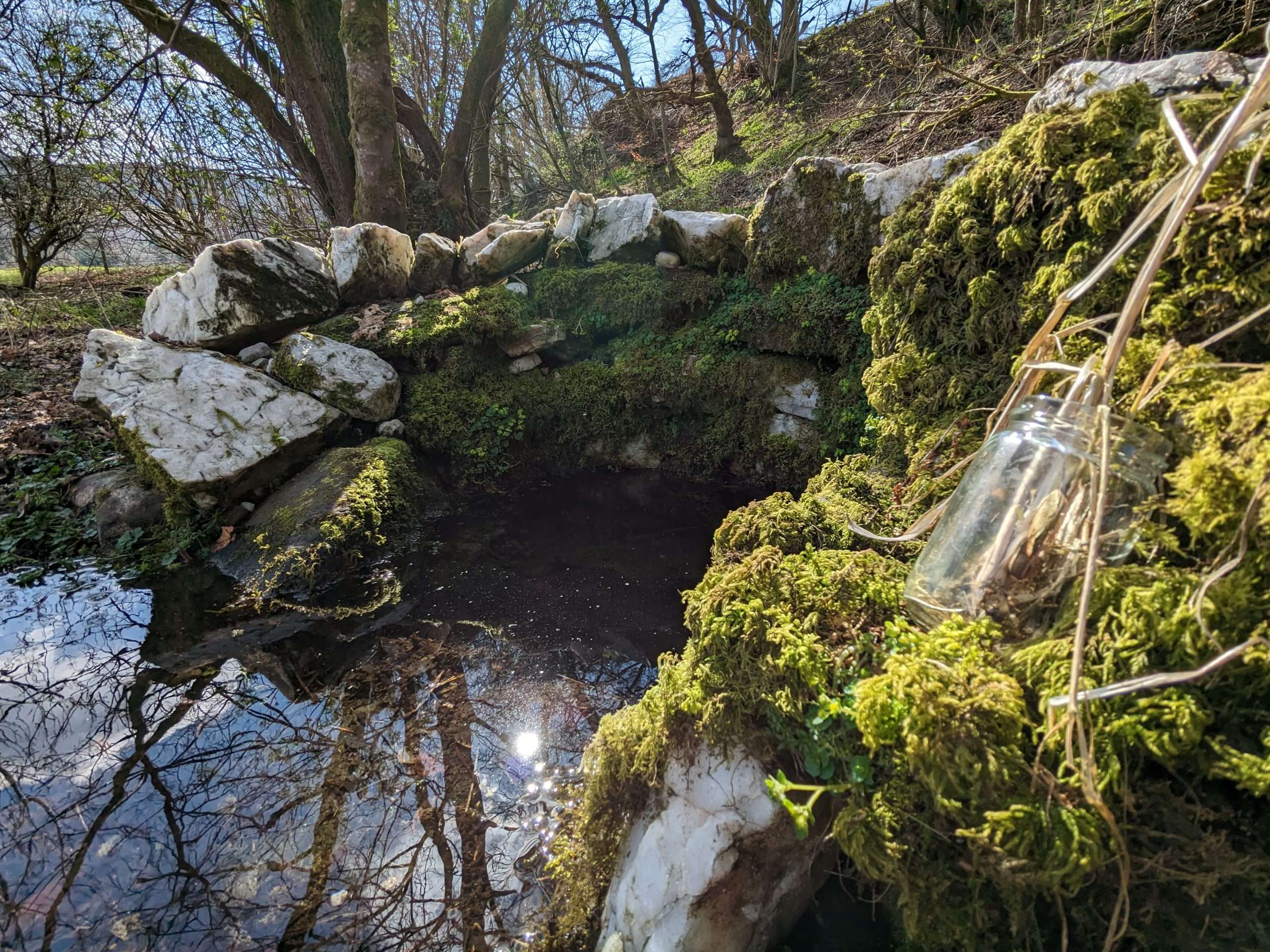
The location of the well mattered, too. Healing wells located at the ancient boundary between two territories were among the most sought-out, as were wells in locations primed to optimise the spectacle of the rising sun or where traditional held there to be a fairy mound or sacred site nearby. Some places held inherent specialness by virtue of their liminal nature existing as middle-grounds between worlds. Water dripping from certain caves, for instance, was thought to be extremely potent, as were wells located at the foot of venerated hills such as St Mary’s Well at the base of the Eildons in the Scottish Borders. The fact that ancient artefacts such as Bronze Age axeheads are frequently found near such healing wells is testament to the enduring belief in their locations’ significance.
Conversely, it was possible for healing wells to lose their powers. Allowing an animal such as a cow to drink directly from one would instantly nullify its properties. Washing one’s dirty hands in a healing well caused this, too. Loss of healing powers could also occur if the stream which a healing well sat alongside was diverted, or if a structure was built too close in proximity to it. The Reformation sought to quash the practice of healing wells, as it held them to be idolatrous. An Act of Parliament in 1581 decried the “pervers[e] inclination … of pilgrimage to sum chappellis wells”. This did little to curb everyday belief in their powers, however, in much the same way that the spread of Christianity did not erase peoples’ belief in decidedly undogmatic phenomenon such as faeries, water-horses, or household familiars known as brownies. In fact, some brownies were famously associated with sacred waters and healing wells, and their tempers determined how effective treatment would be.
Spiritual significance
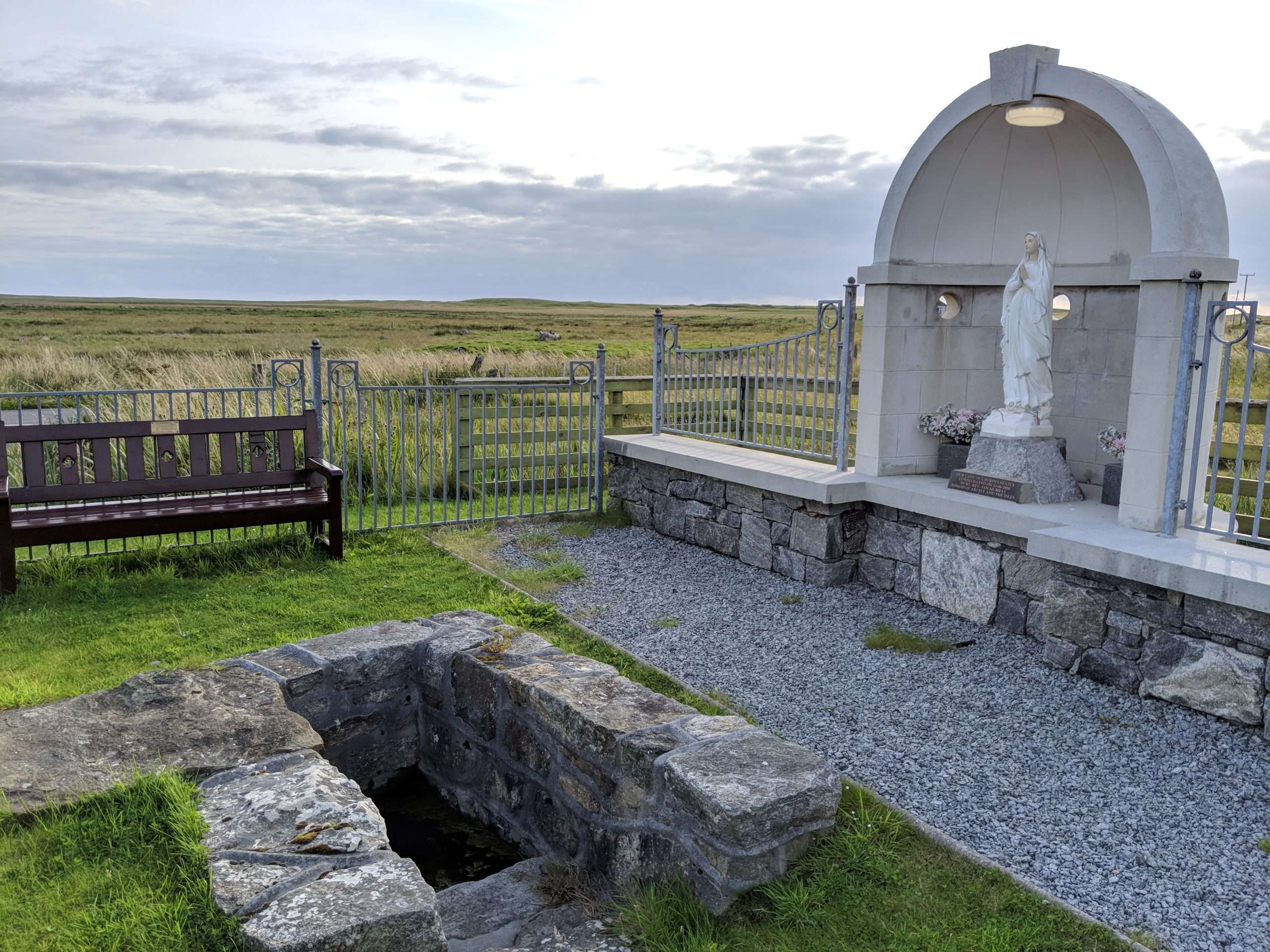
By the late 17th century, the source of healing wells’ power was held by some to be a matter of the chemical properties of the water. Certain flavours were sought out as being indicative of healing properties, notably heavily mineralised waters and peculiar flavours such as a smoky or even, perhaps counterintuitively to us, sulphurous notes. The latter was the case with St Bernard’s Well, perhaps Scotland’s best-known healing well thanks to its location along the high-traffic Water of Leith between Stockbridge and Dean Village in Edinburgh. A natural spring was found there by schoolboys in the 1760s and quickly gained fame for its waters, which tasted “like washings from a foul gun barrel”. The site had spiritual significance long before this, as the 12th century monk St Bernard of Clairvaux is reputed to have lived in a nearby cave. The spring was capped by a Neoclassical temple adorned by a statue of the Greco-Roman goddess of hygiene, Hygieia, and was even visited by Dr Frankenstein in Mary Shelley’s eponymous classic.
In the 19th century the Victorian craze for mineral baths and spas took off, with mountain waters in places like Pitlochry piped into hydropathic hotels explicitly marketed for their healing and aesthetic qualities. The focus shifted firmly to the purity and mineralisation of the bath waters, with the older emphases on landscape context, visiting time, and imbibing rituals entirely removed. Meanwhile, many of the settlements around ancient healing wells were cleared of their people, the wells themselves falling into disuse and out of community memory. Yet, there are still hundreds of very old healing wells to be found across Scotland, from seemingly inauspicious bowls worn into boulders to moss-strewn pools quietly bubbling away on Highland and Lowland hillsides alike. Humble though many may be, they are one of the oldest connections we have to the relationship past peoples had with their landscapes, and to the universal human desire to alleviate the suffering of ourselves and those we love.
Words and images by: David C. Weinczok.

